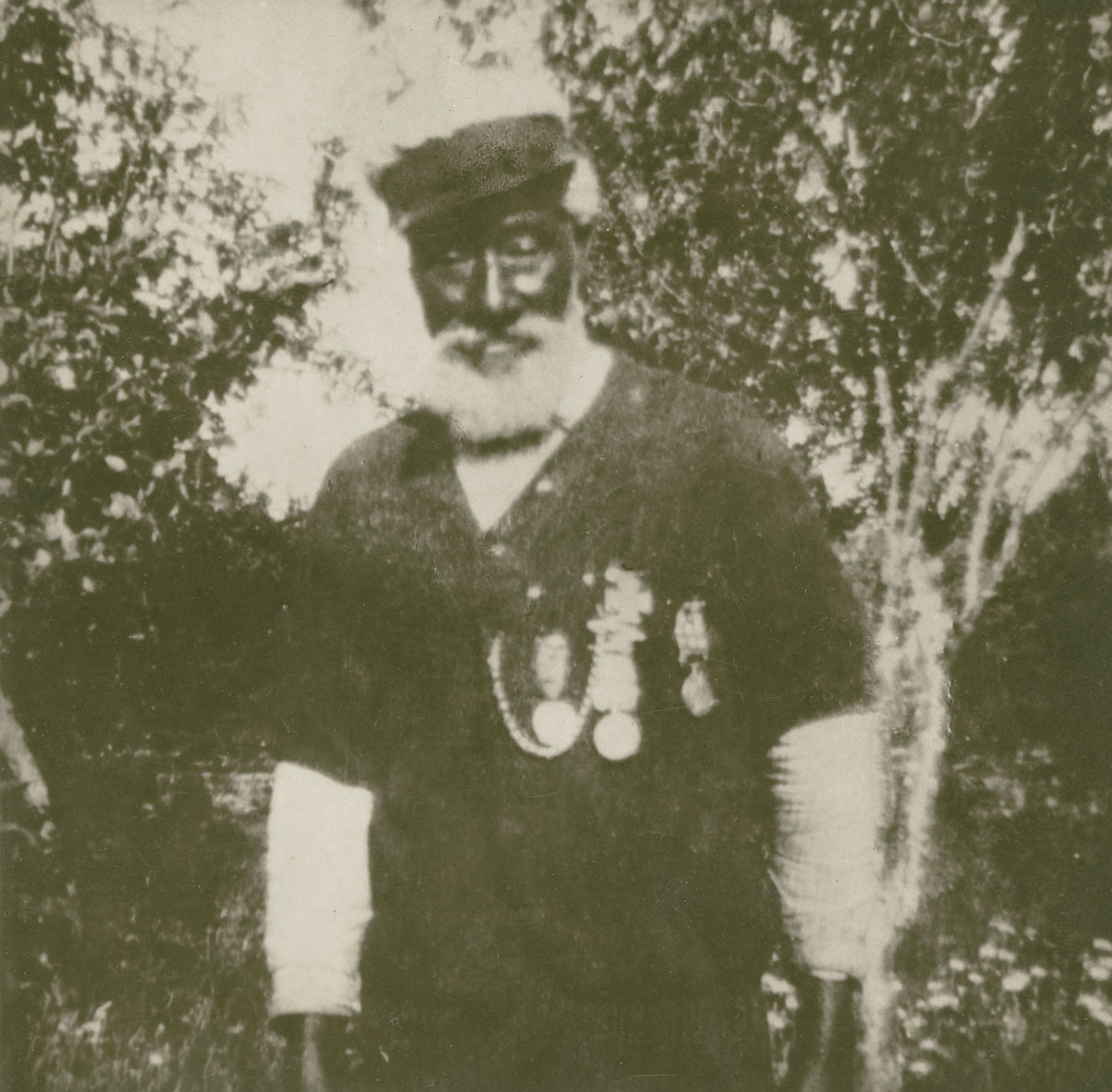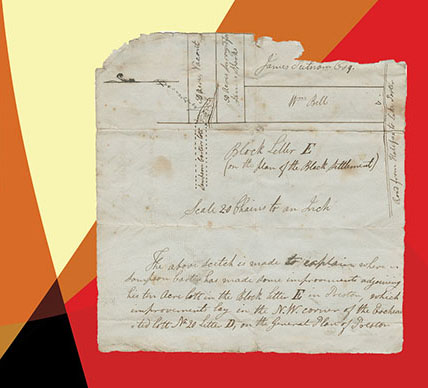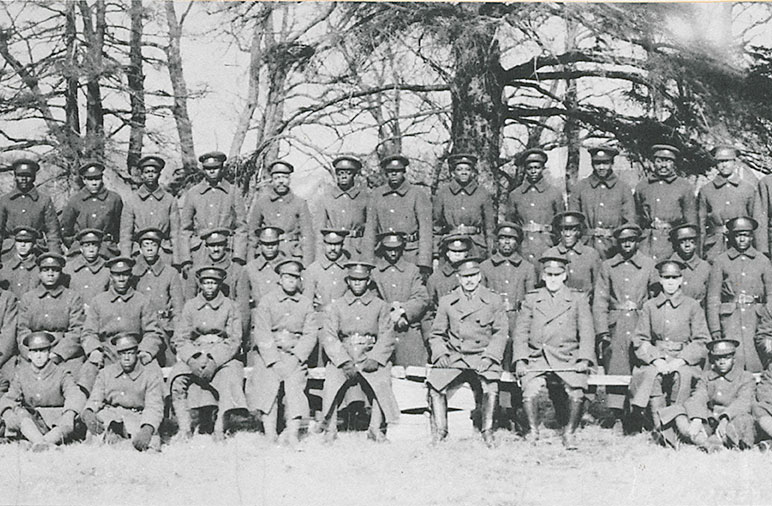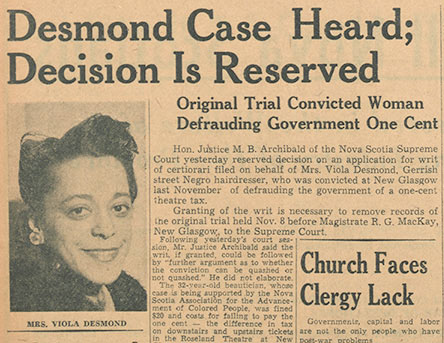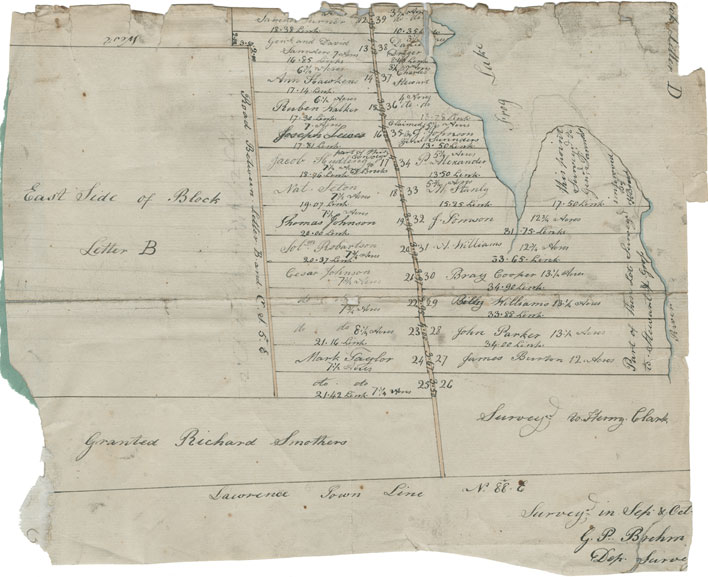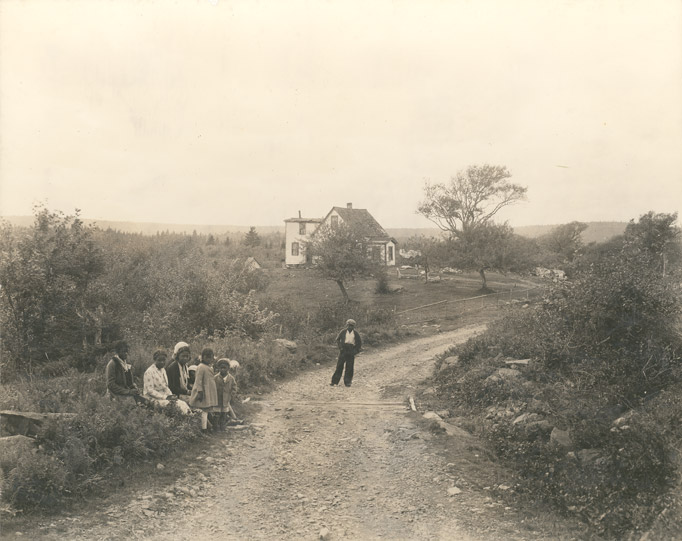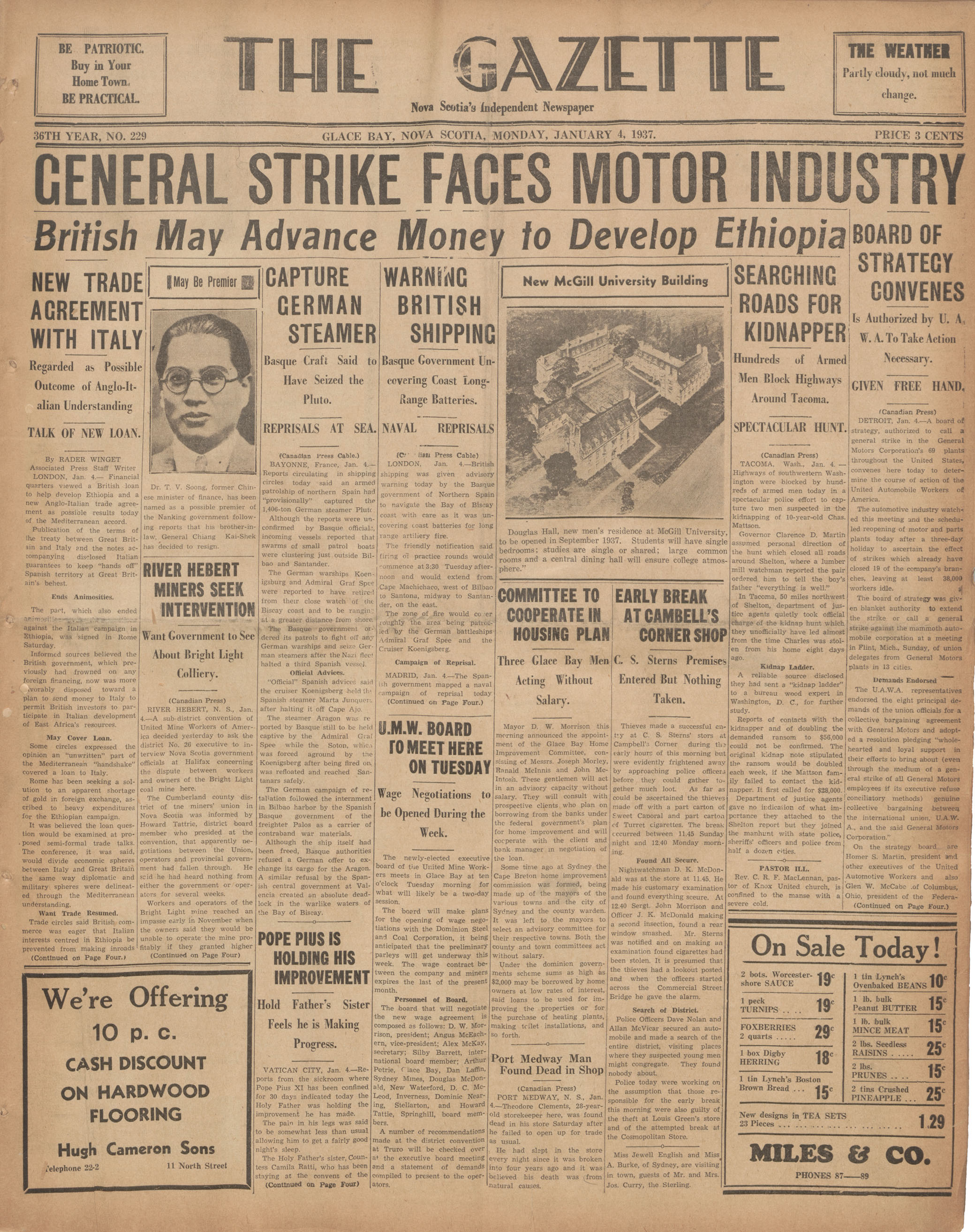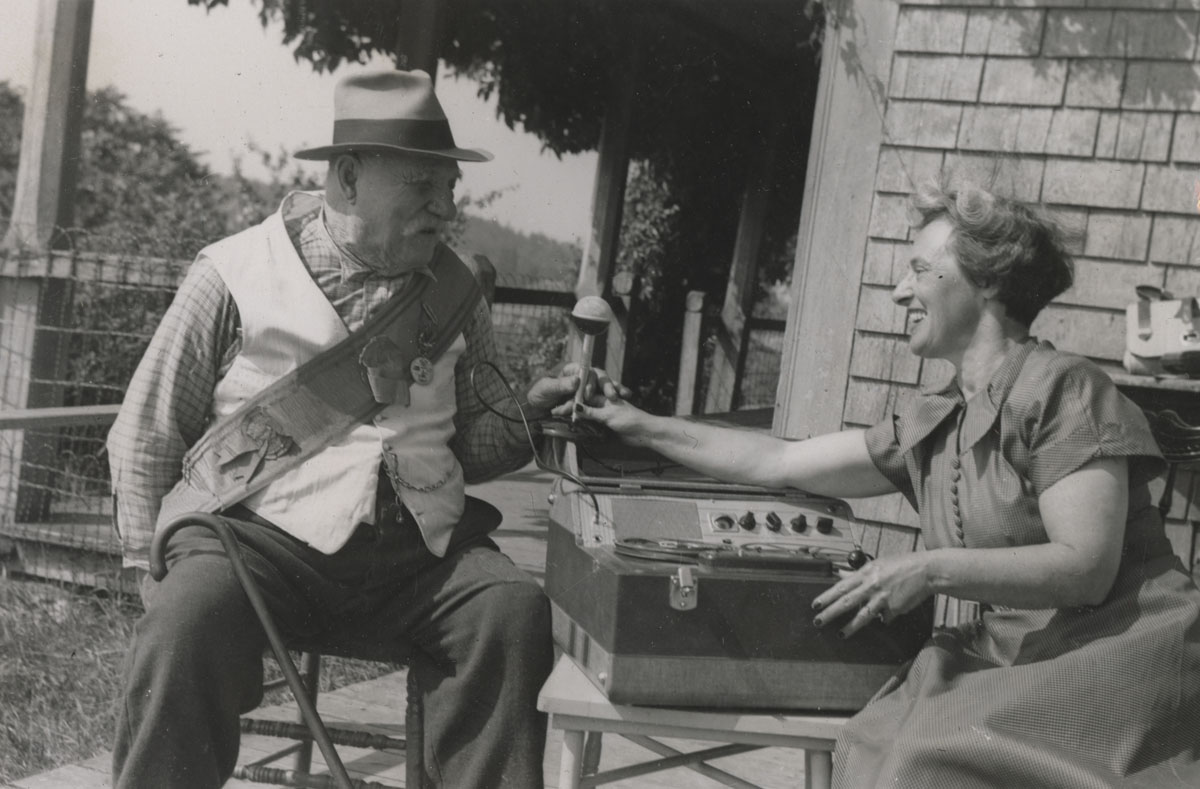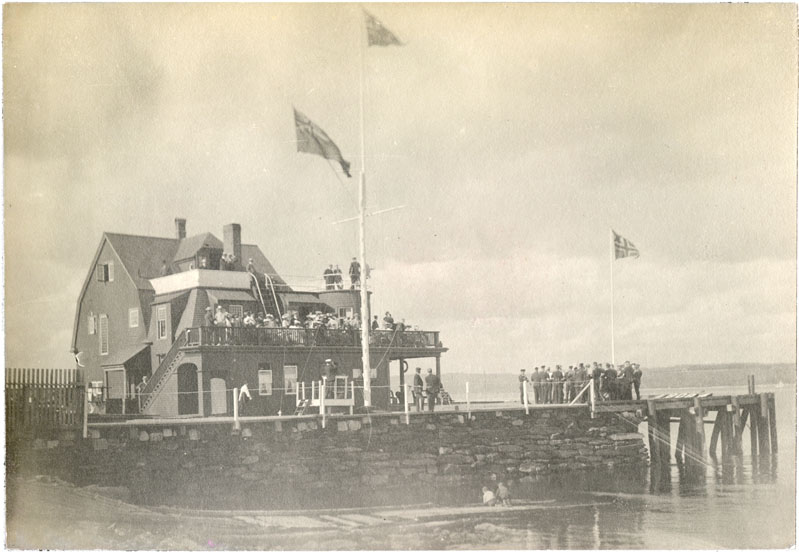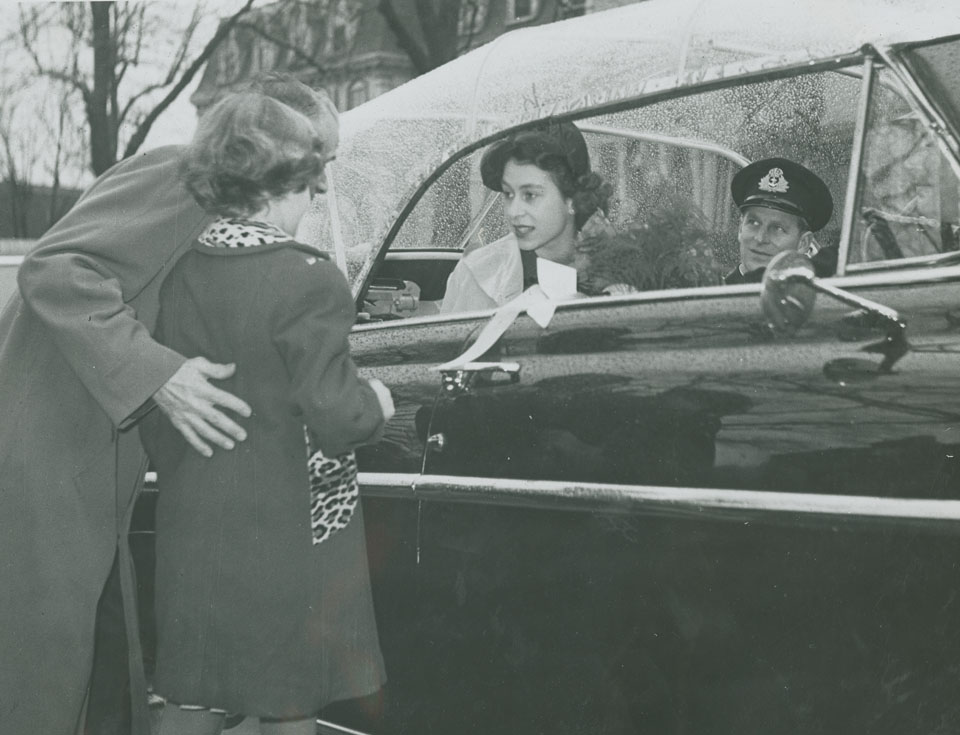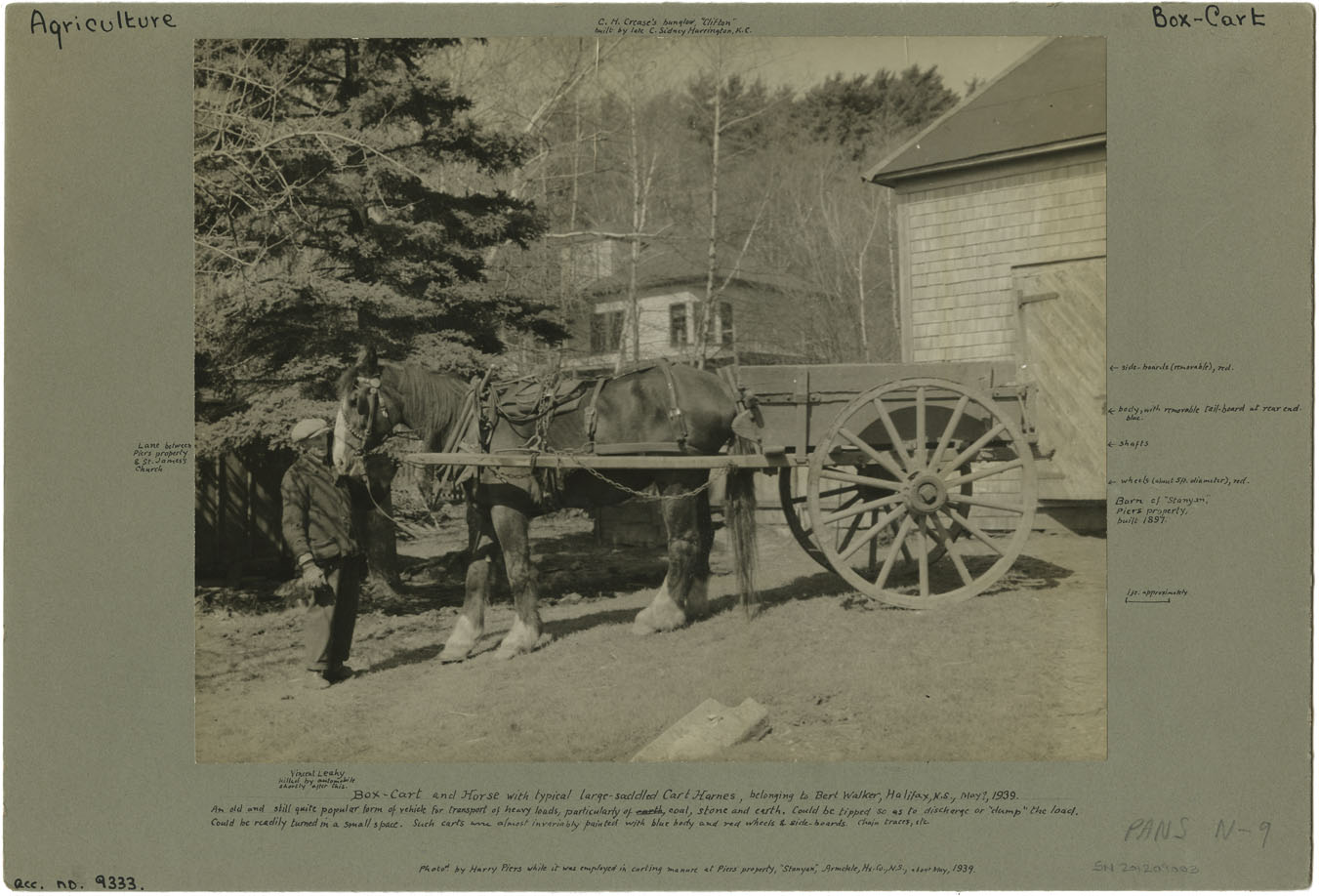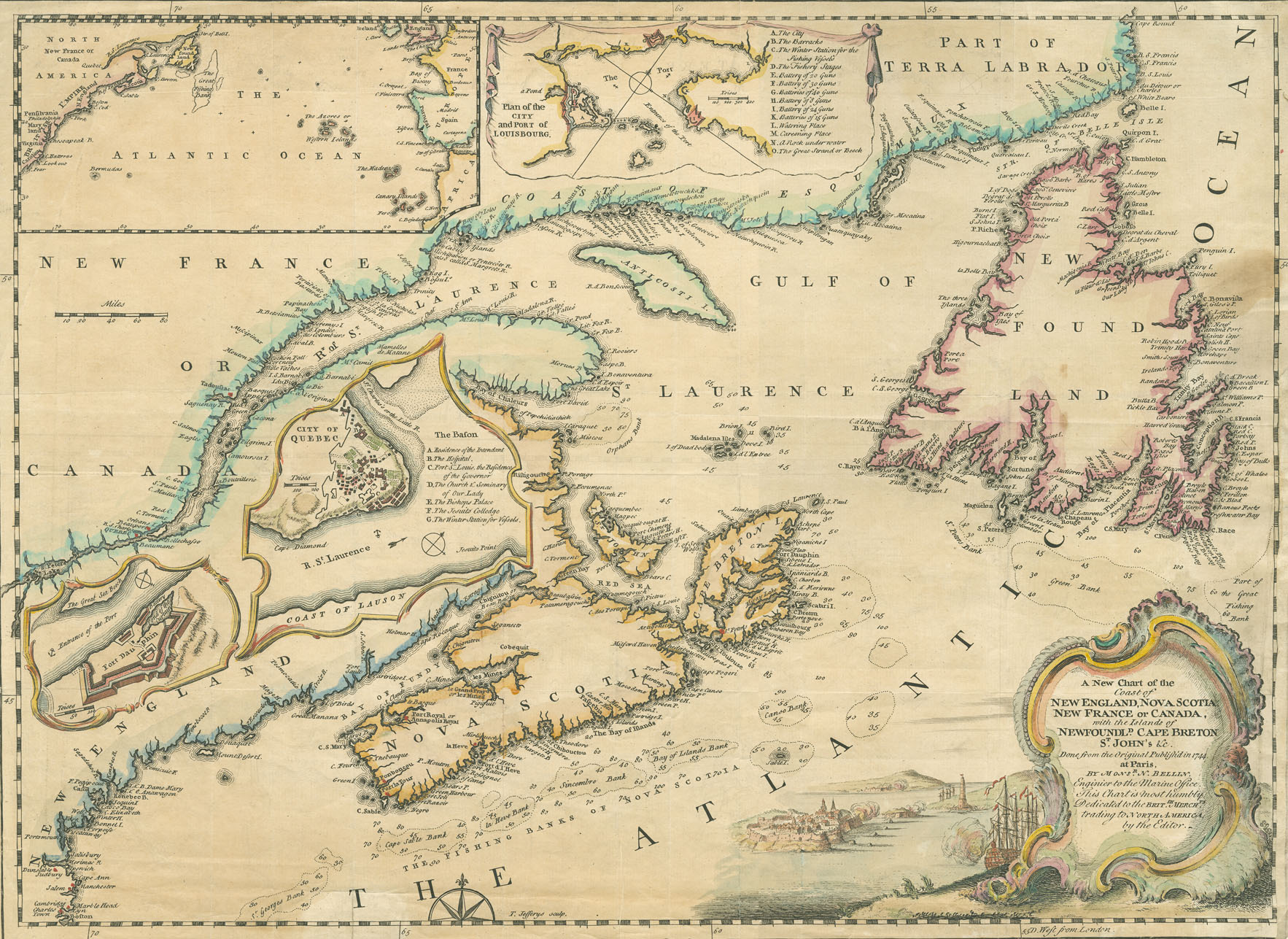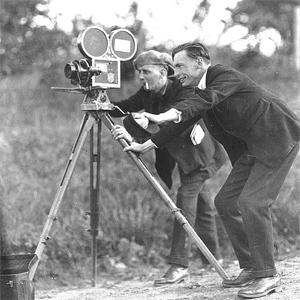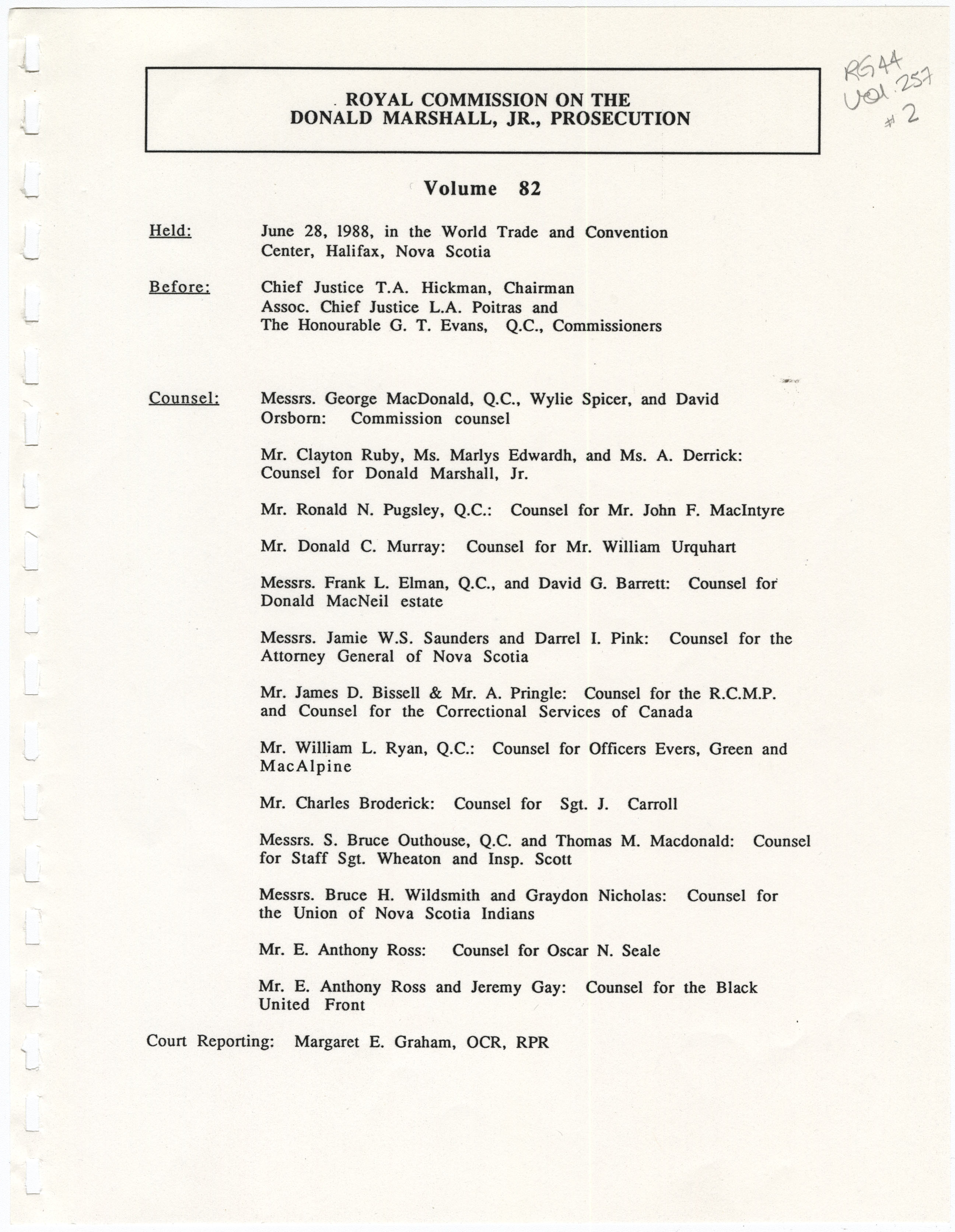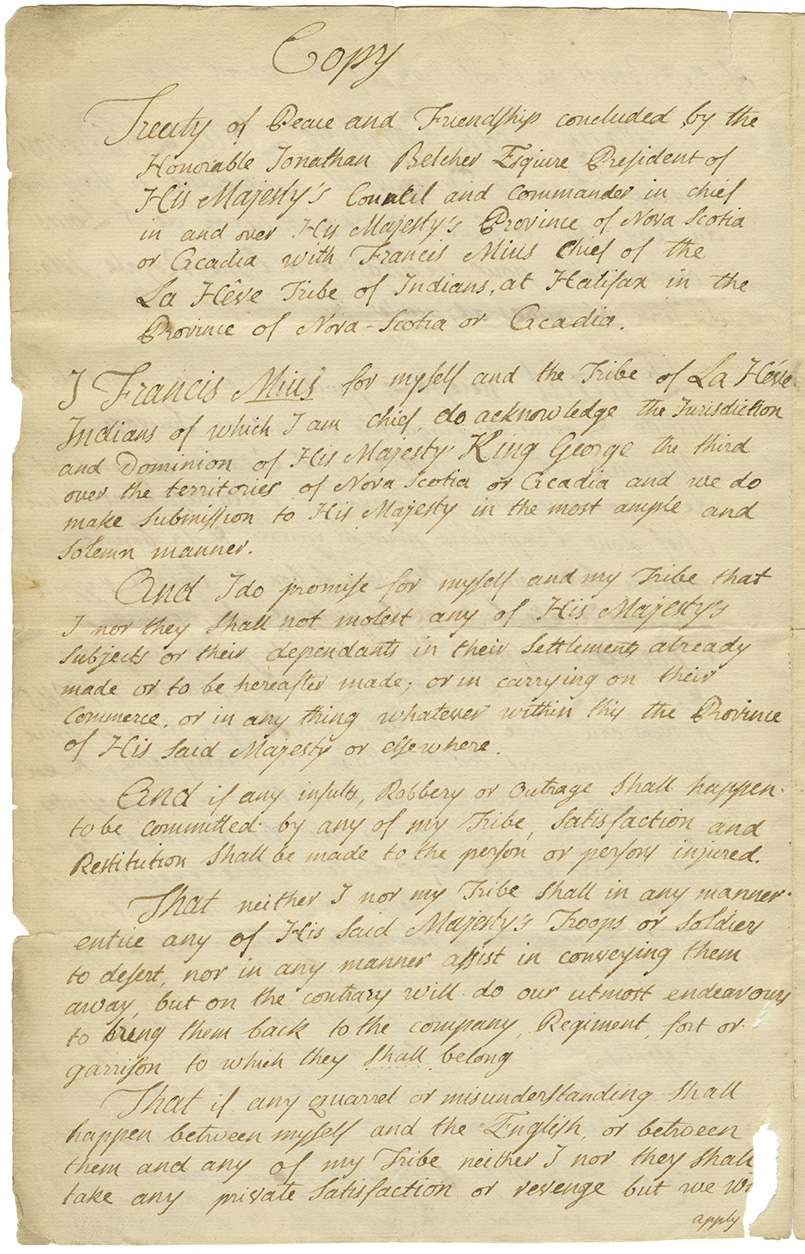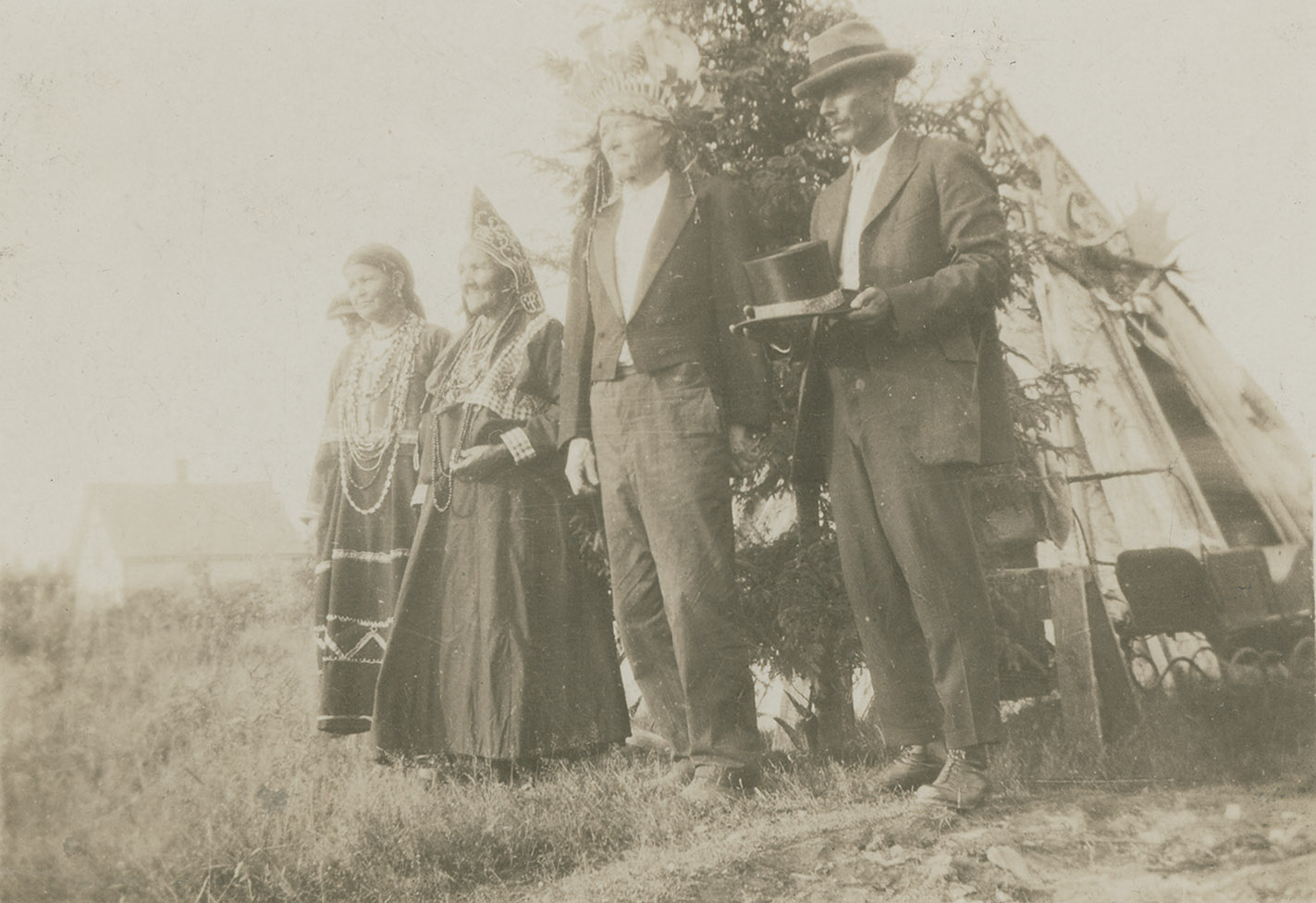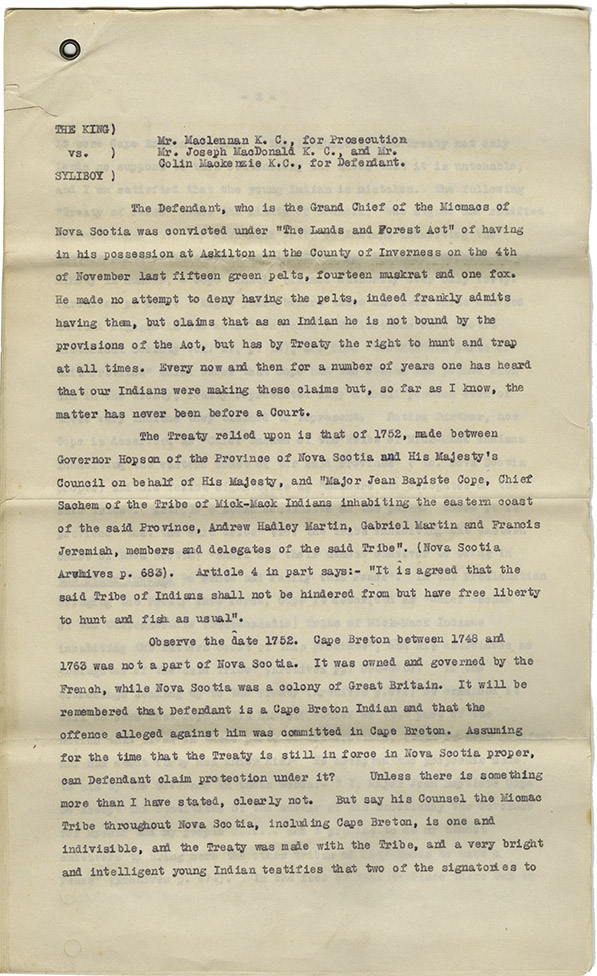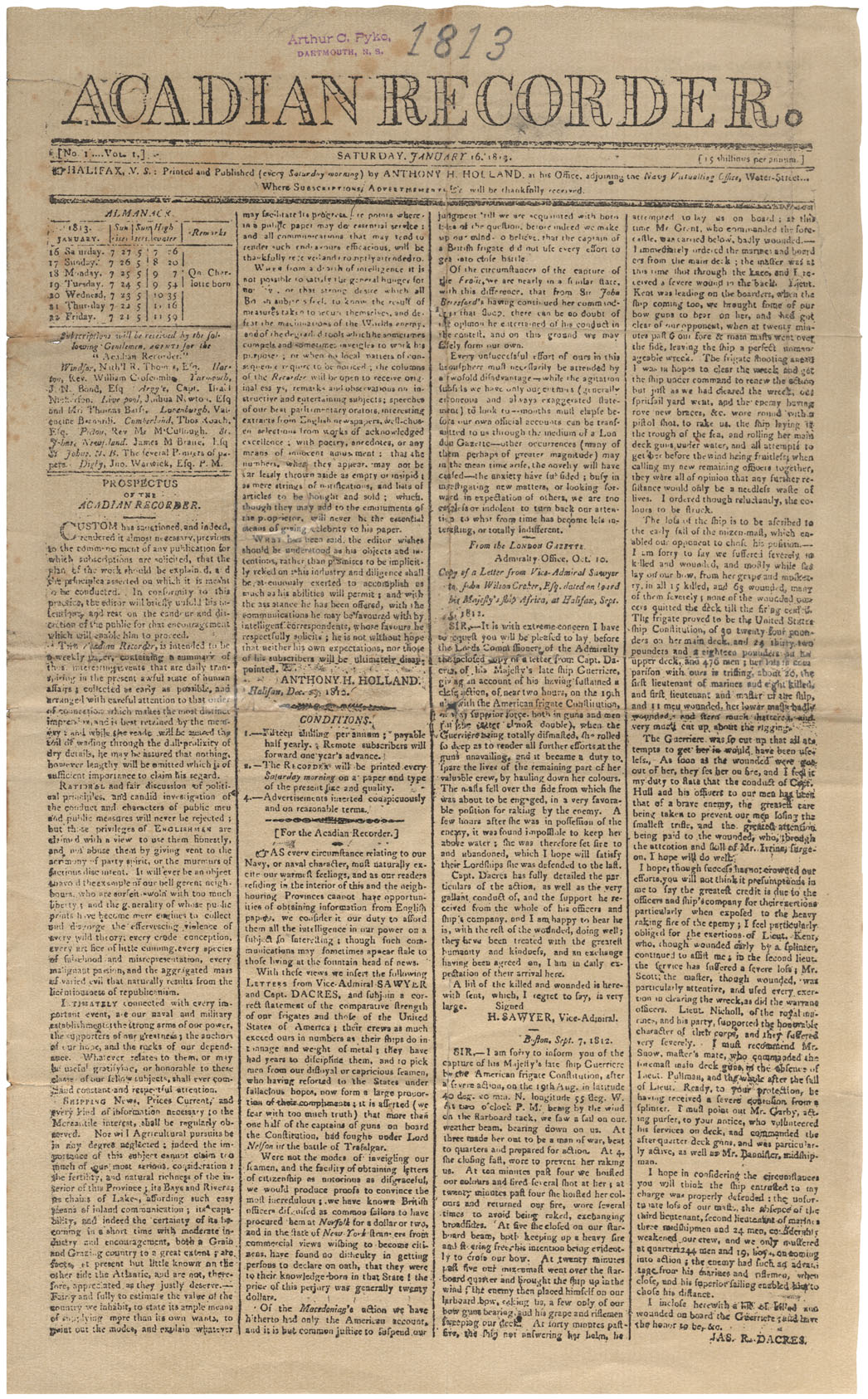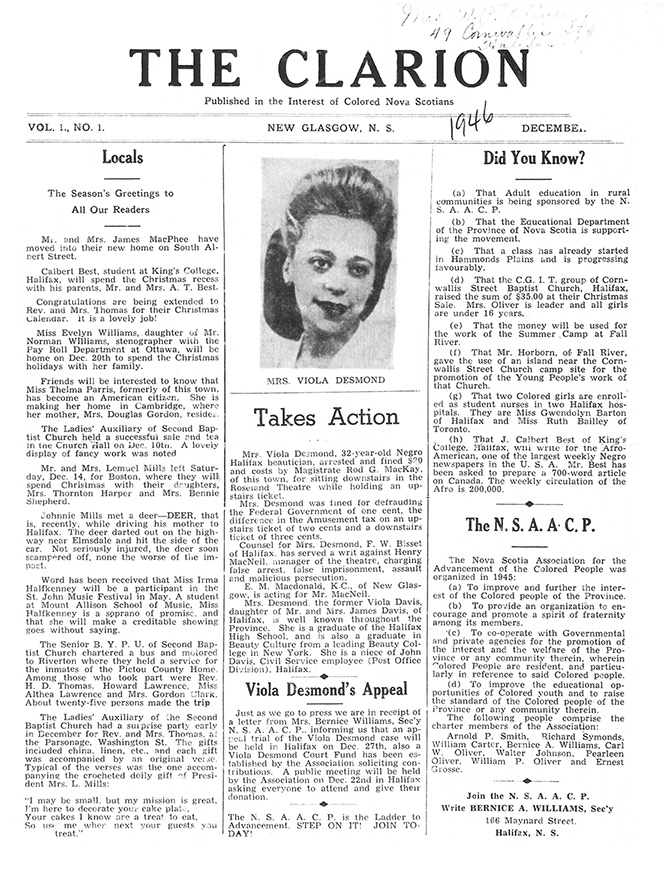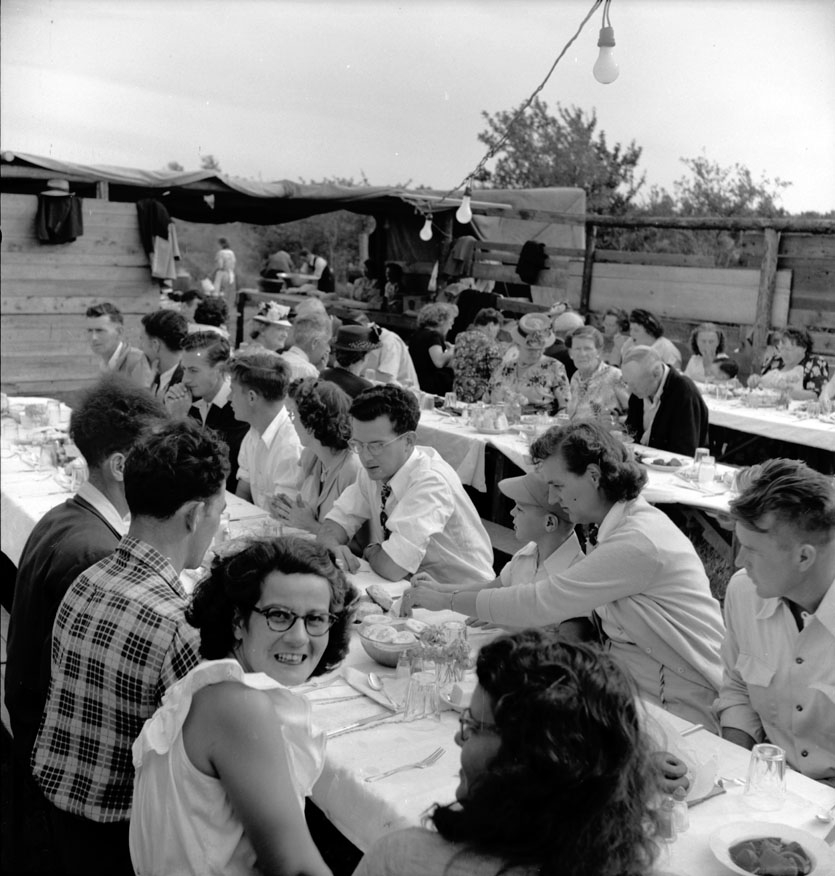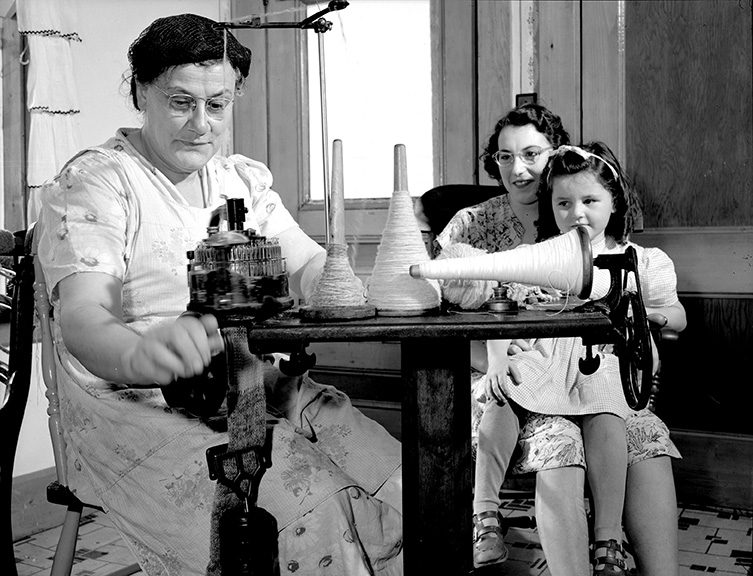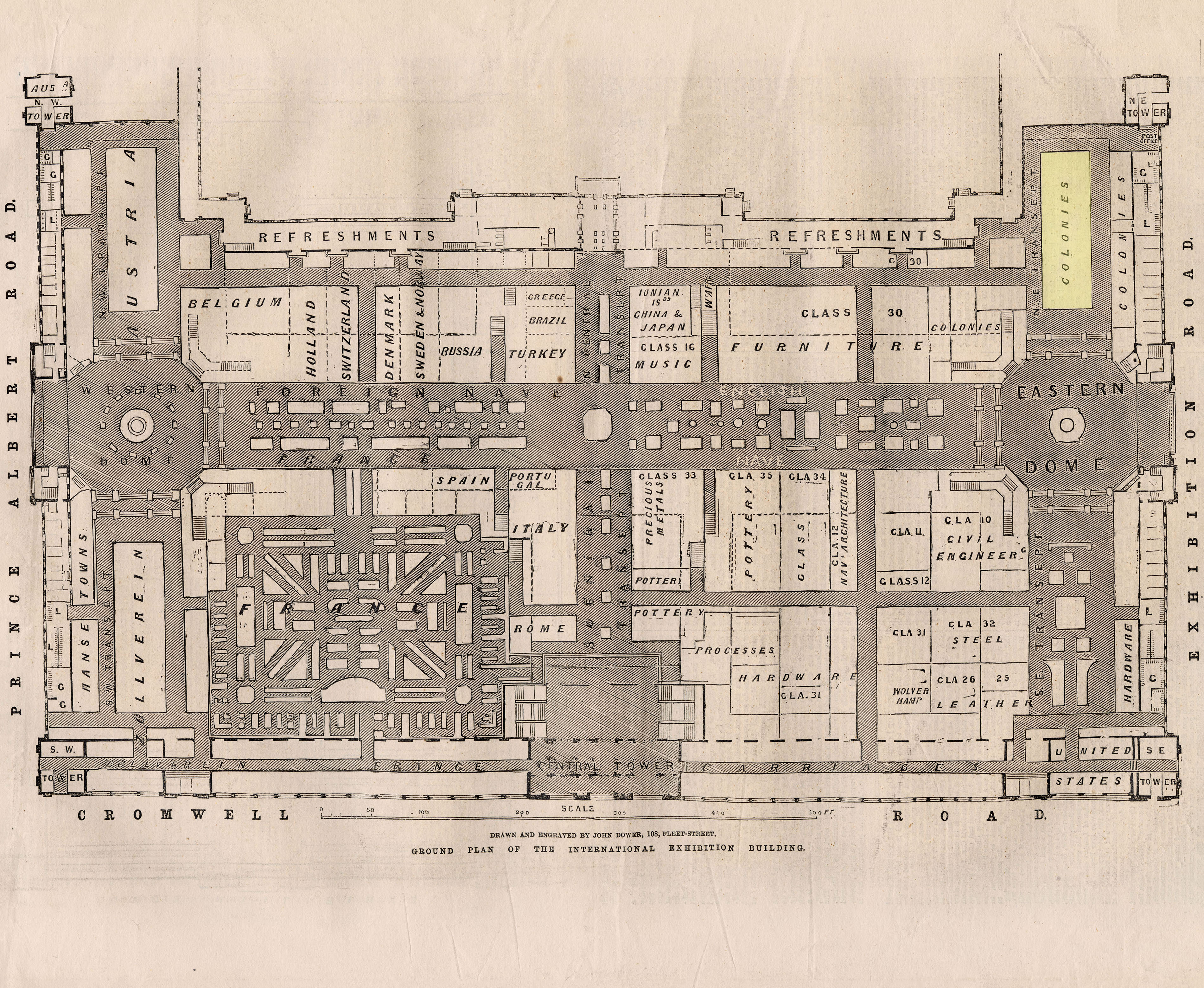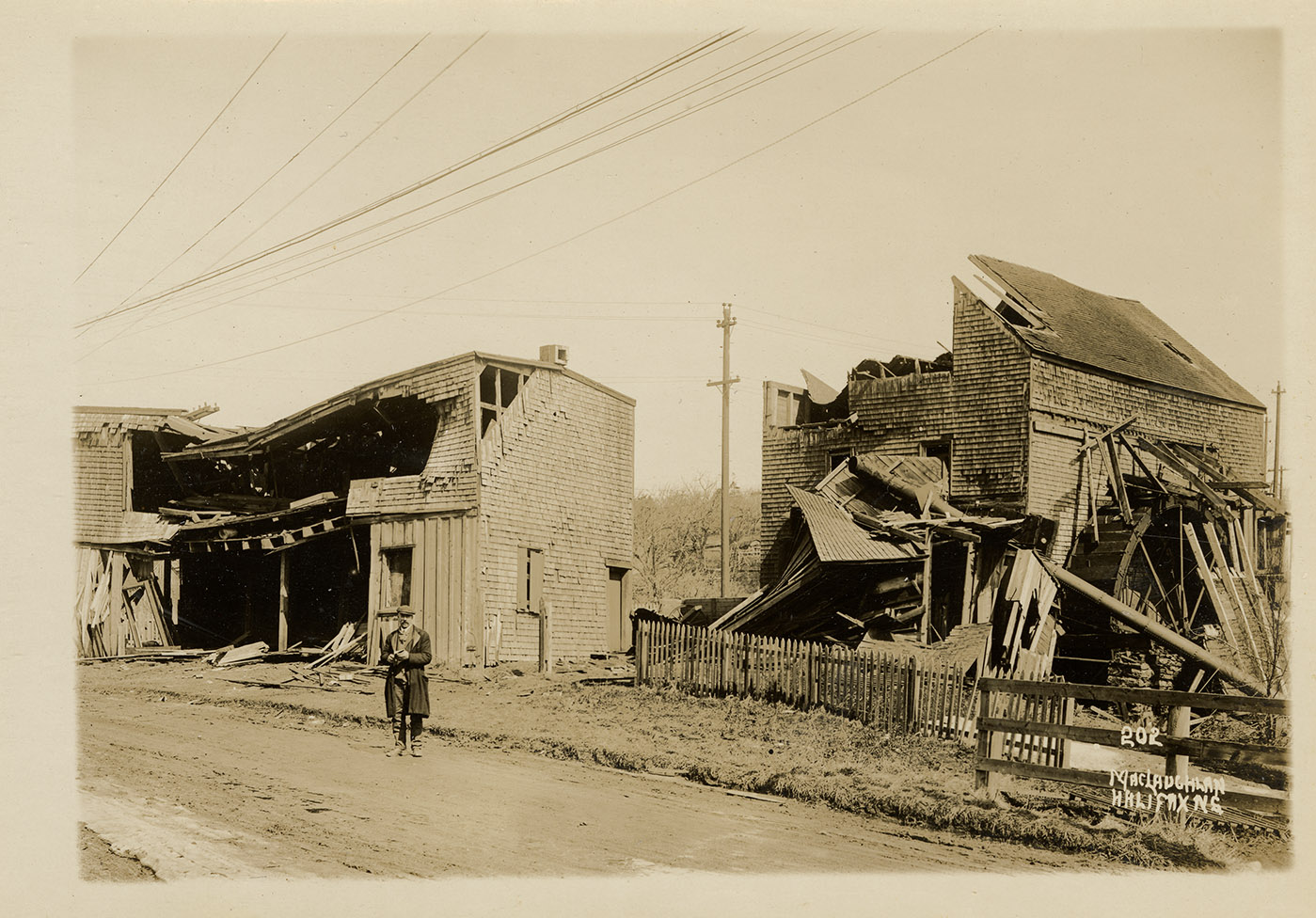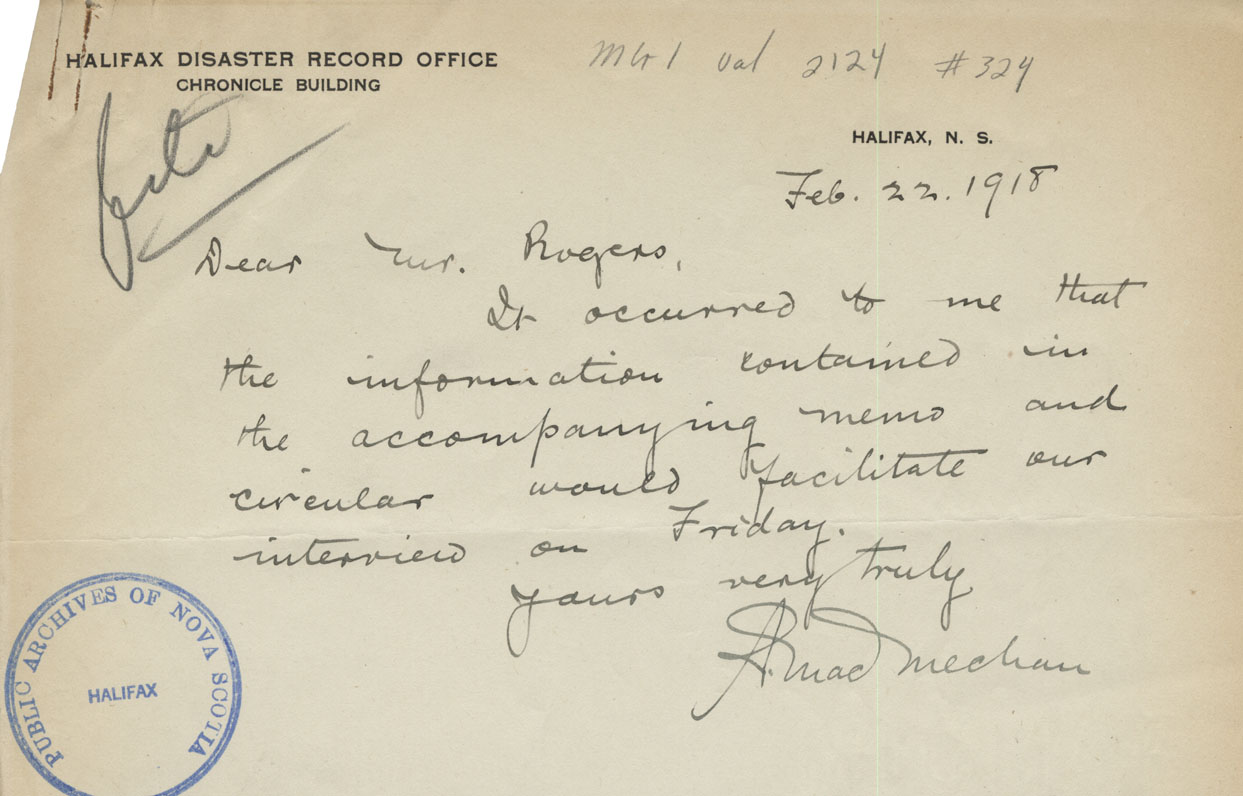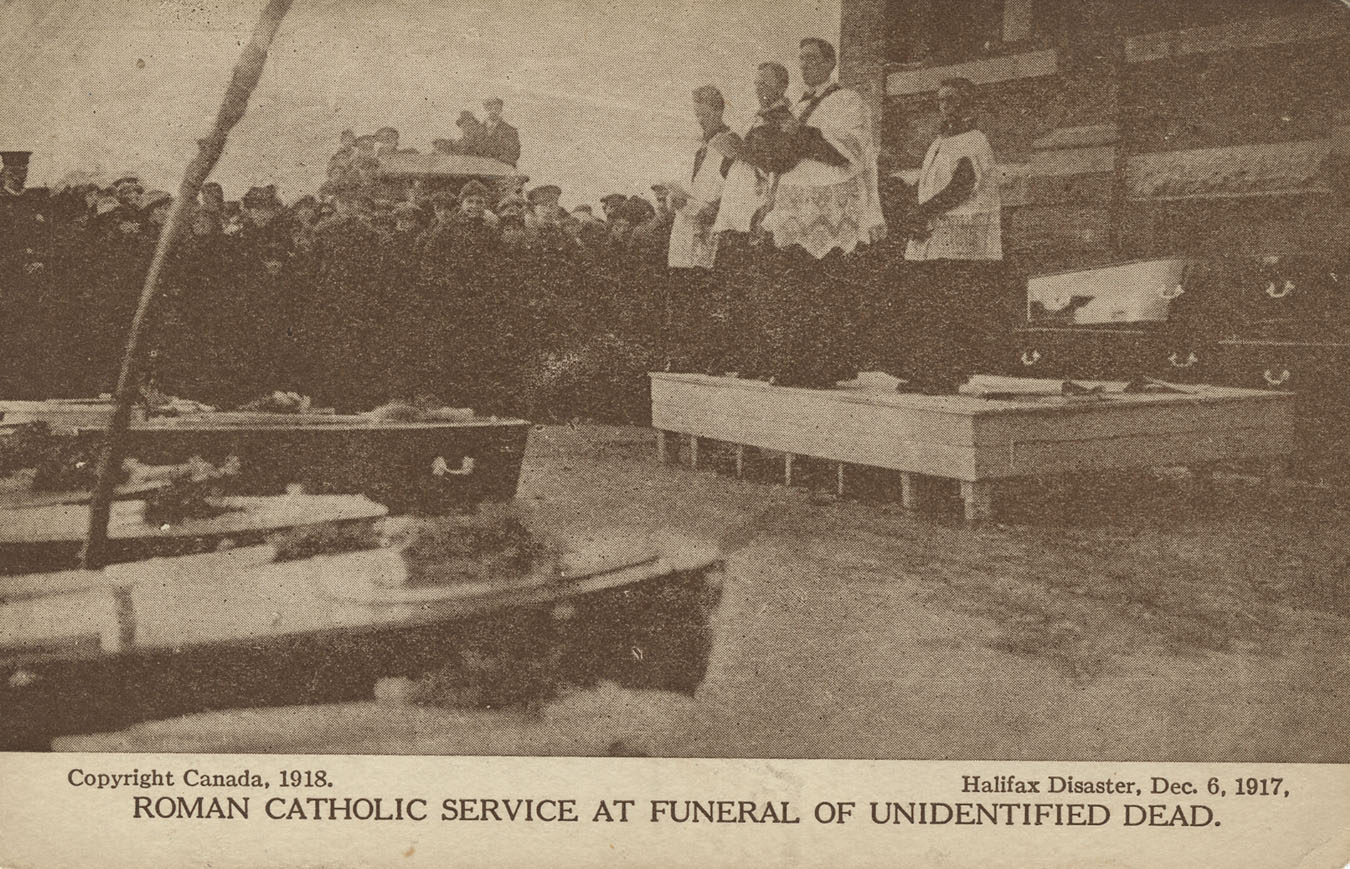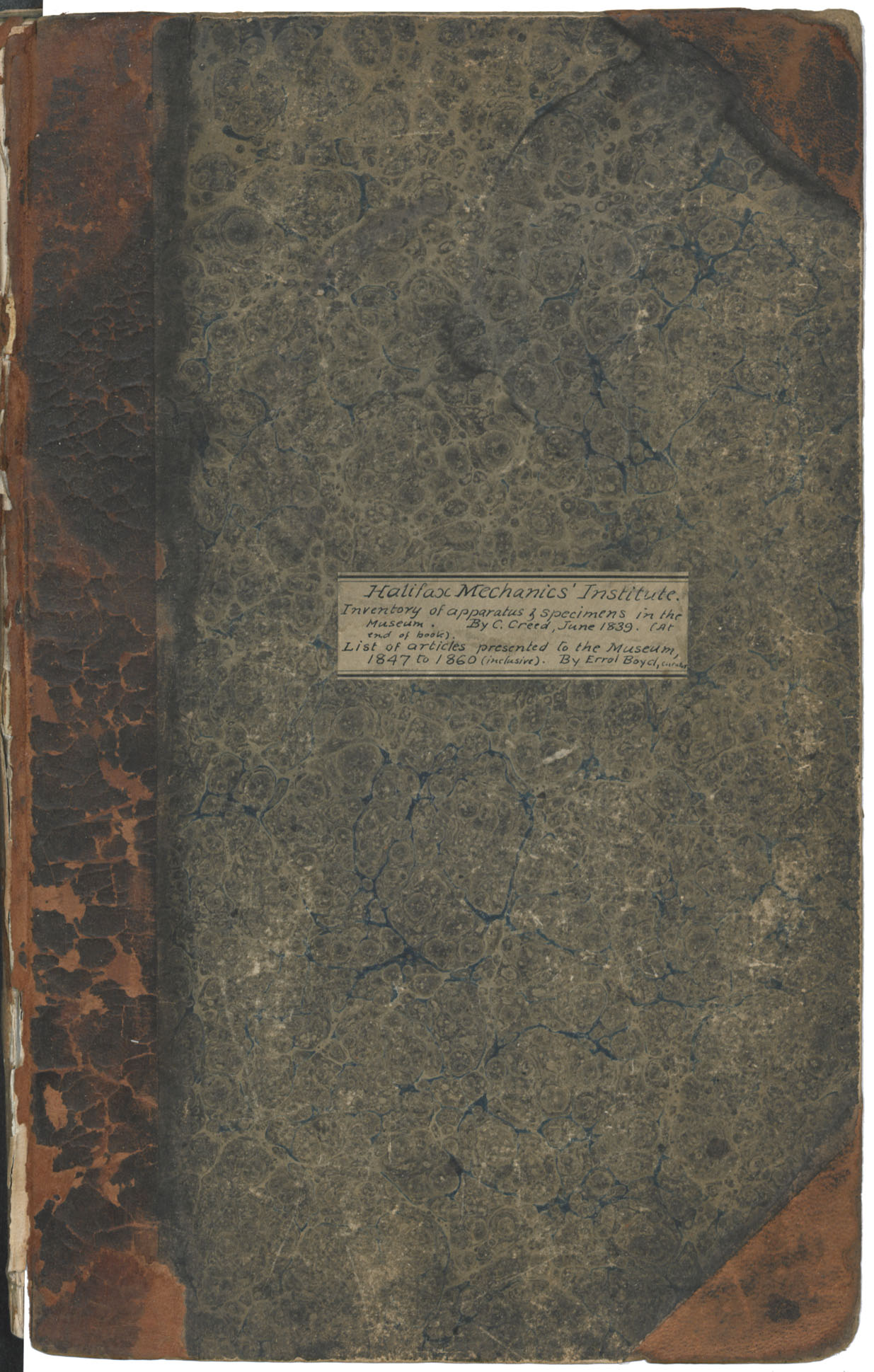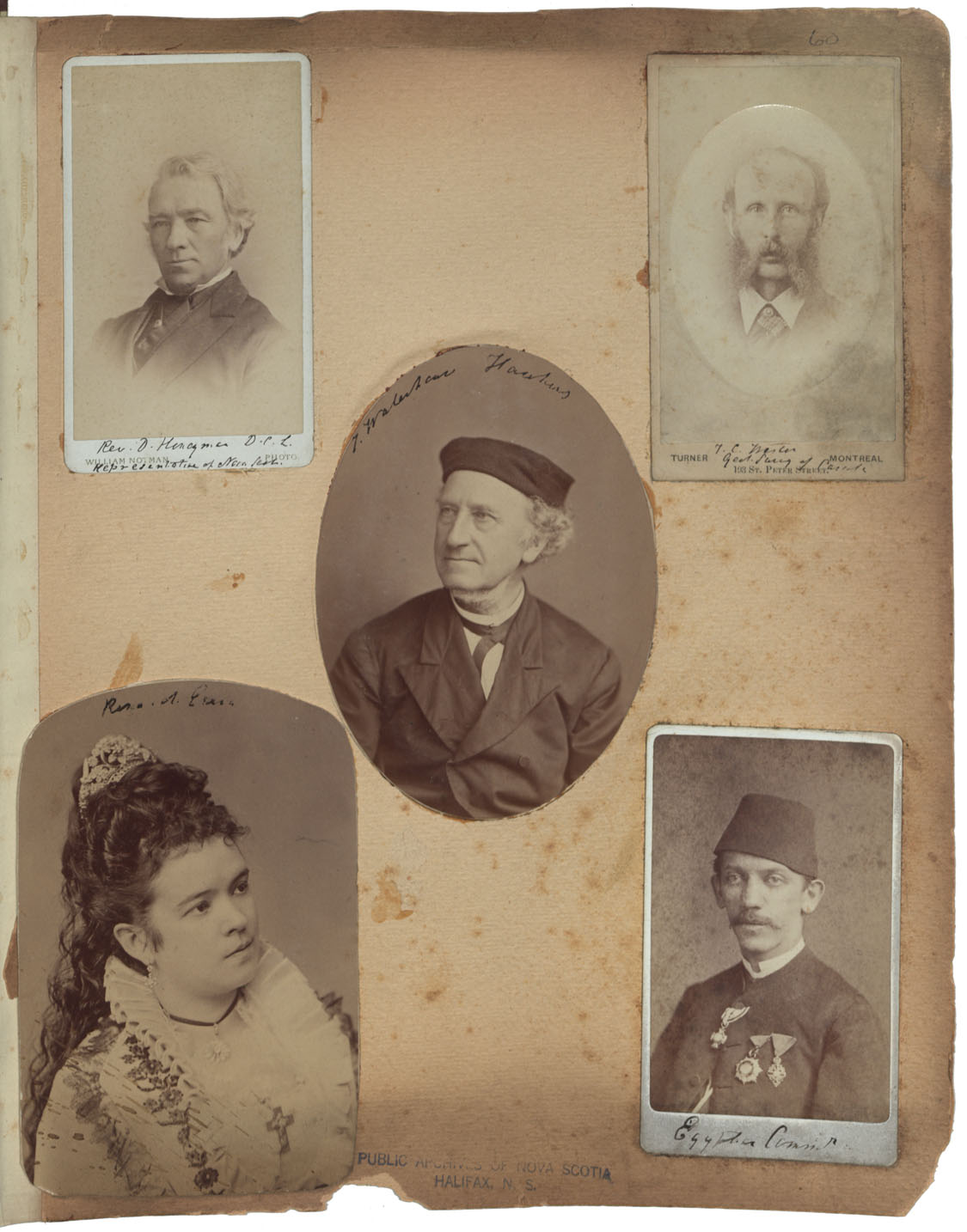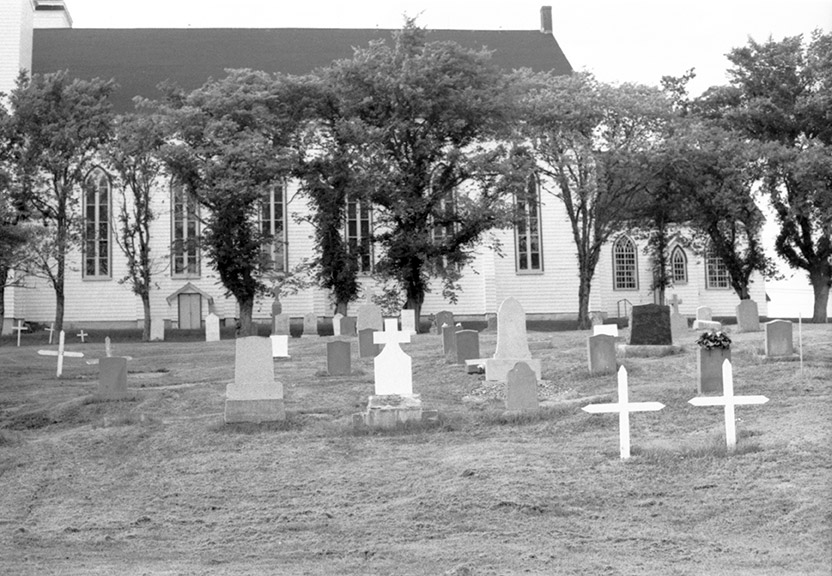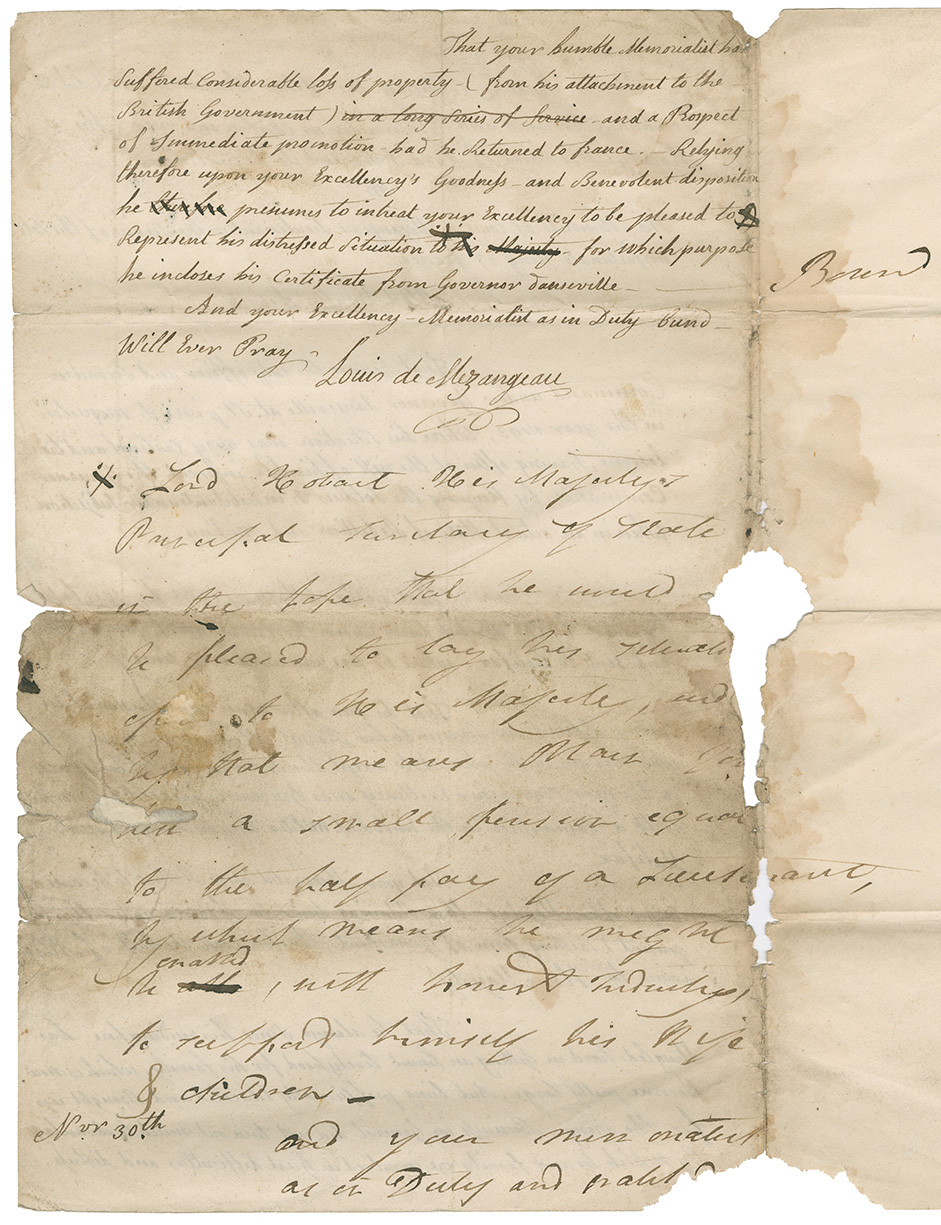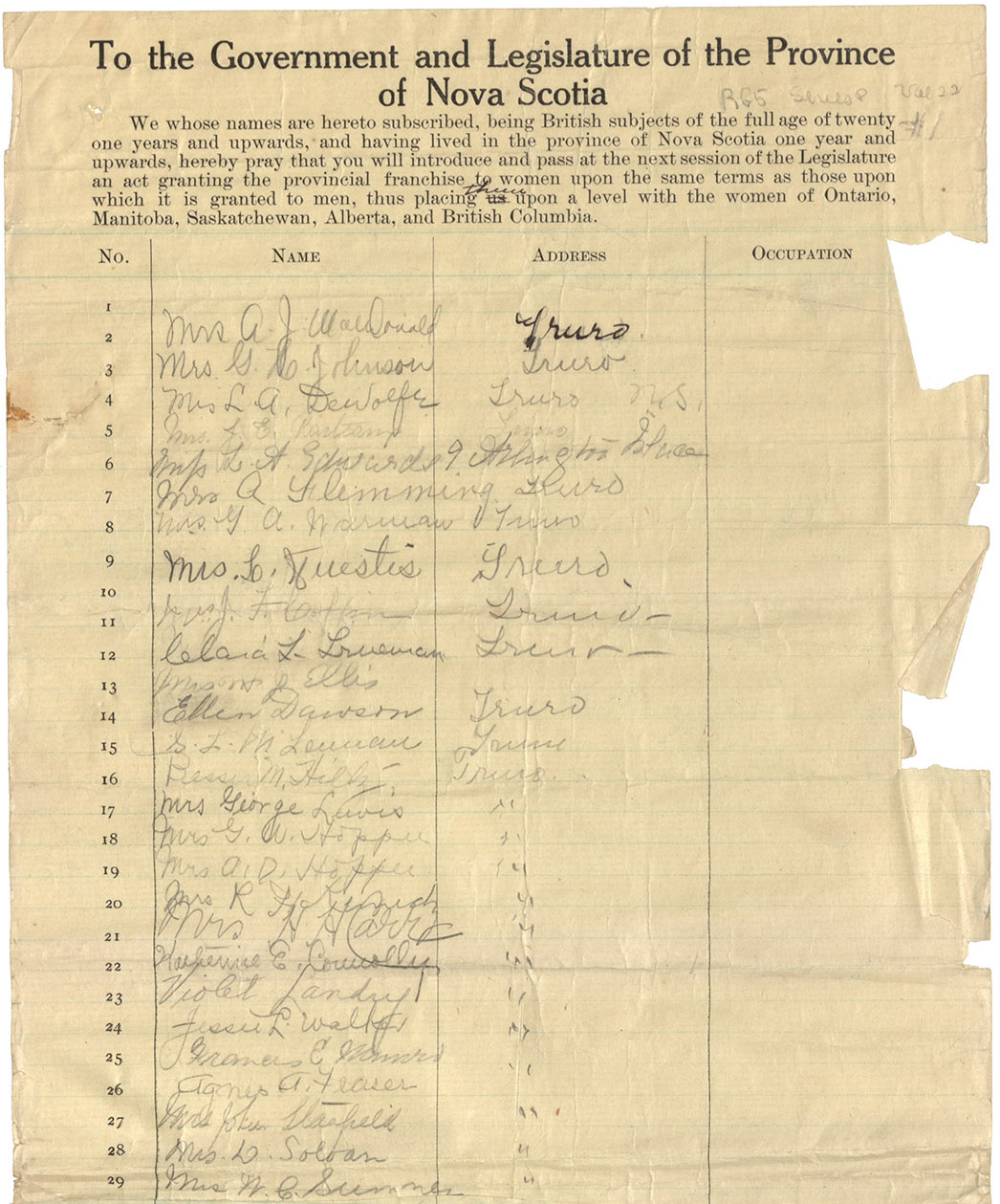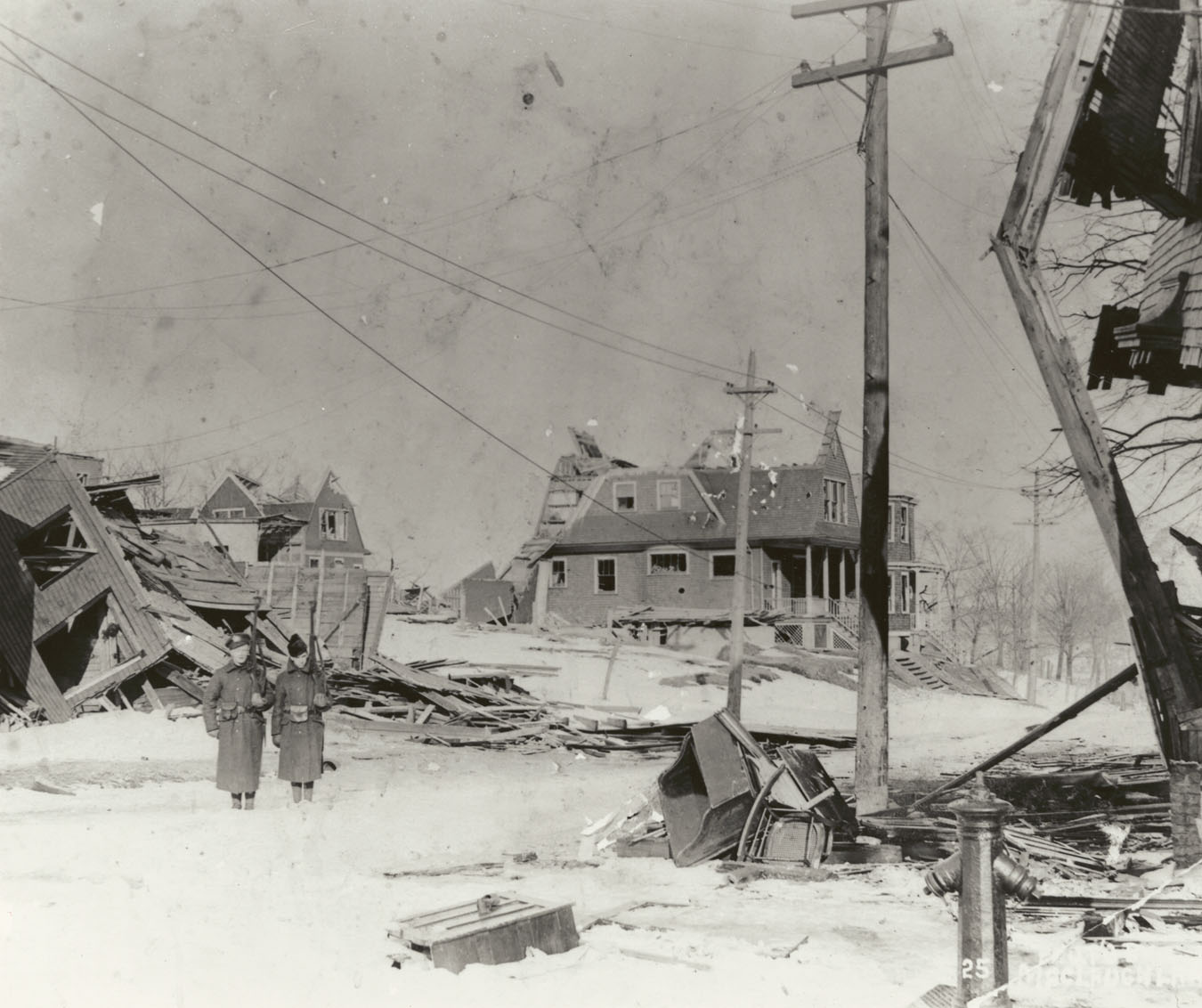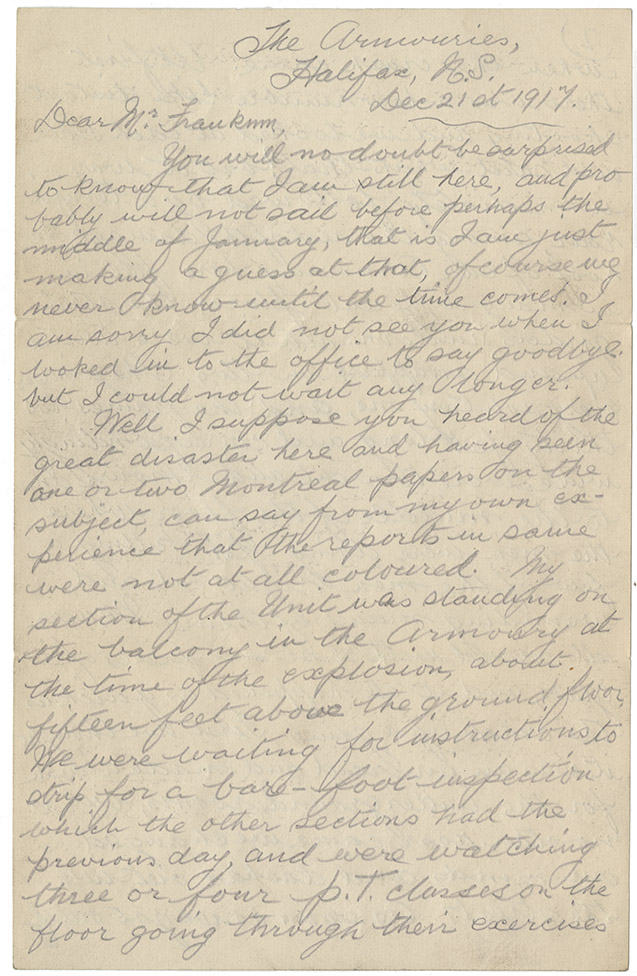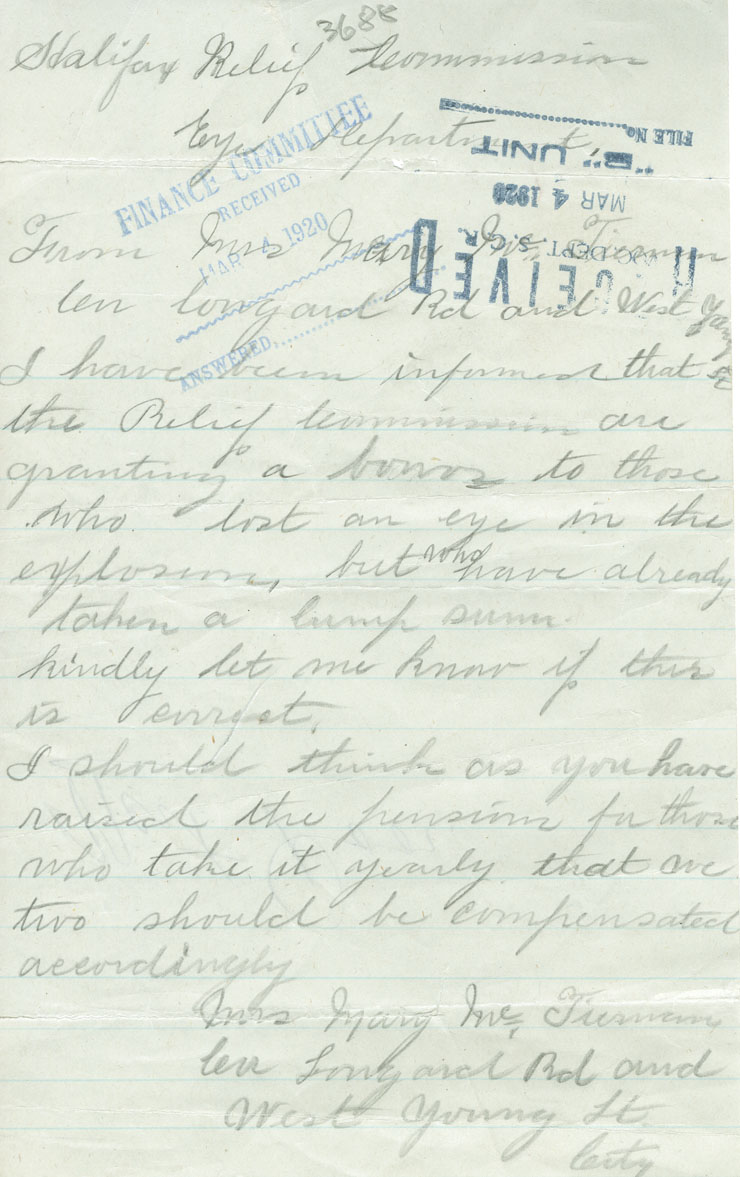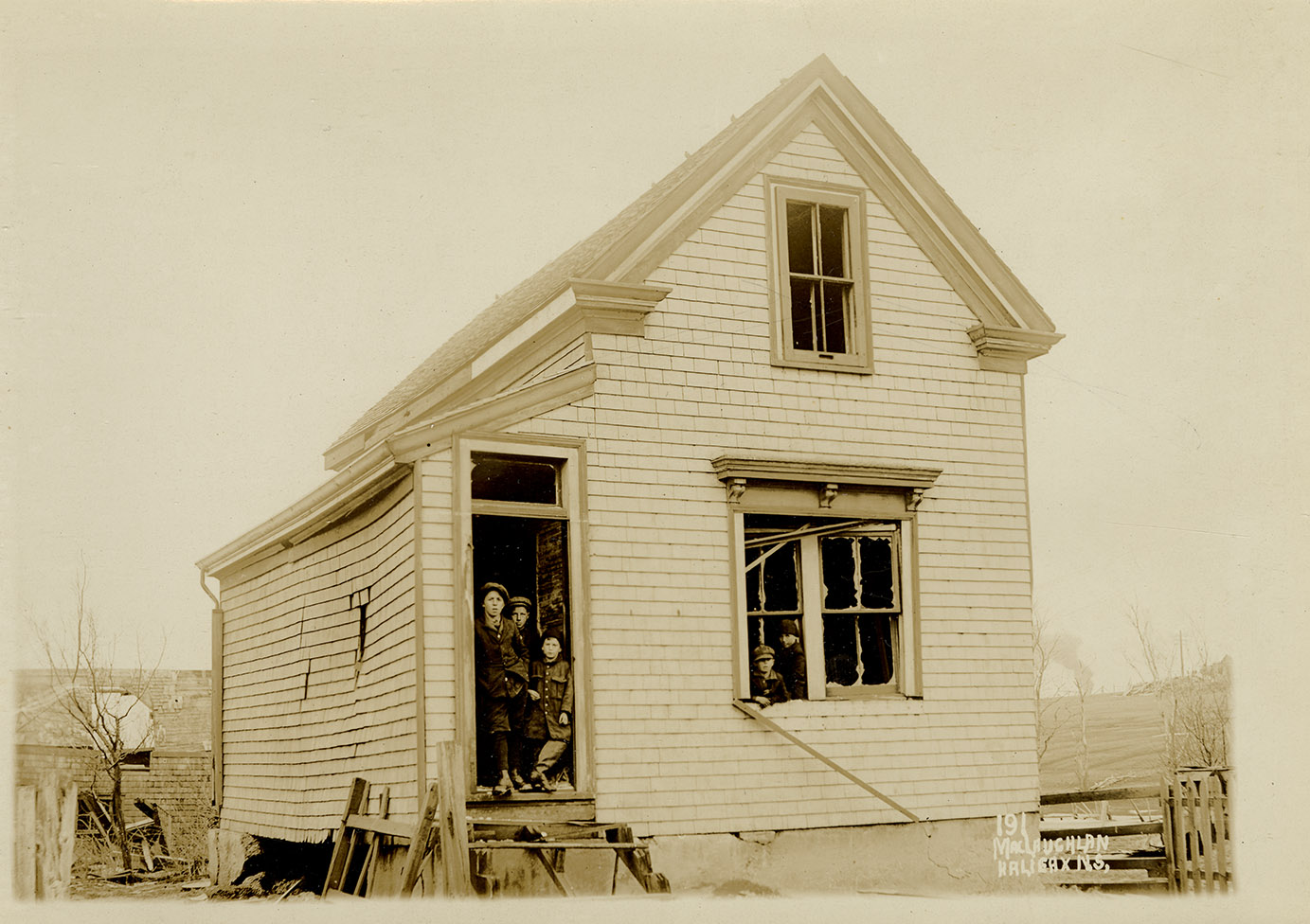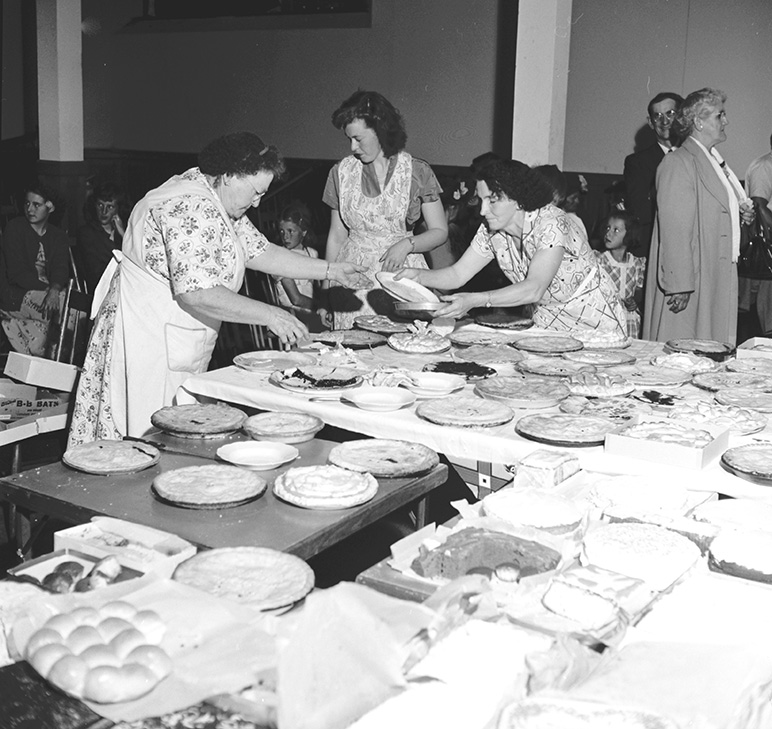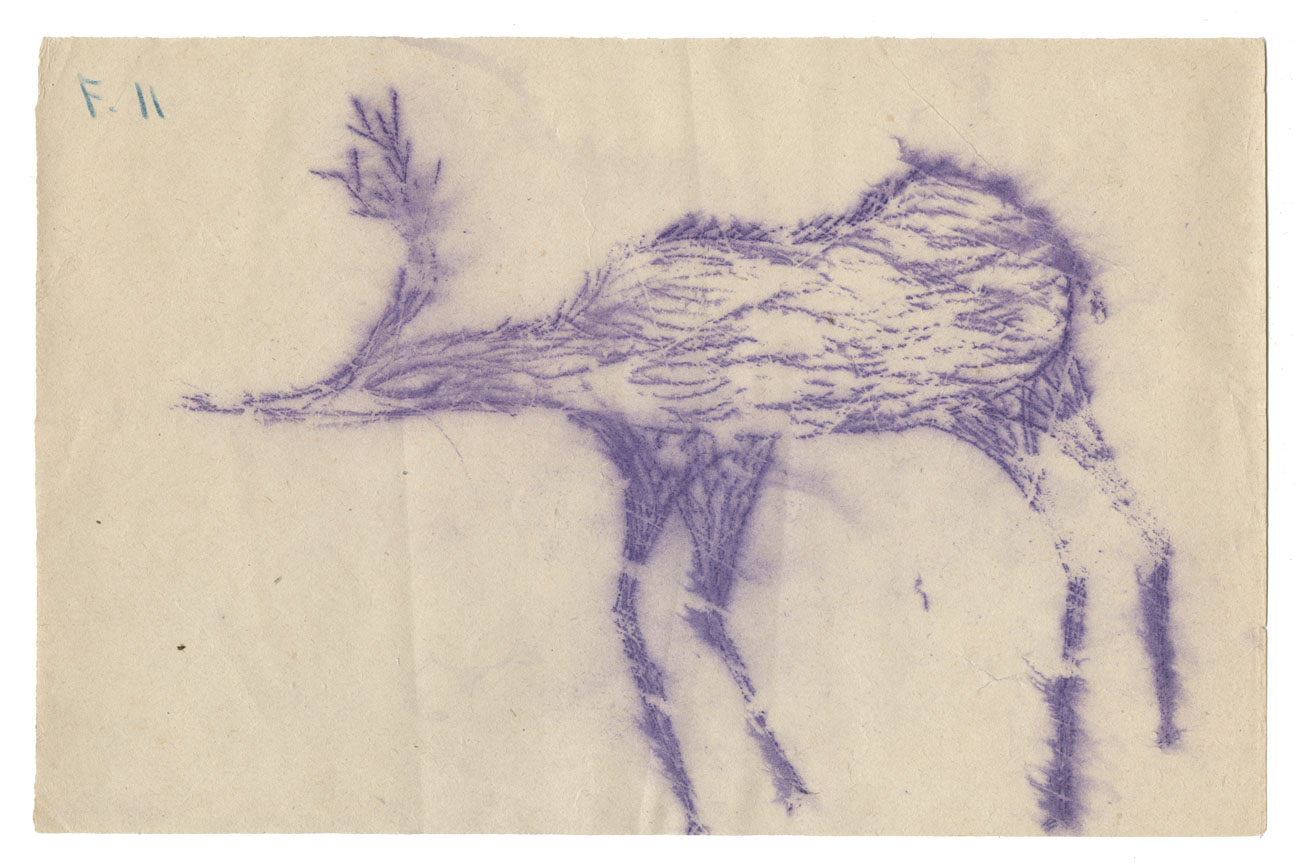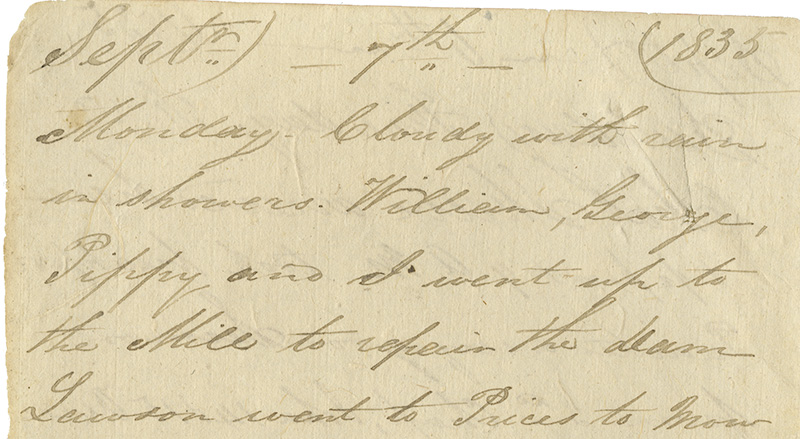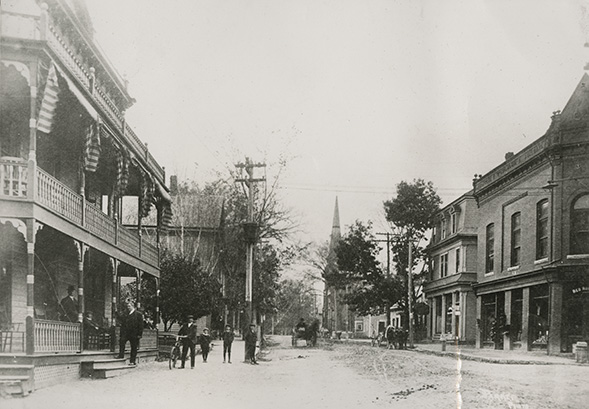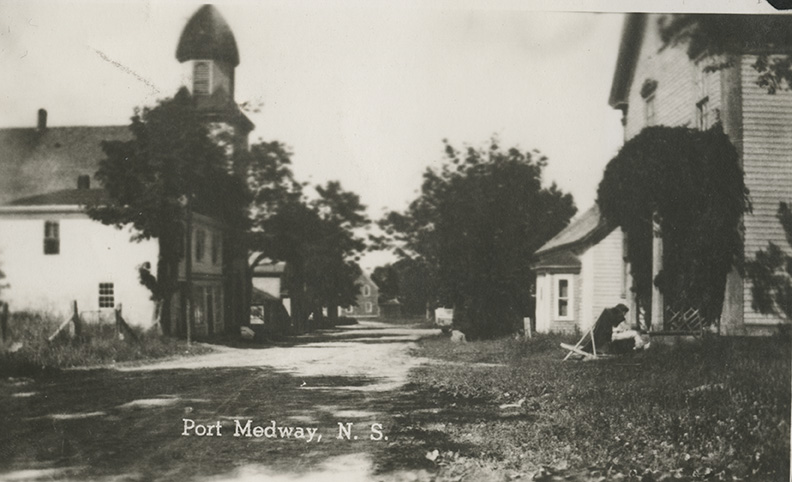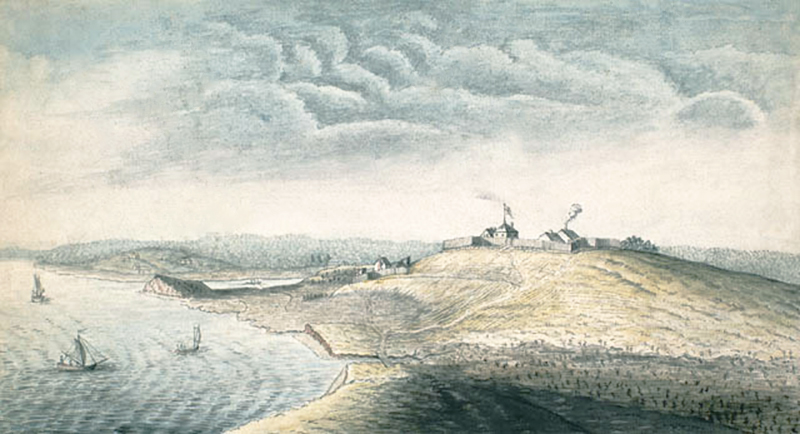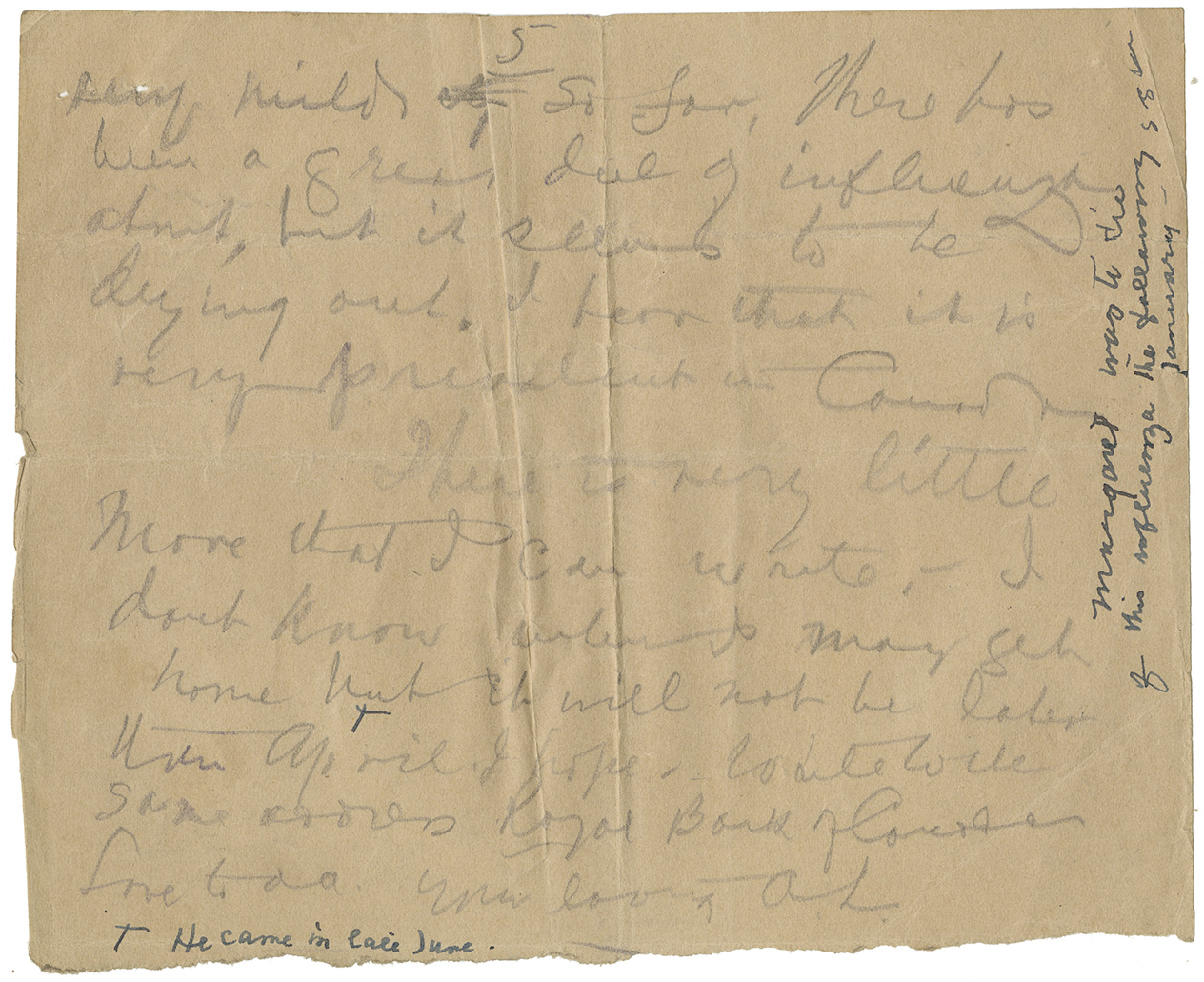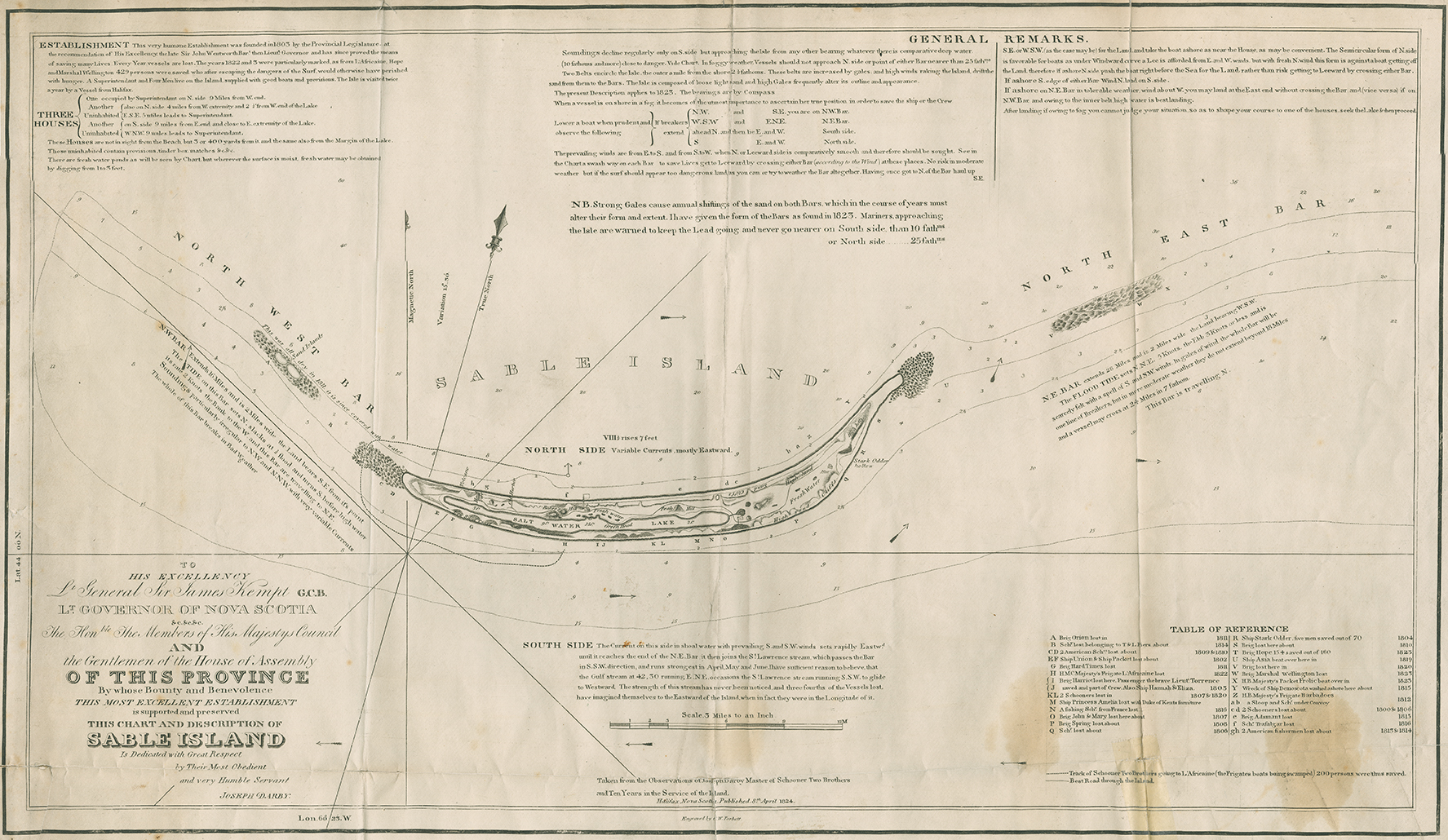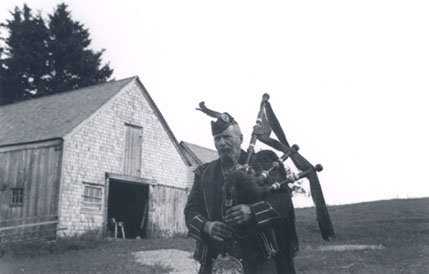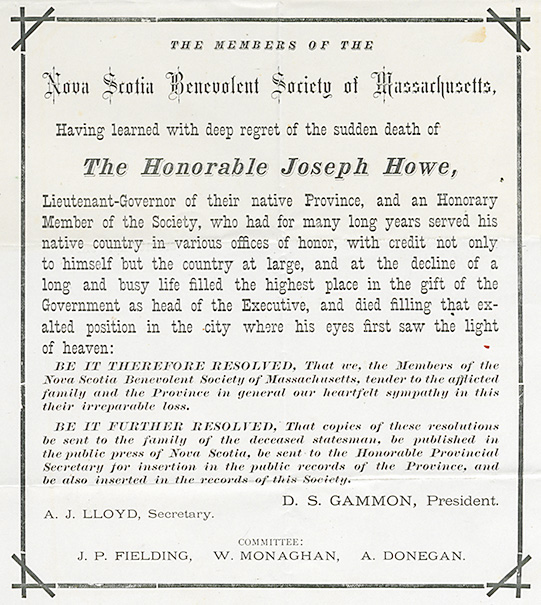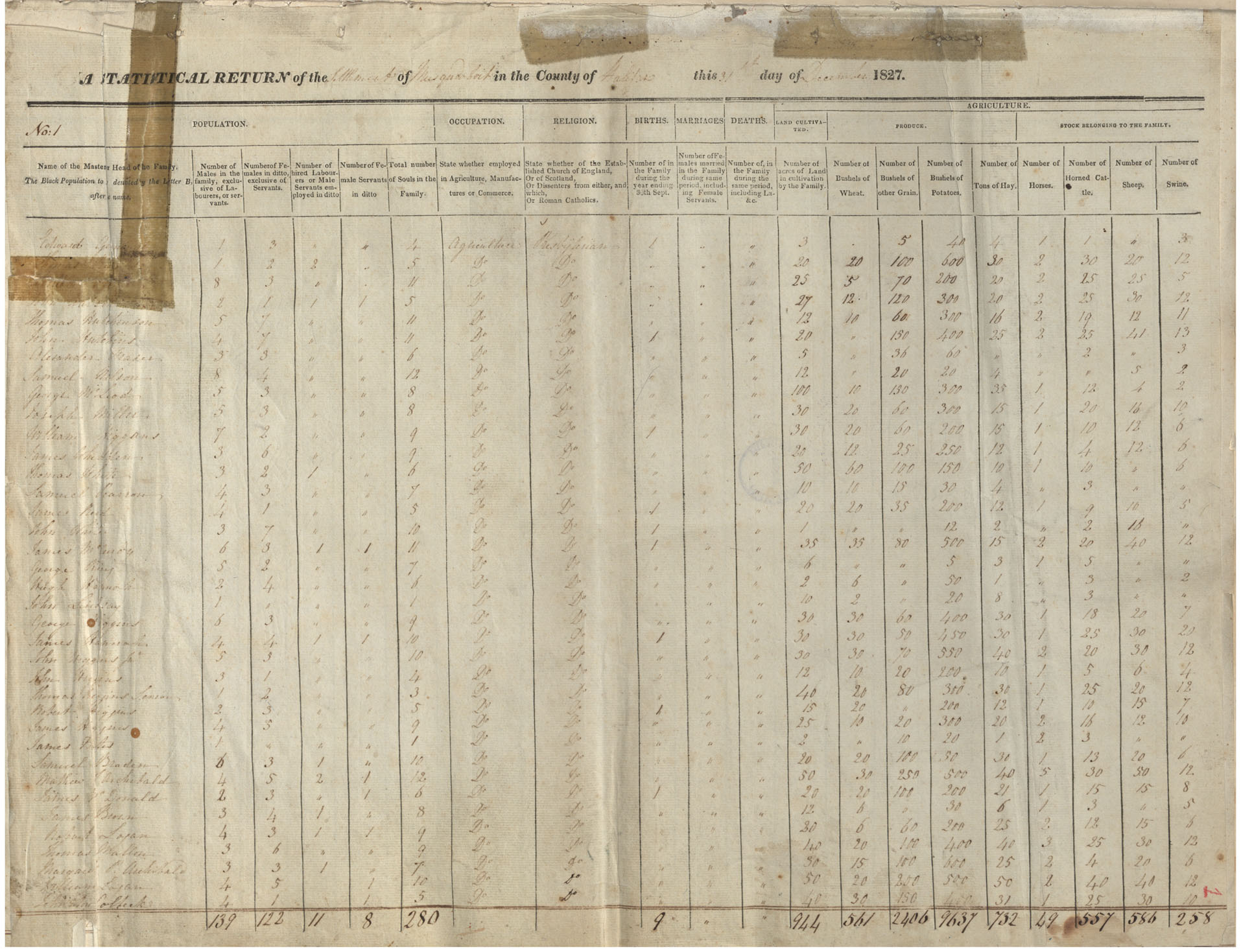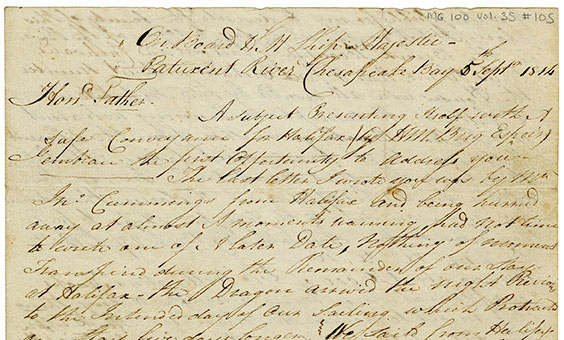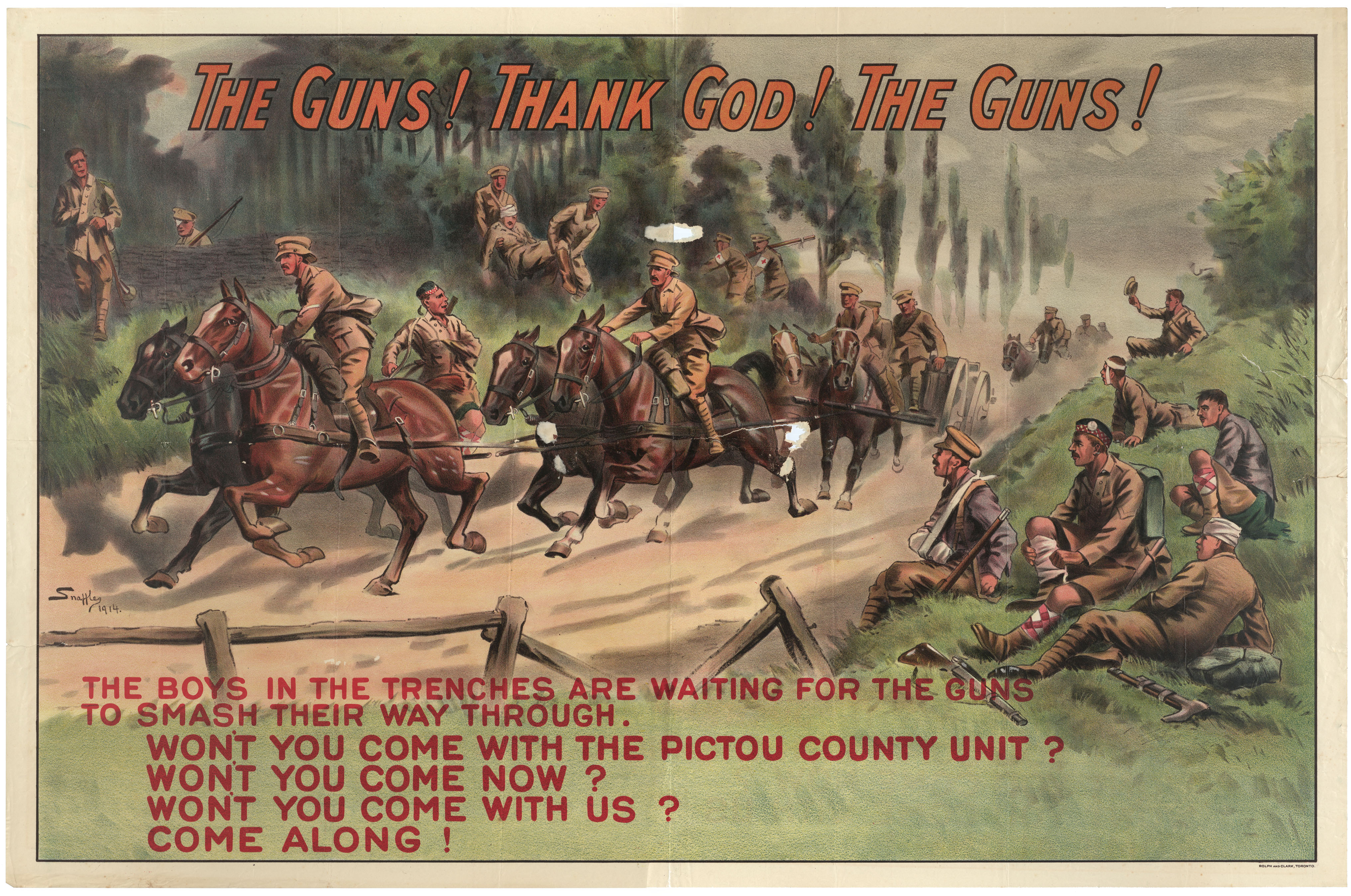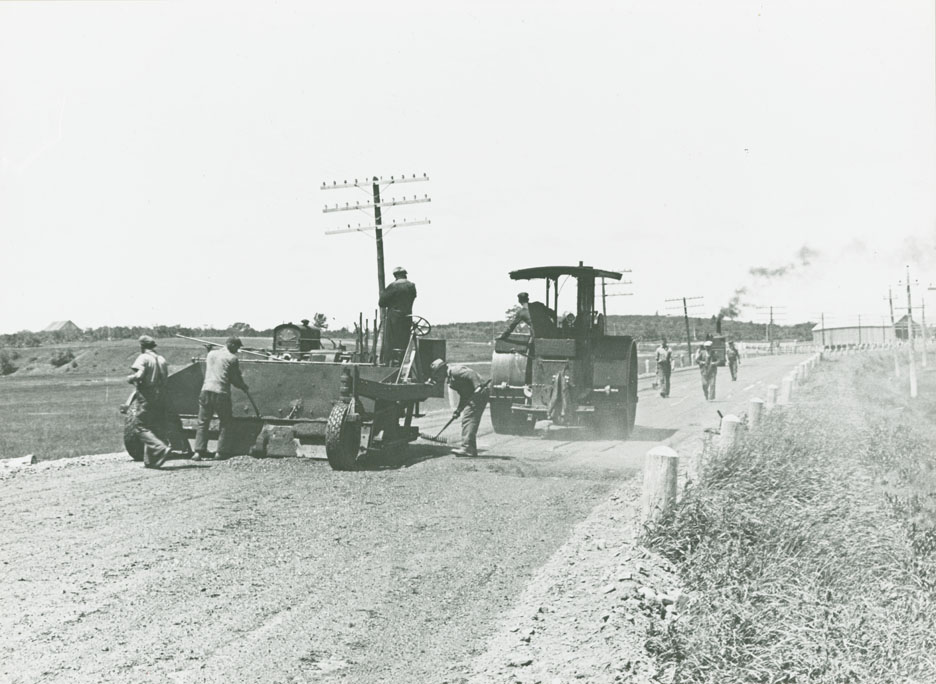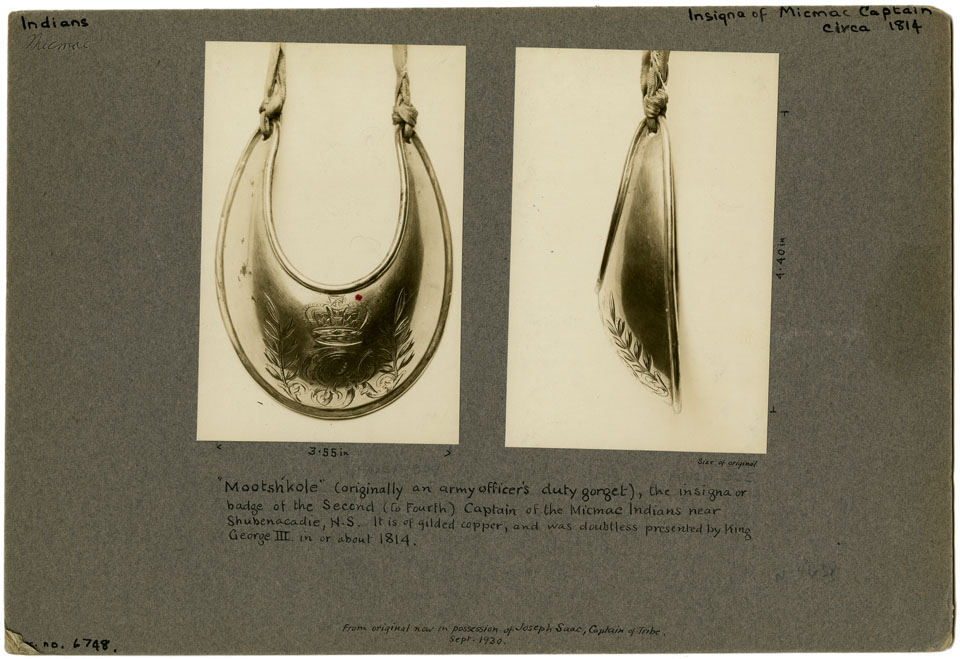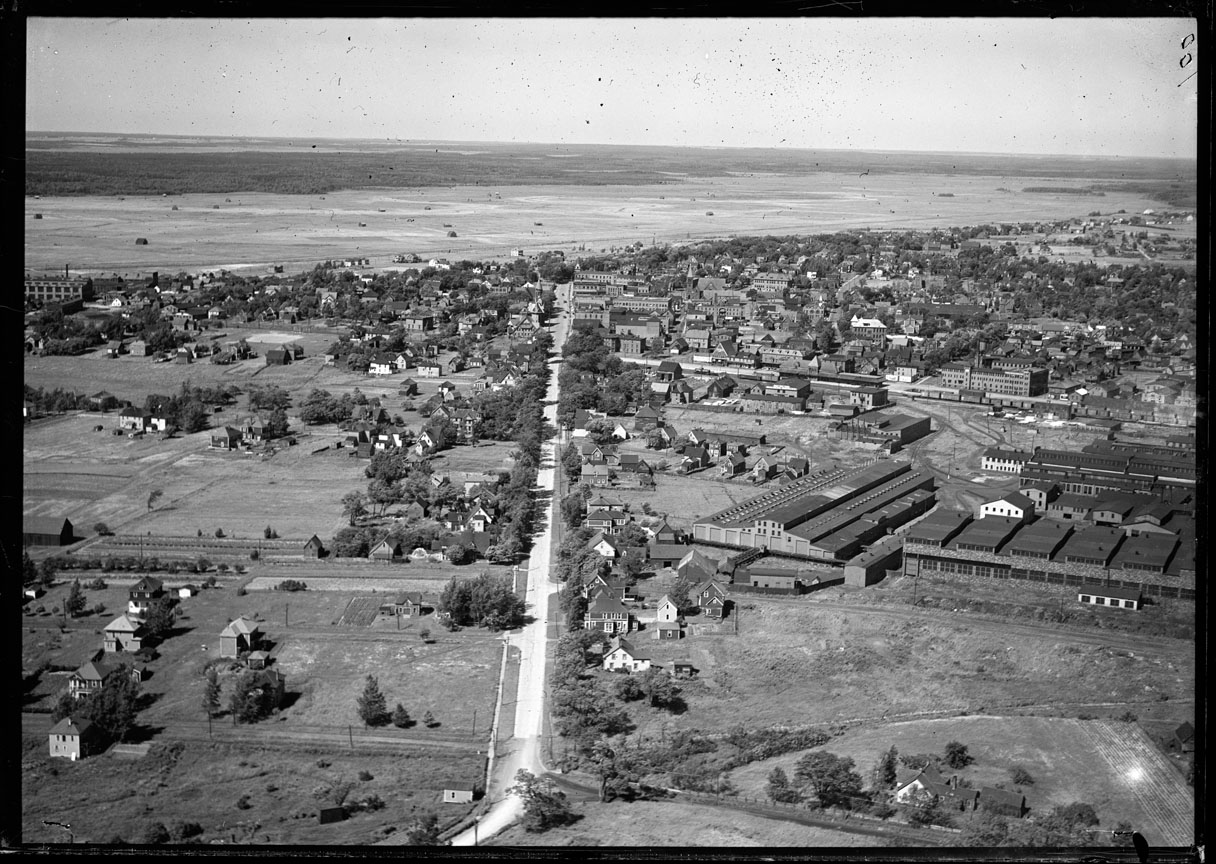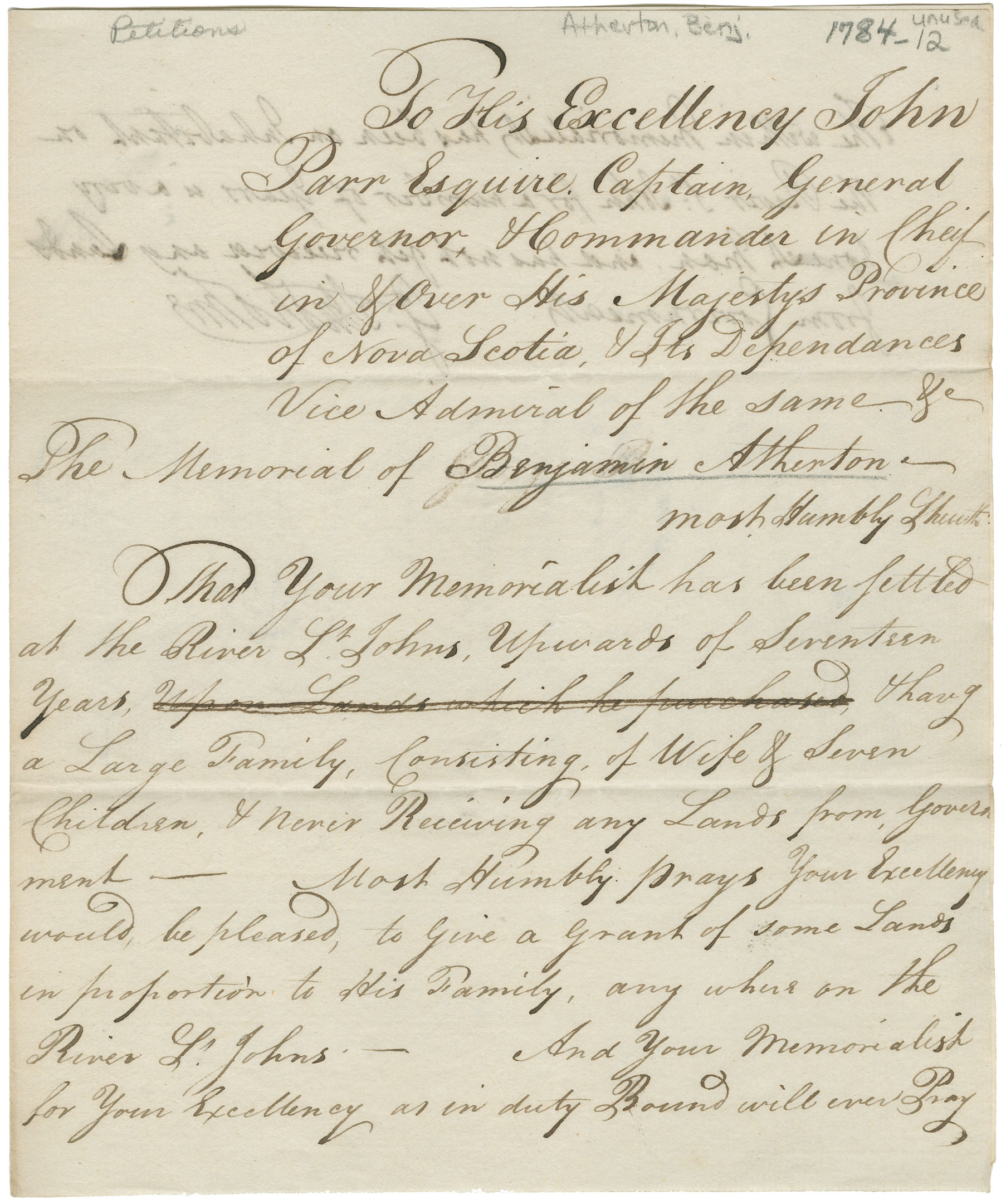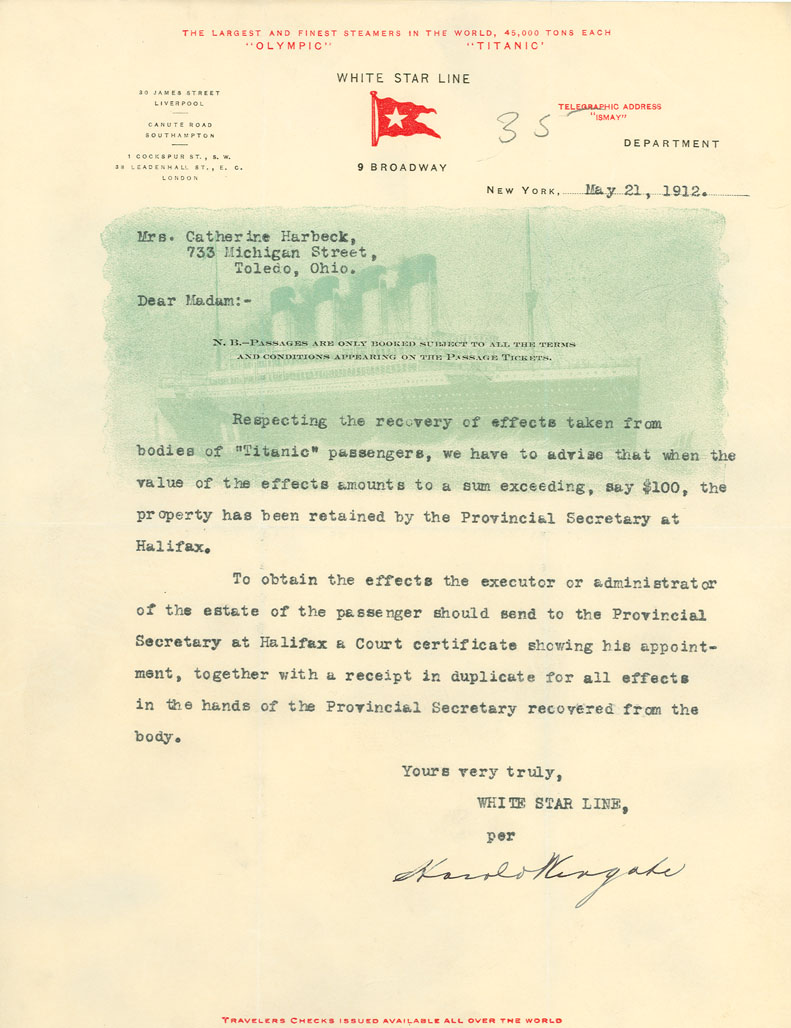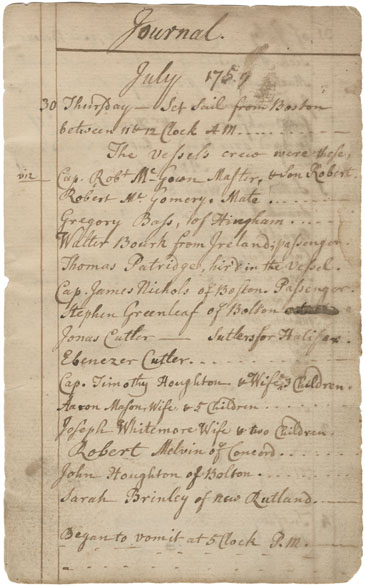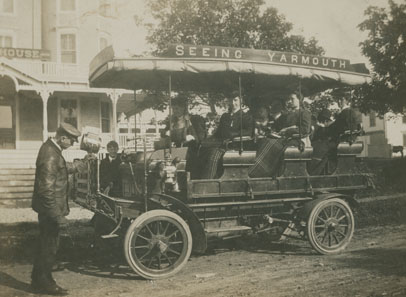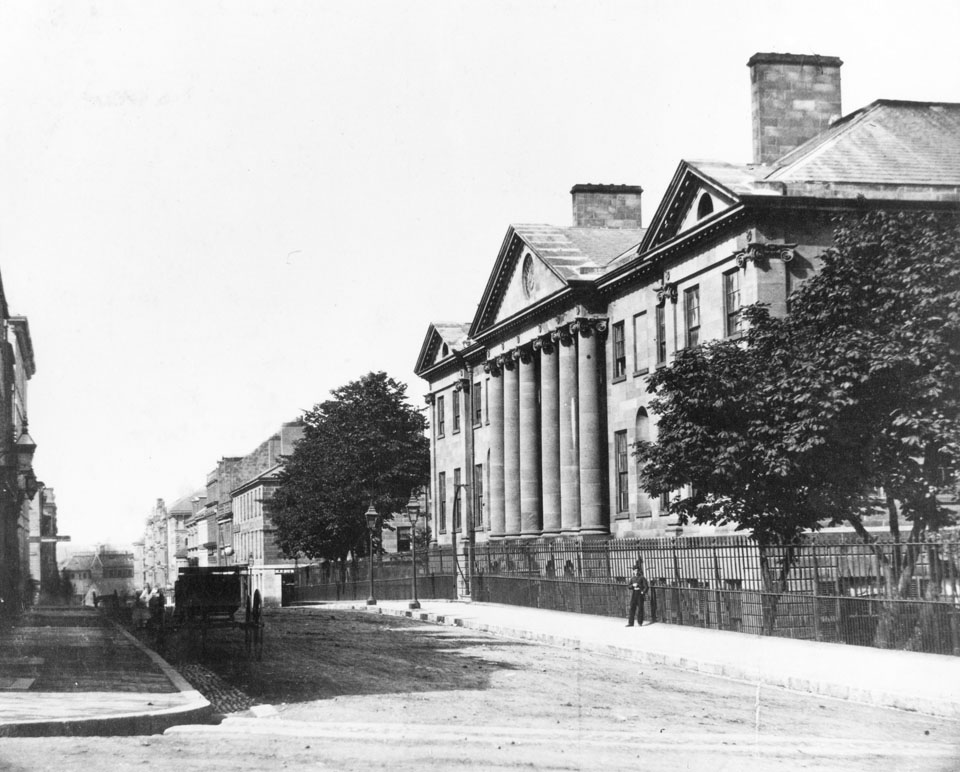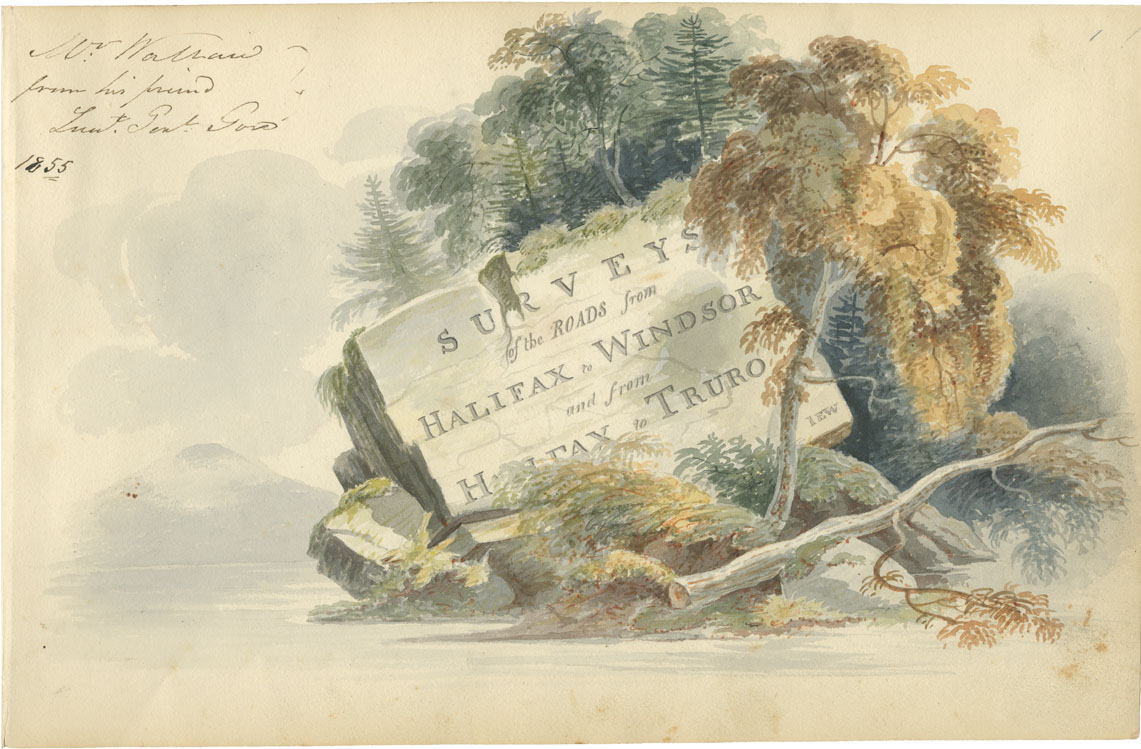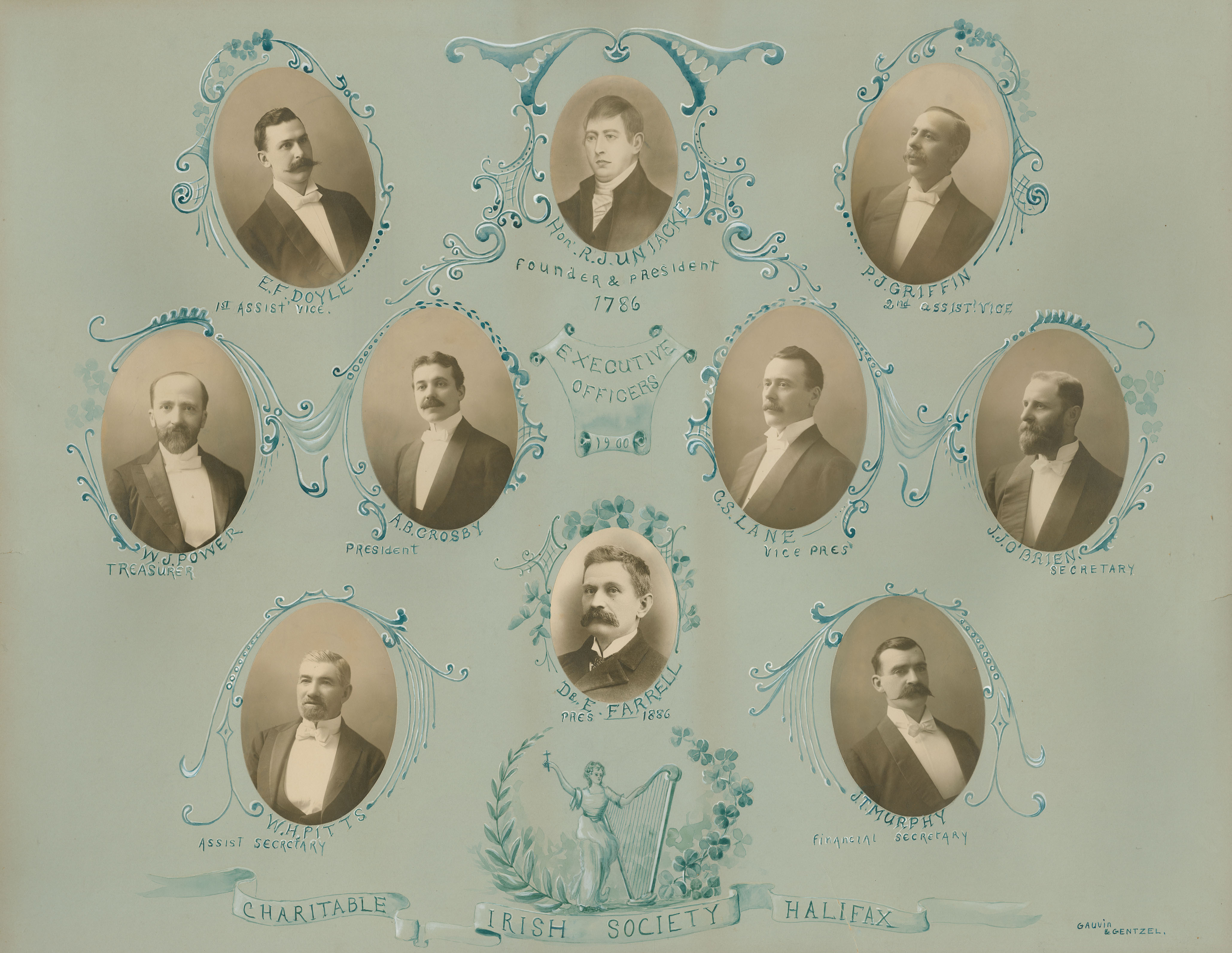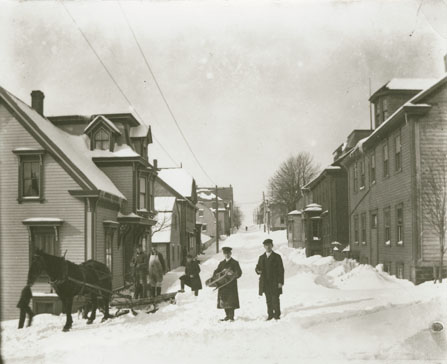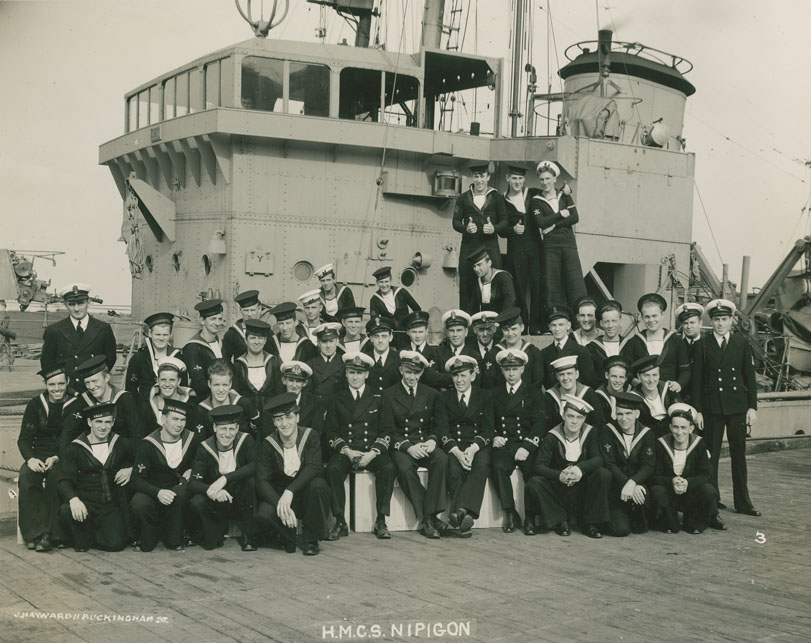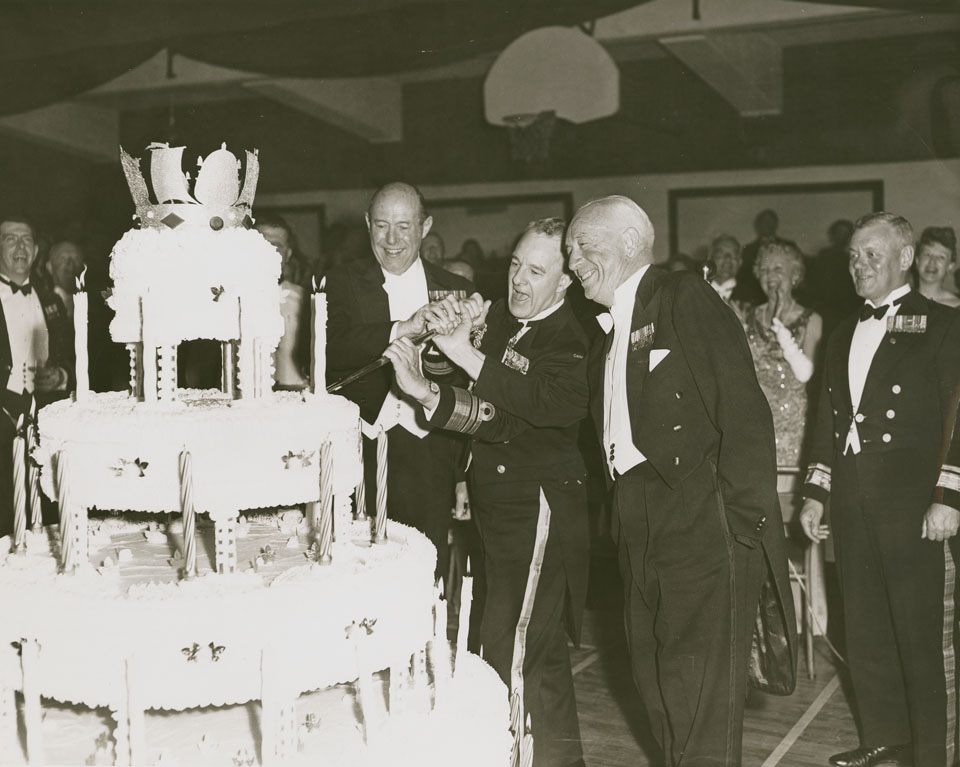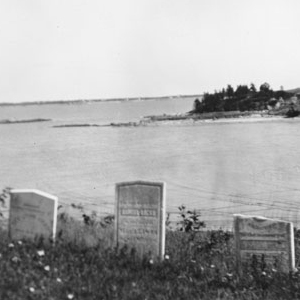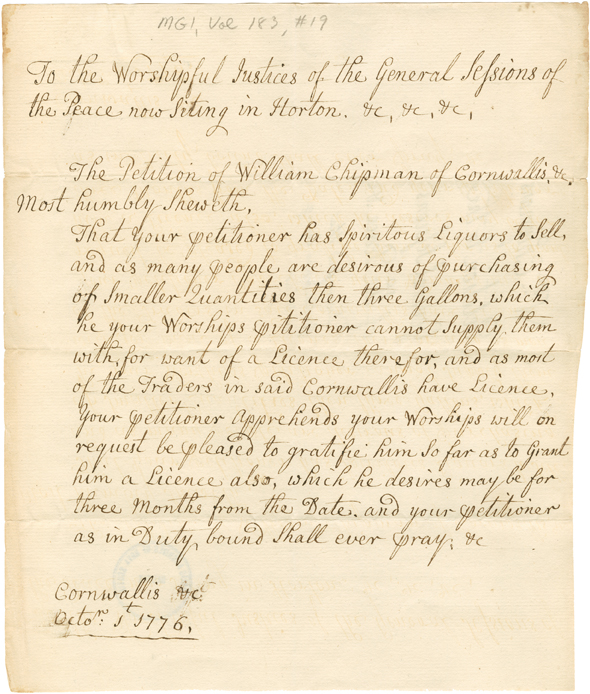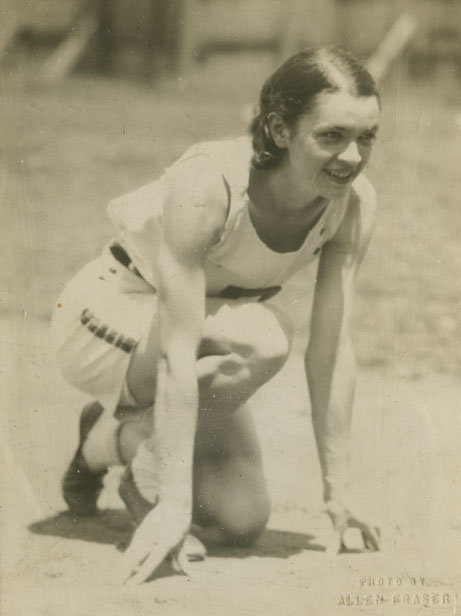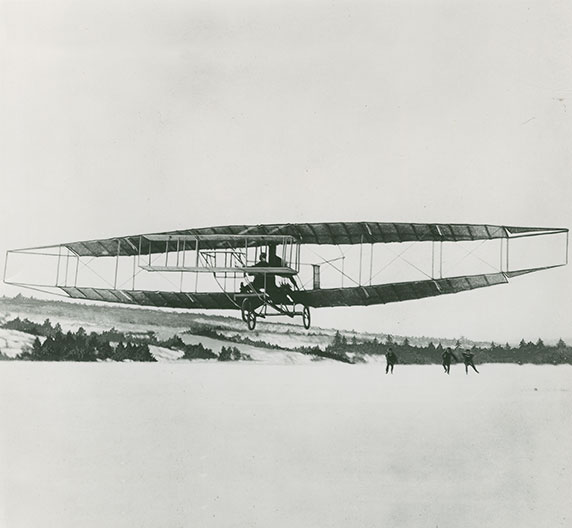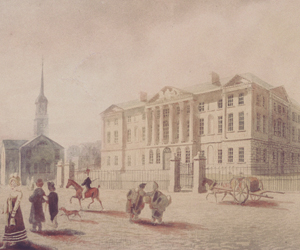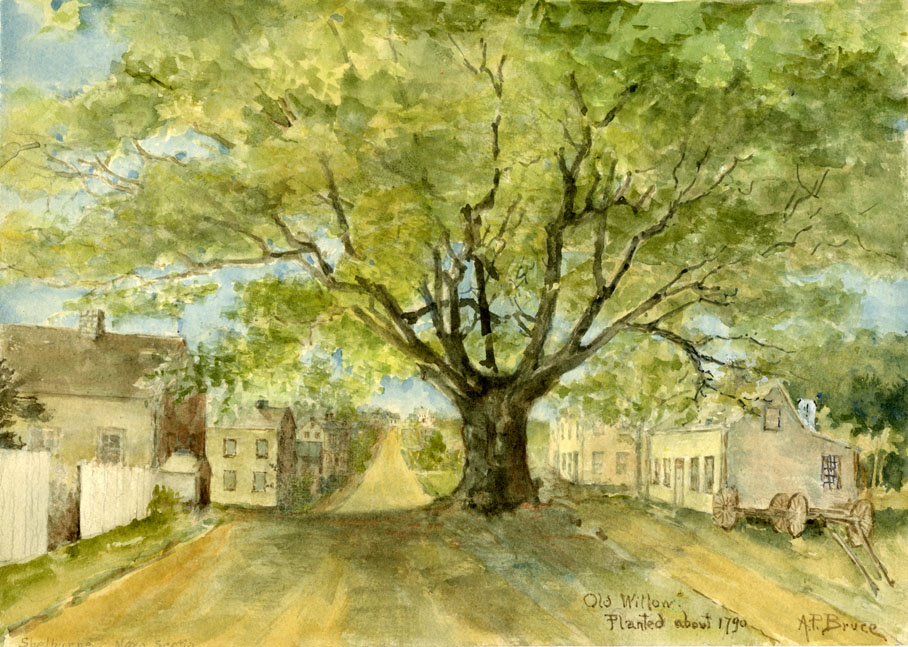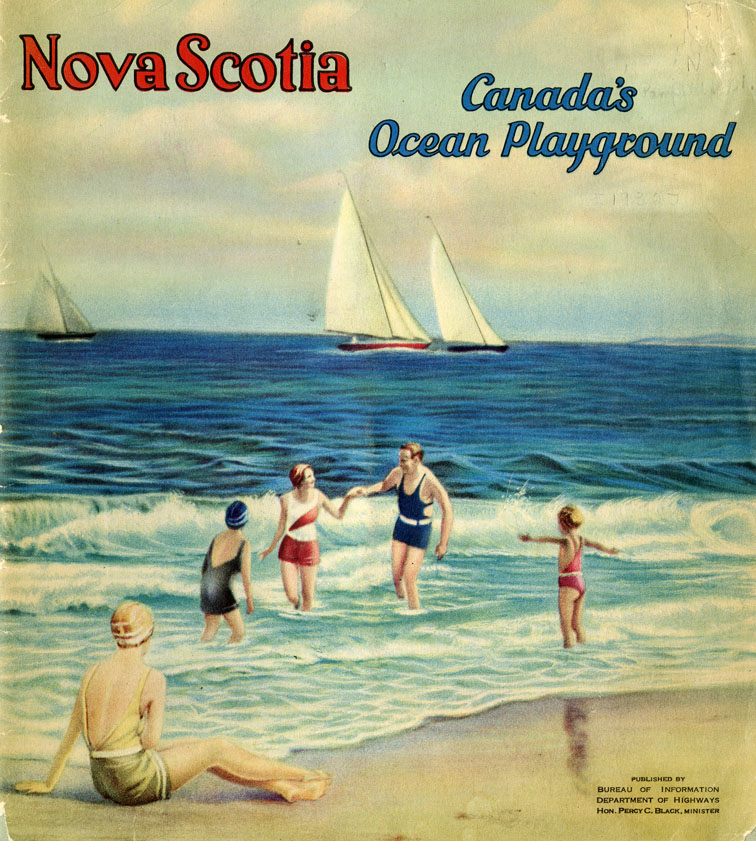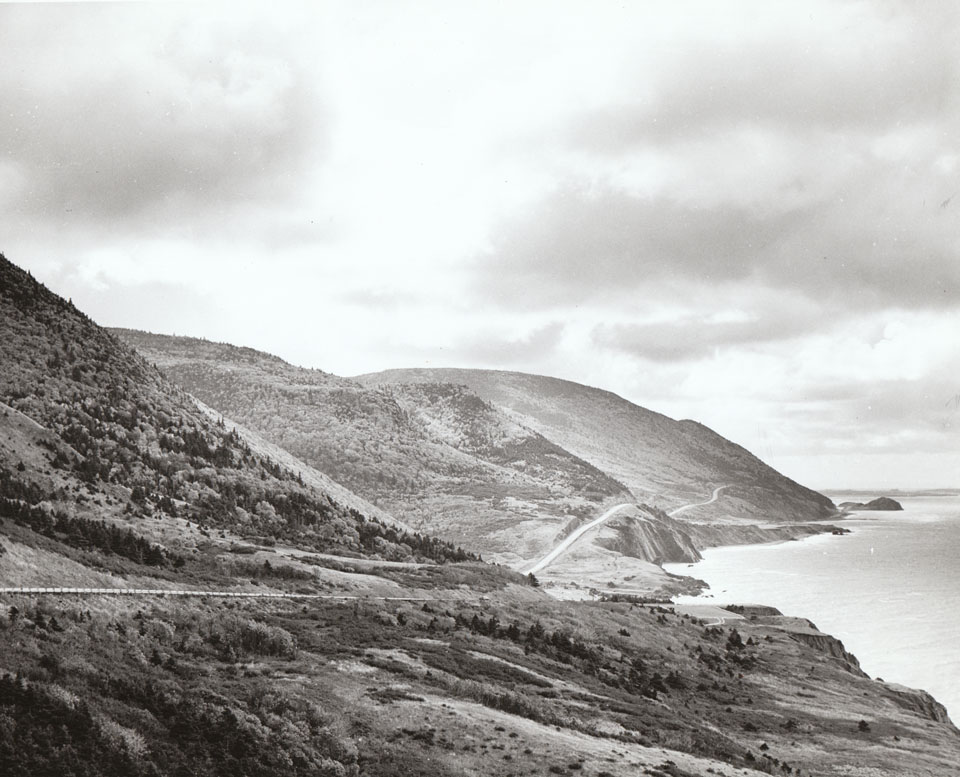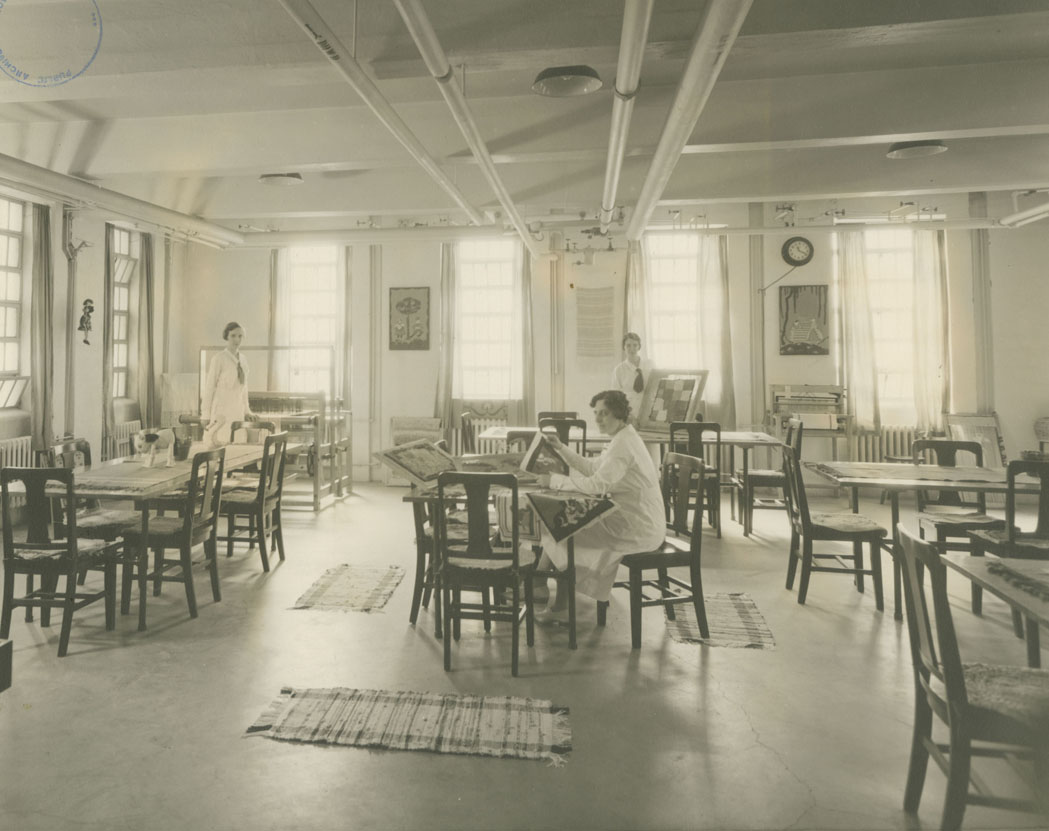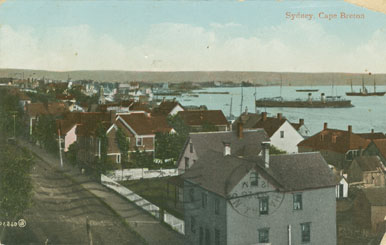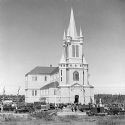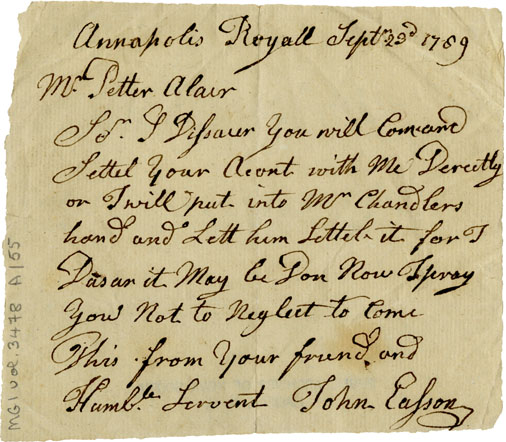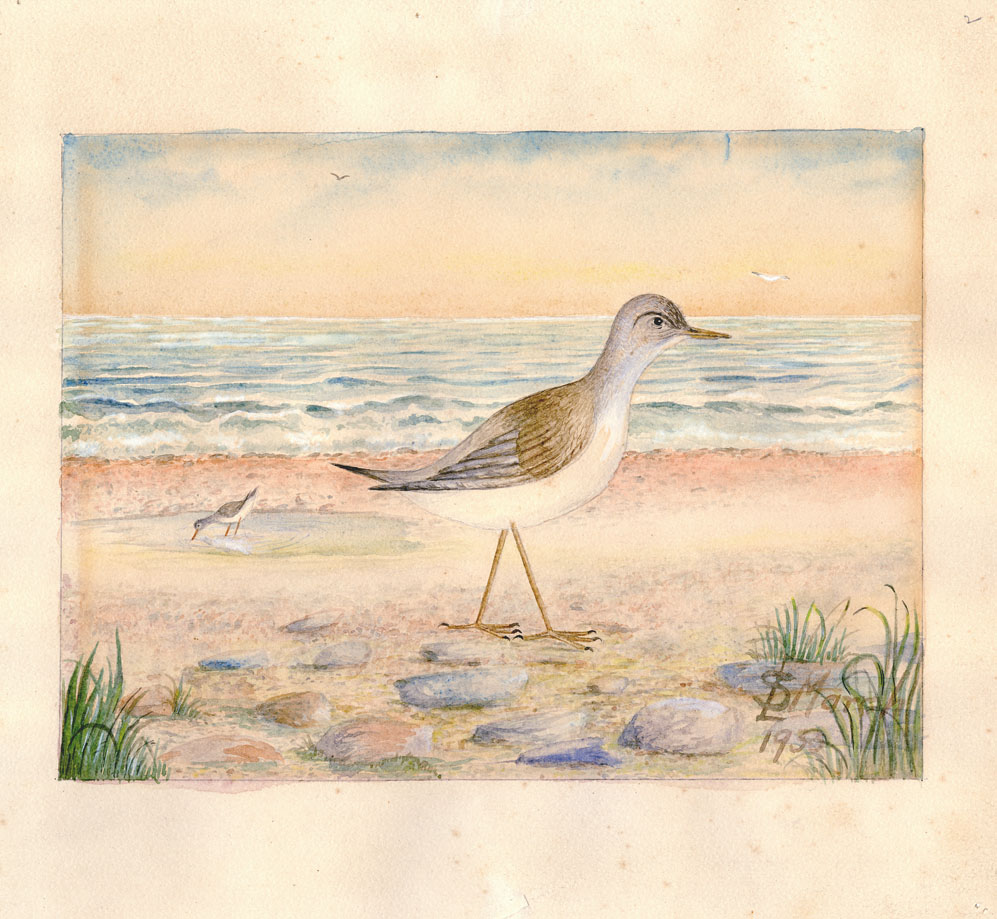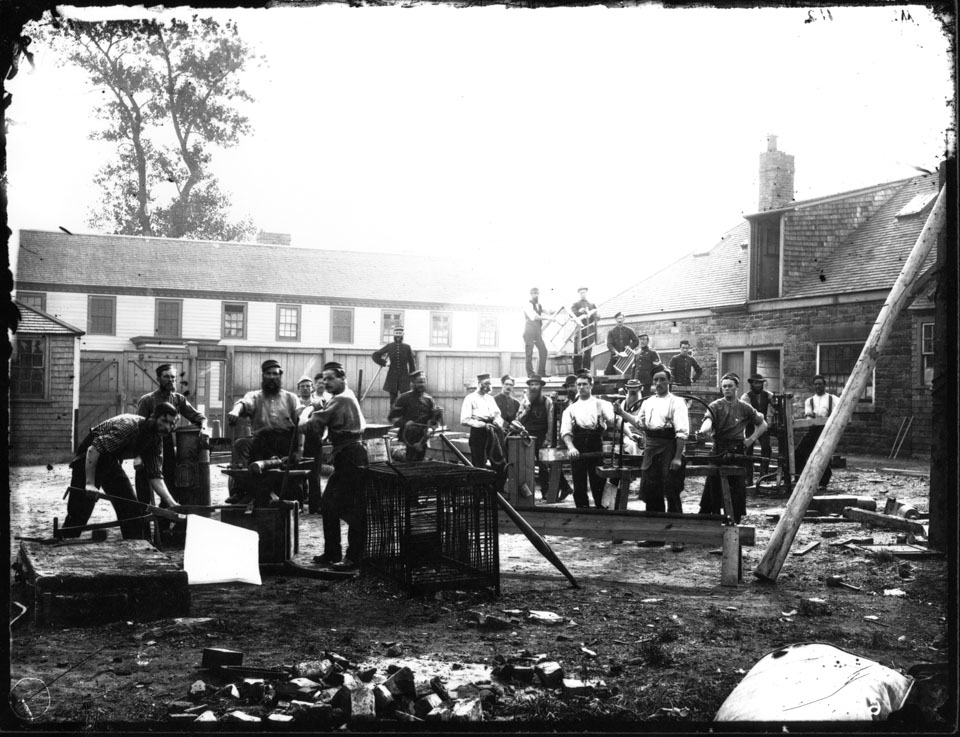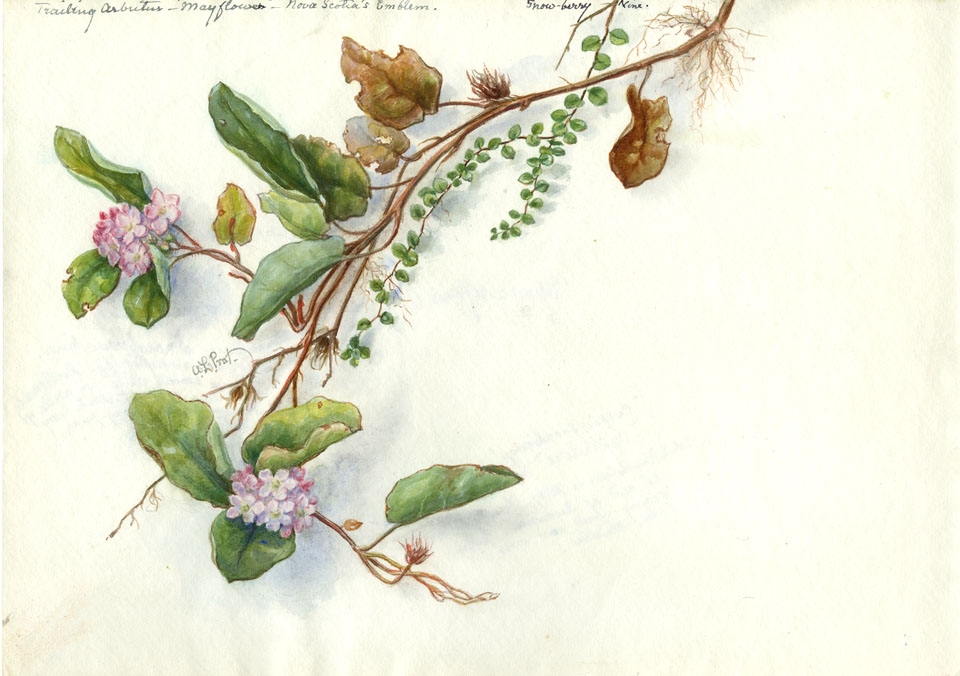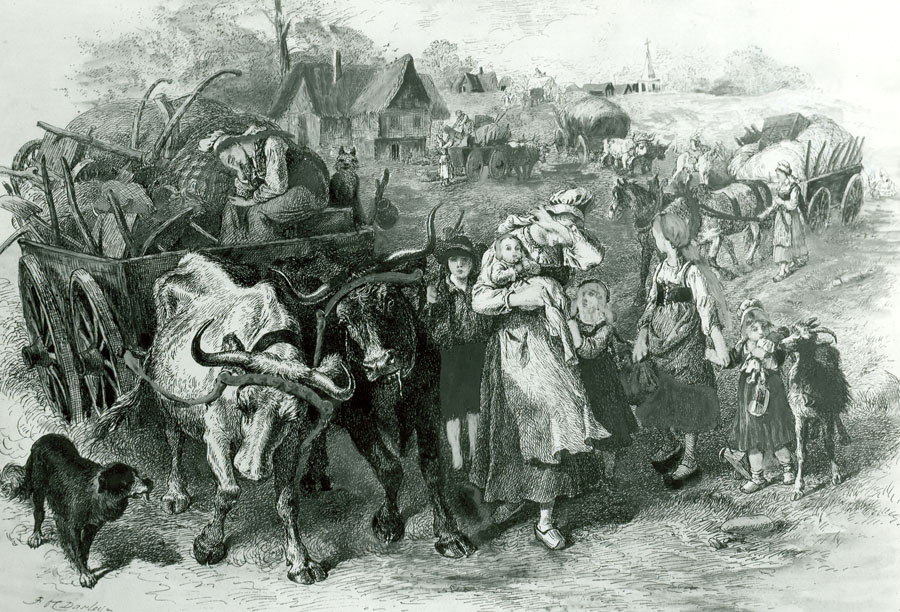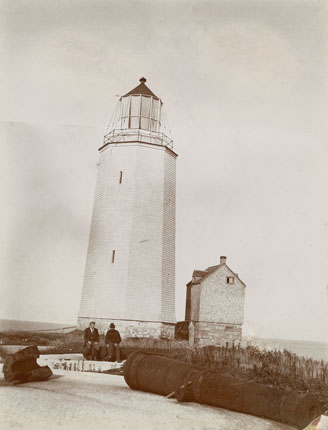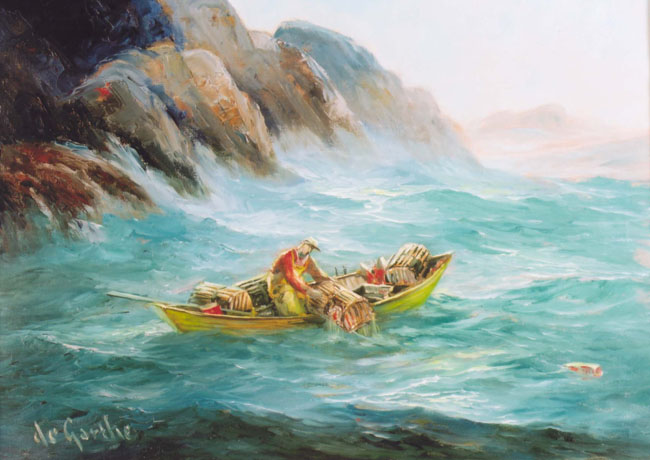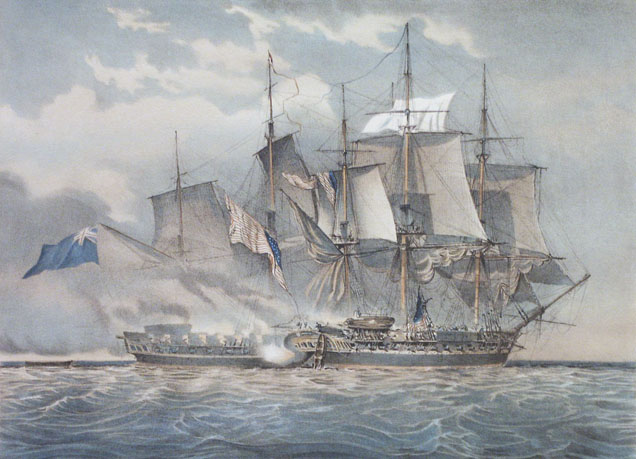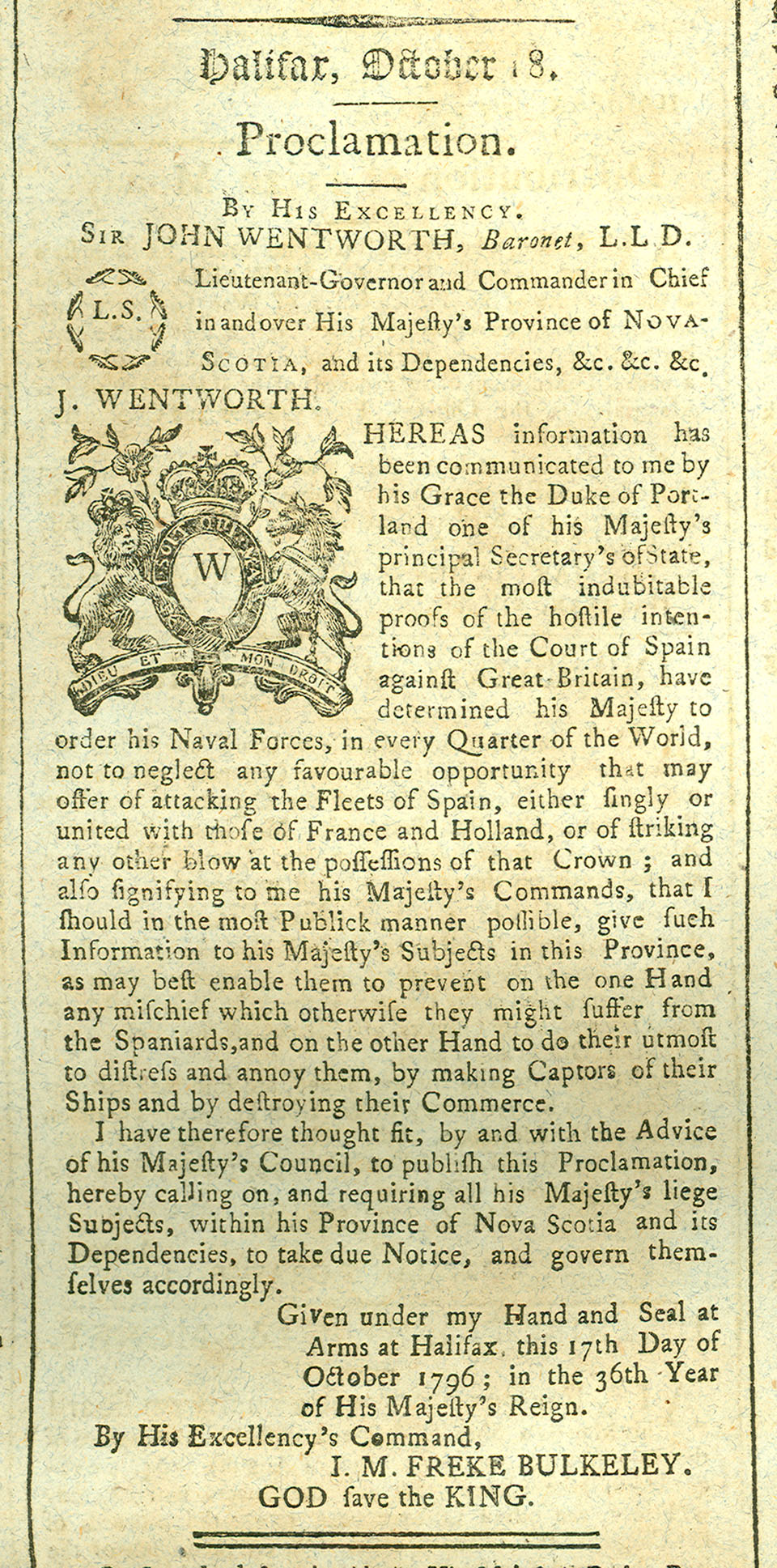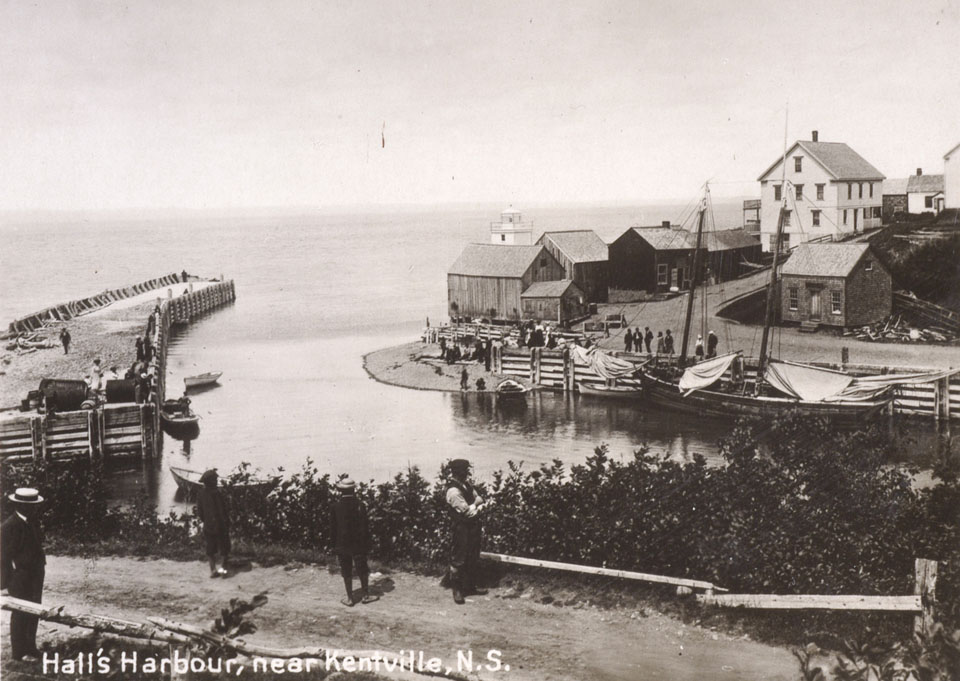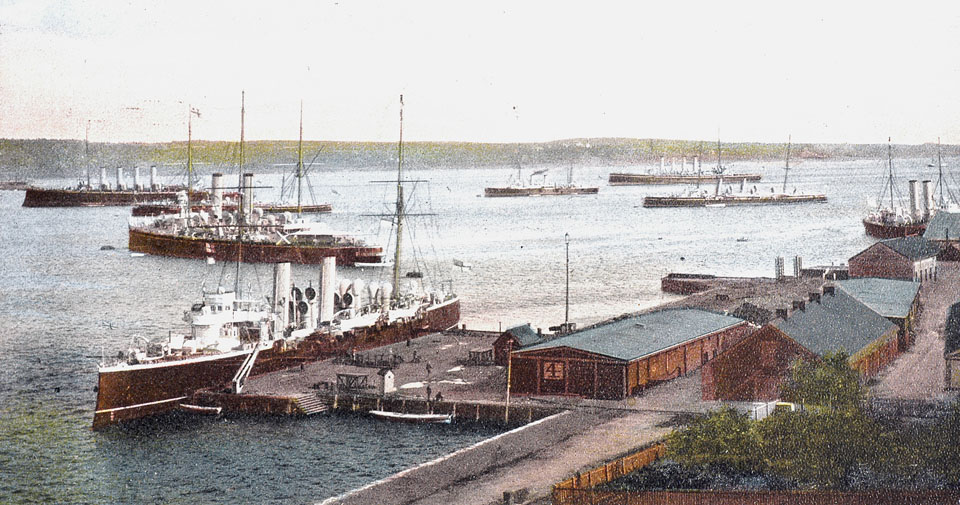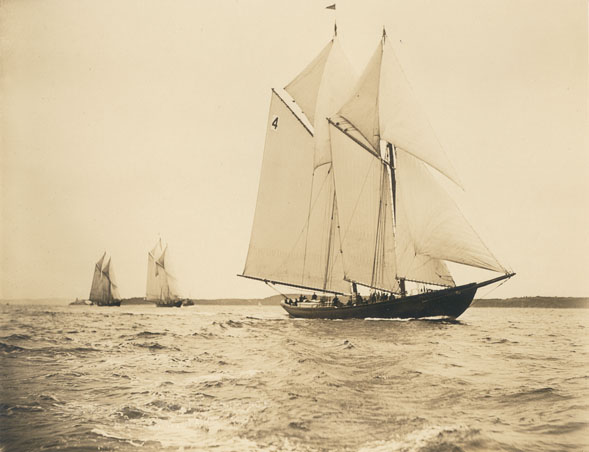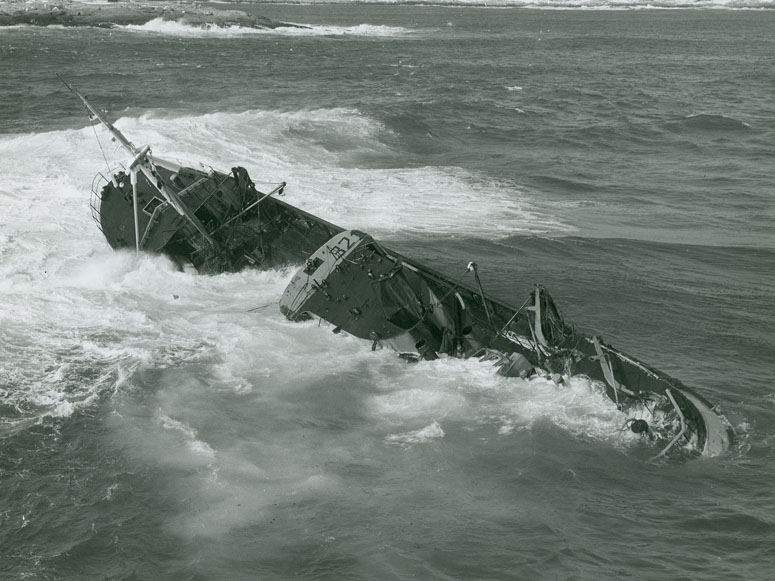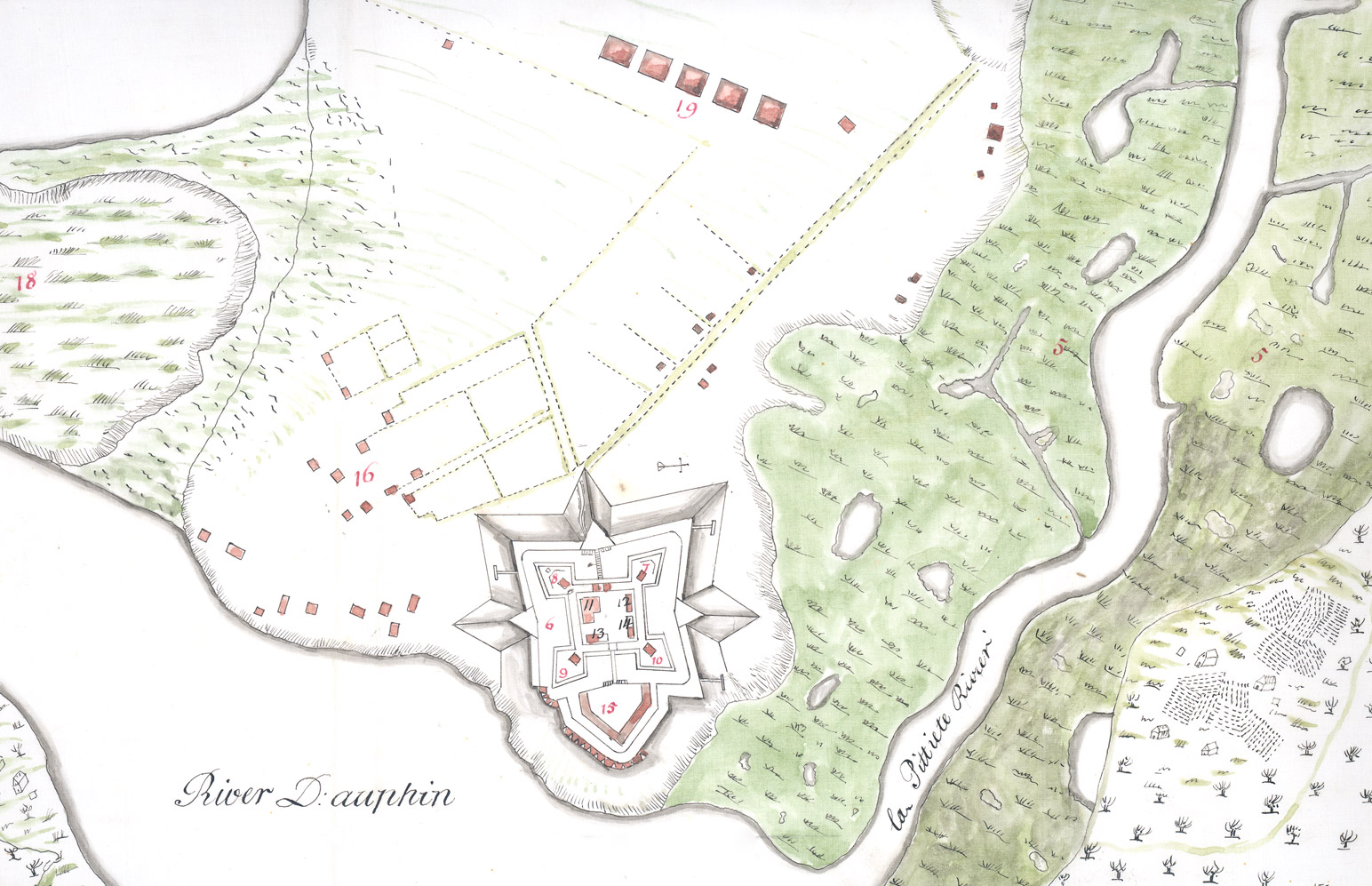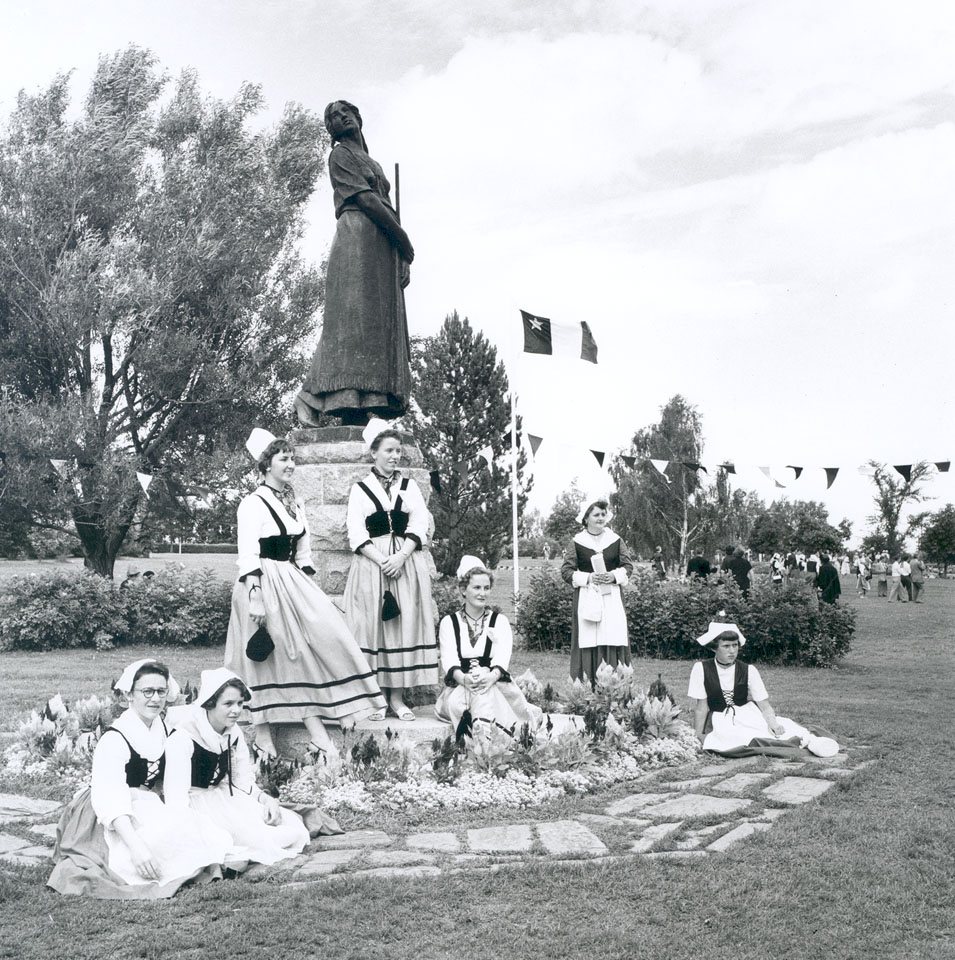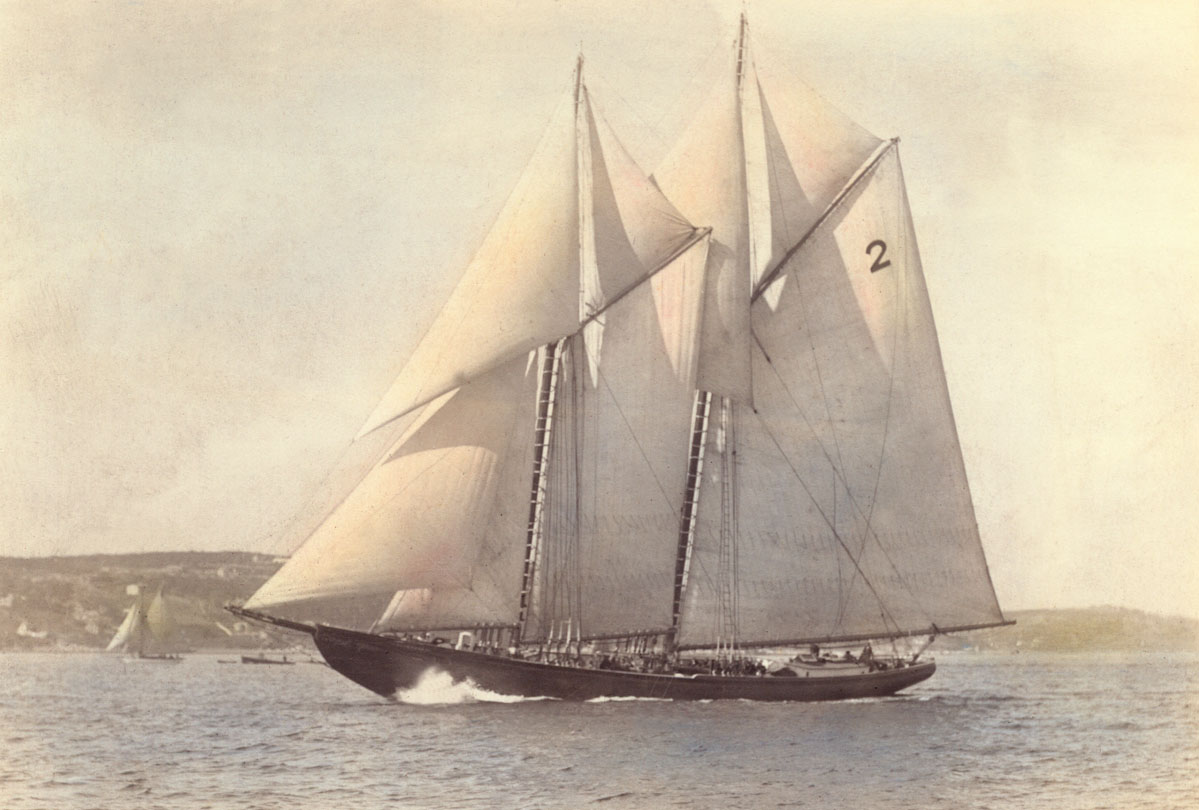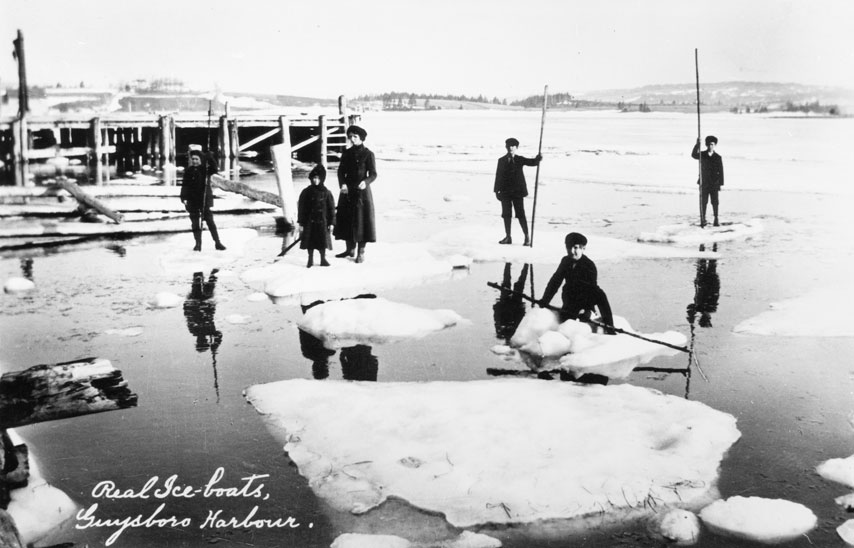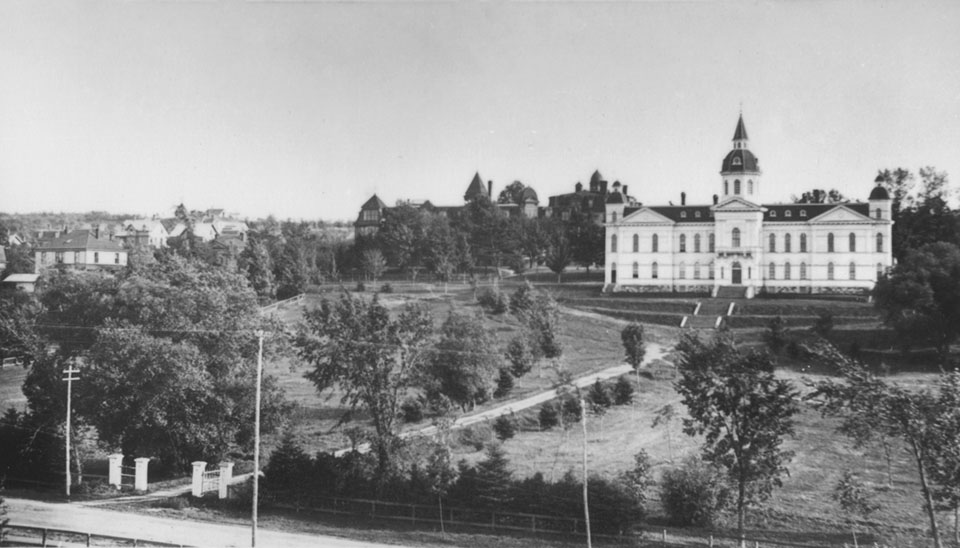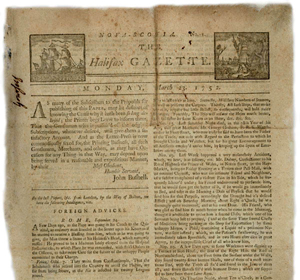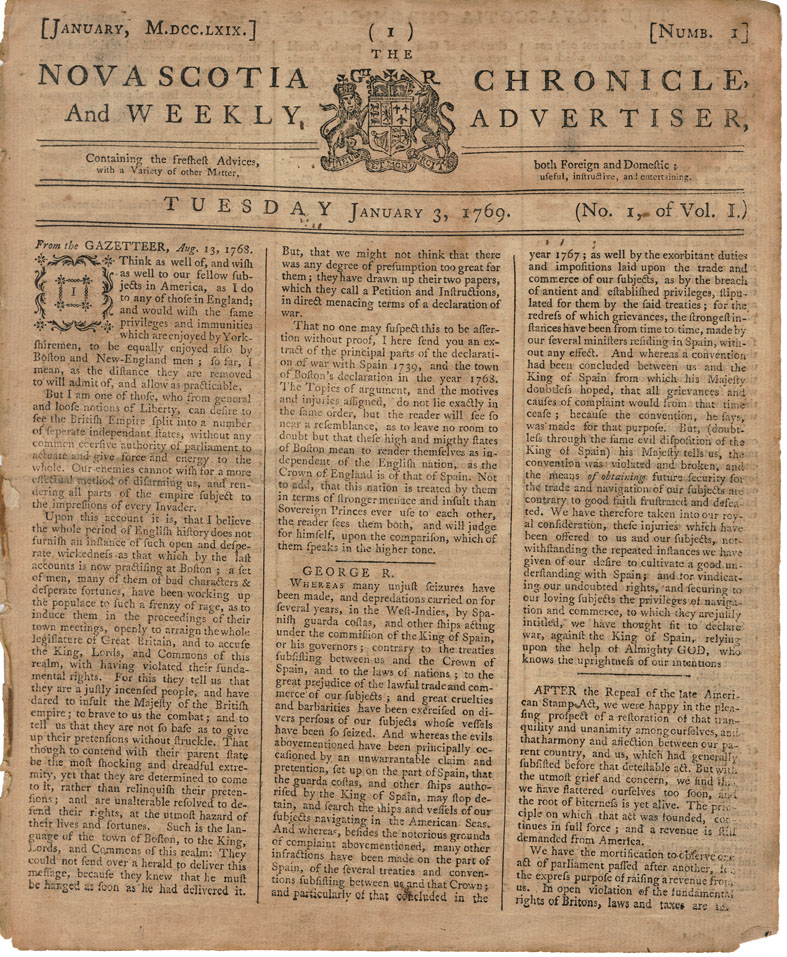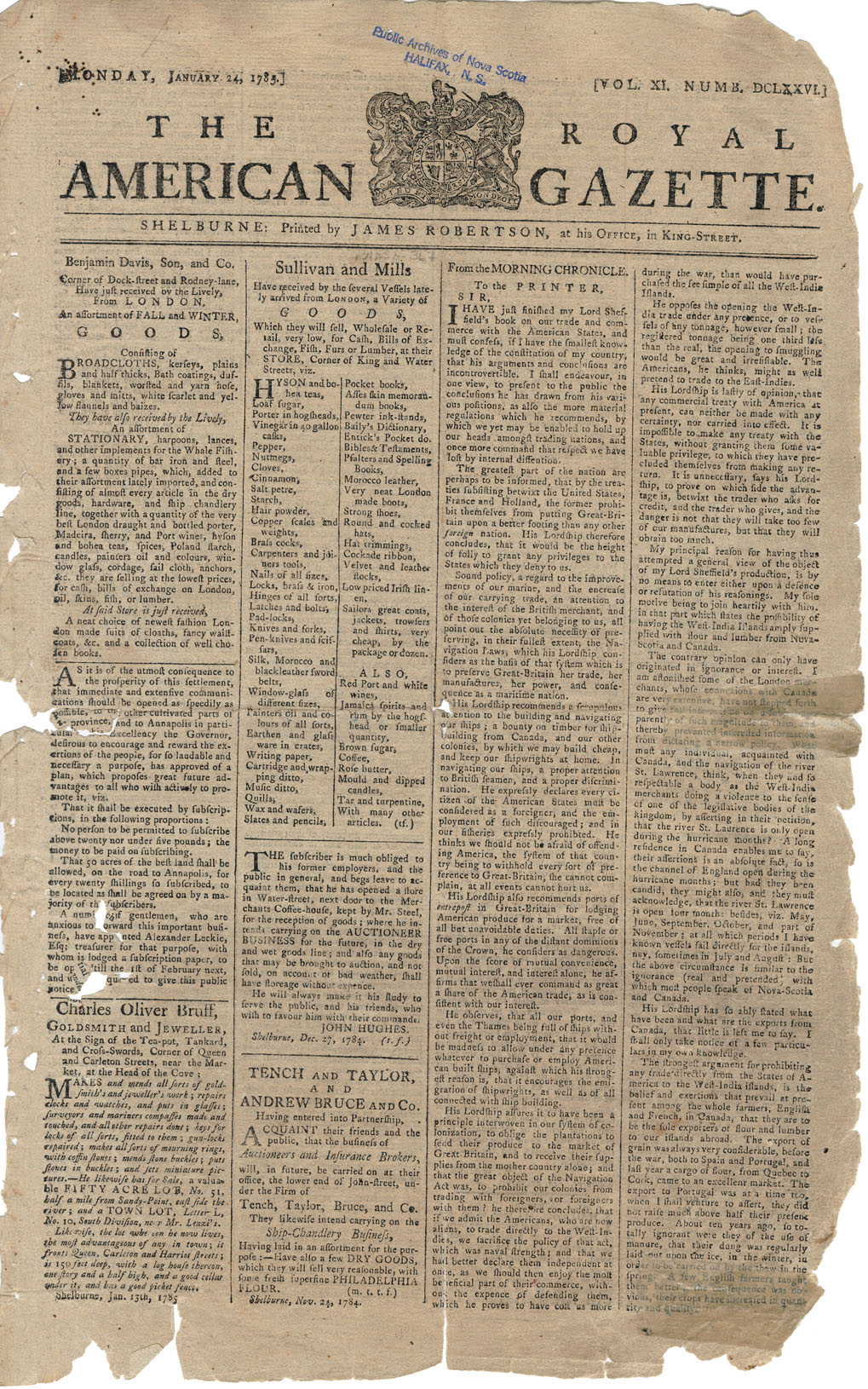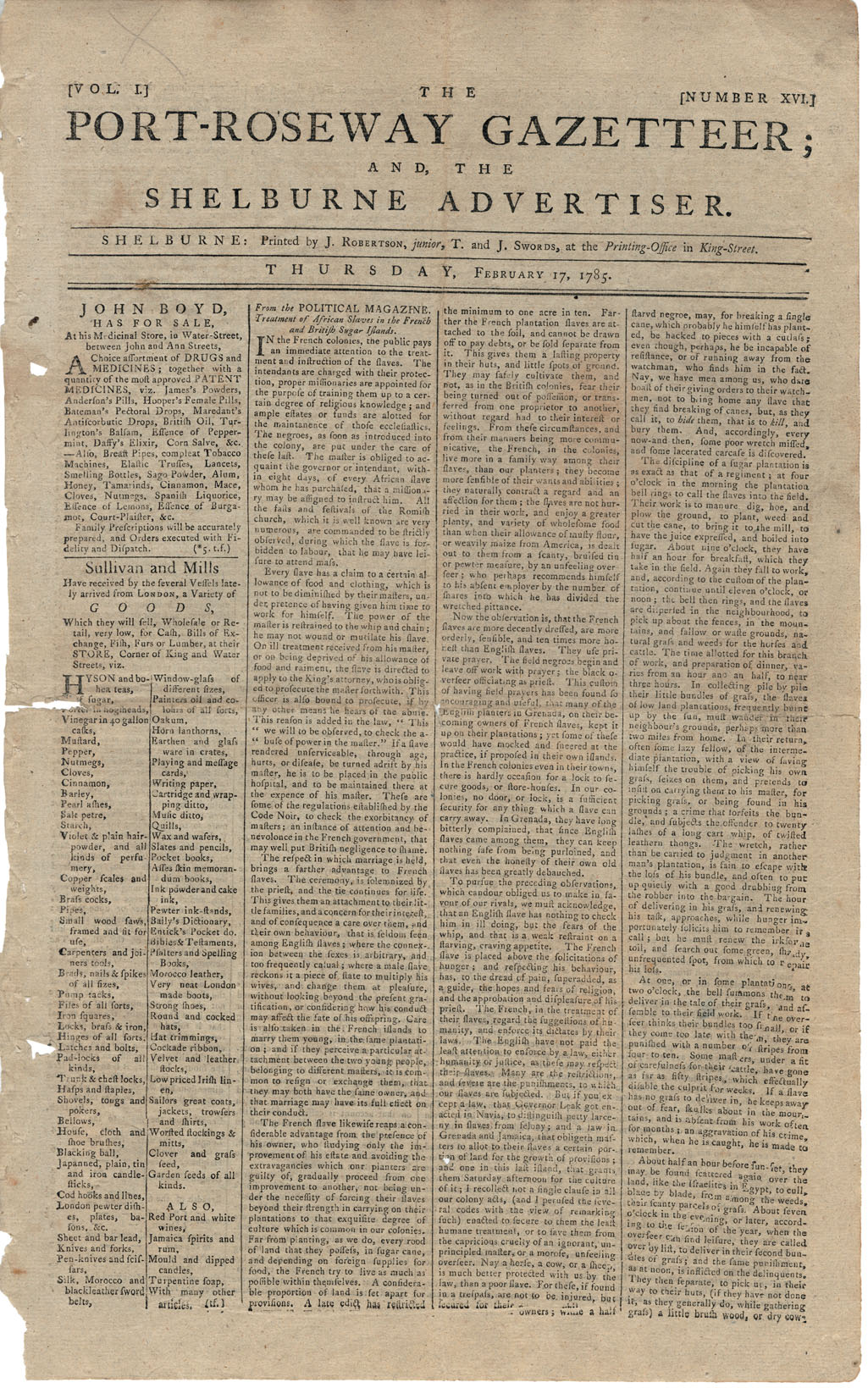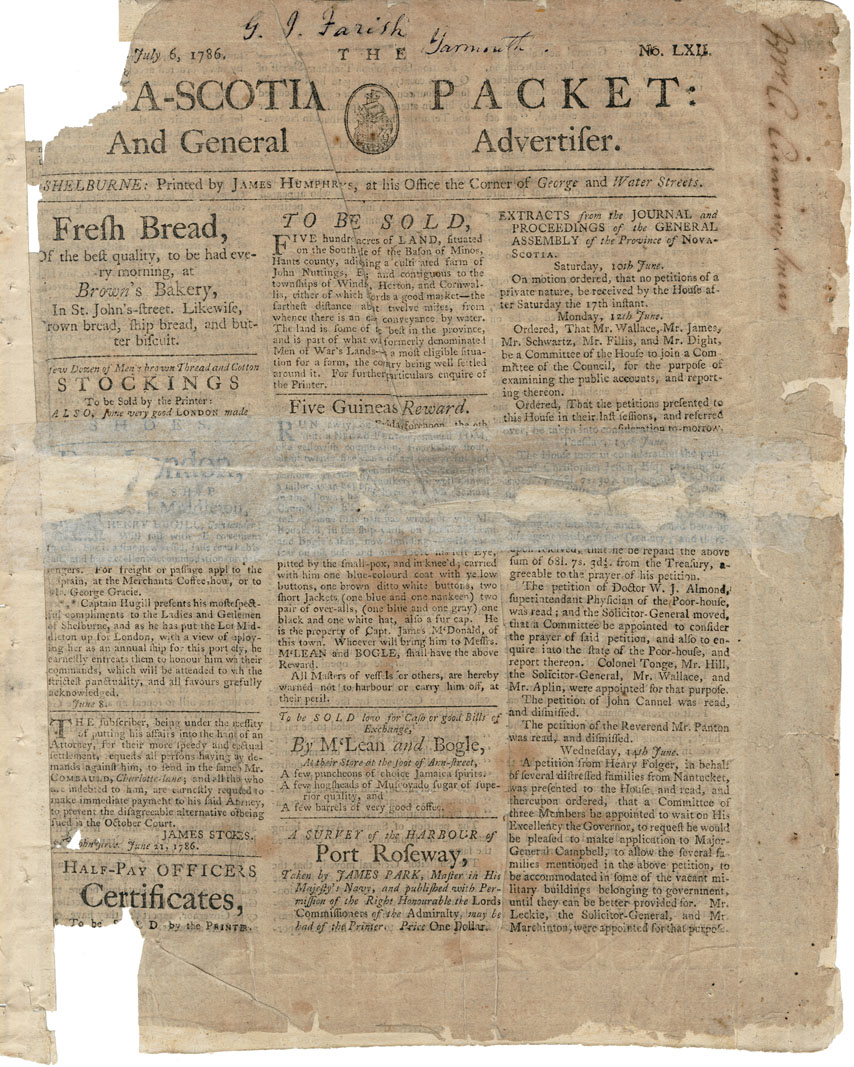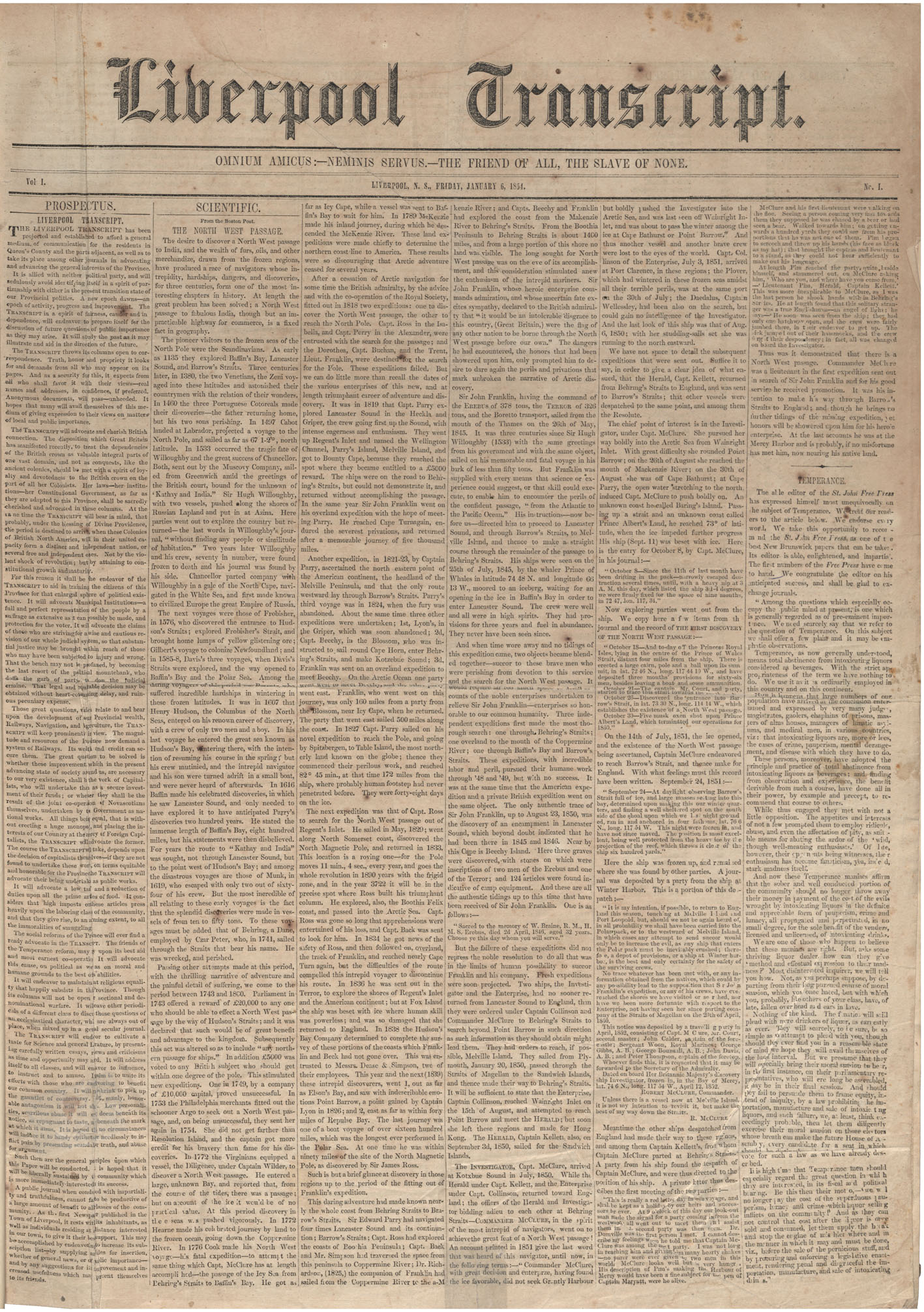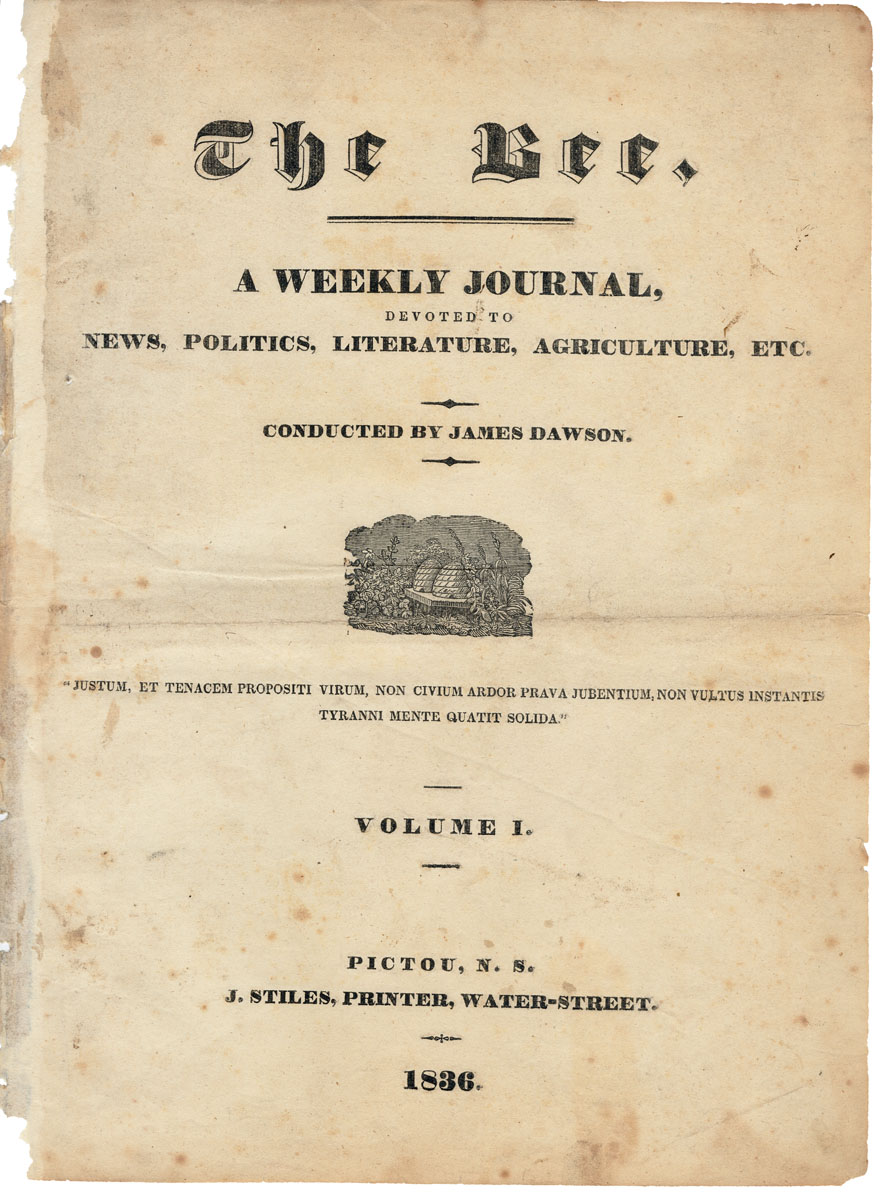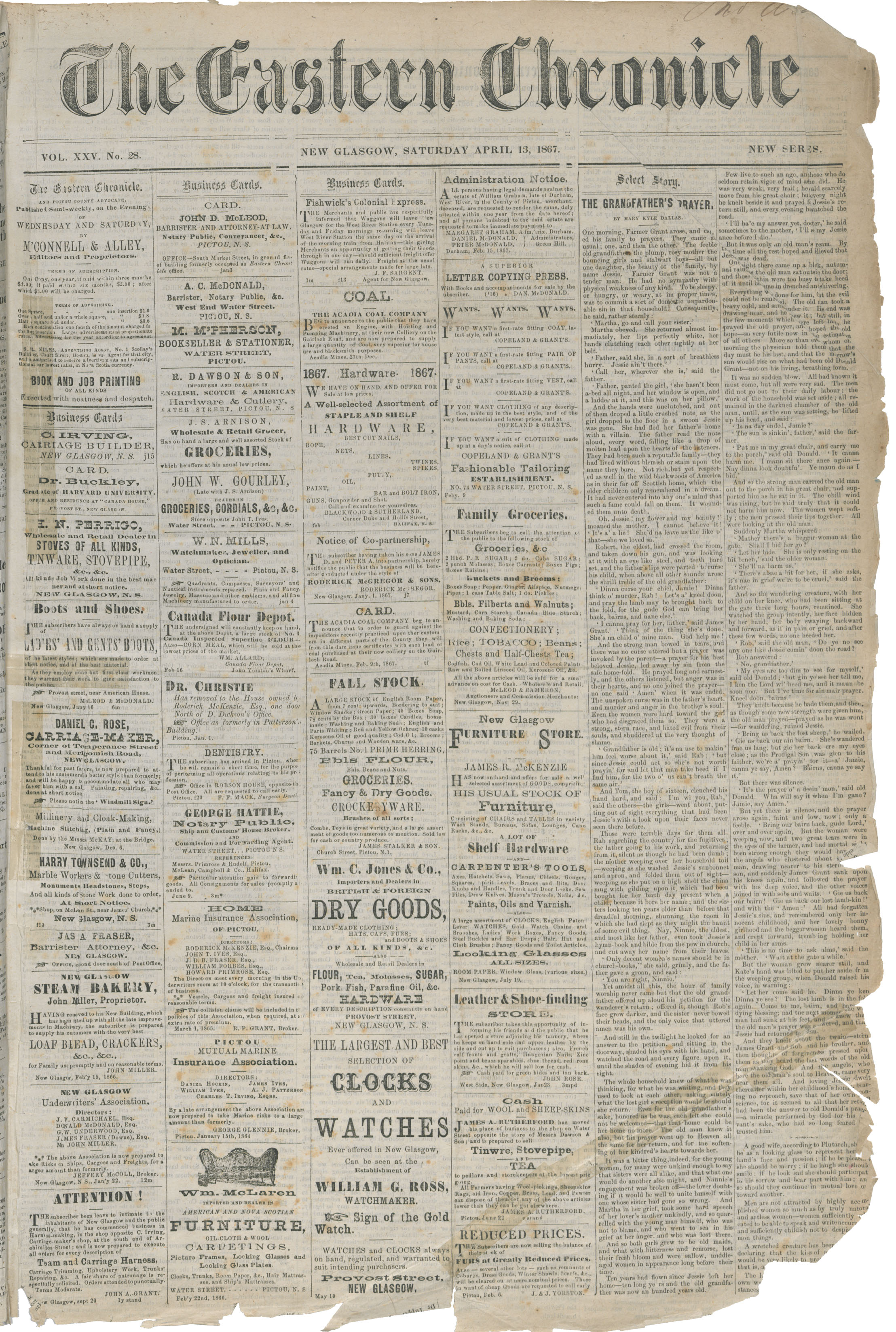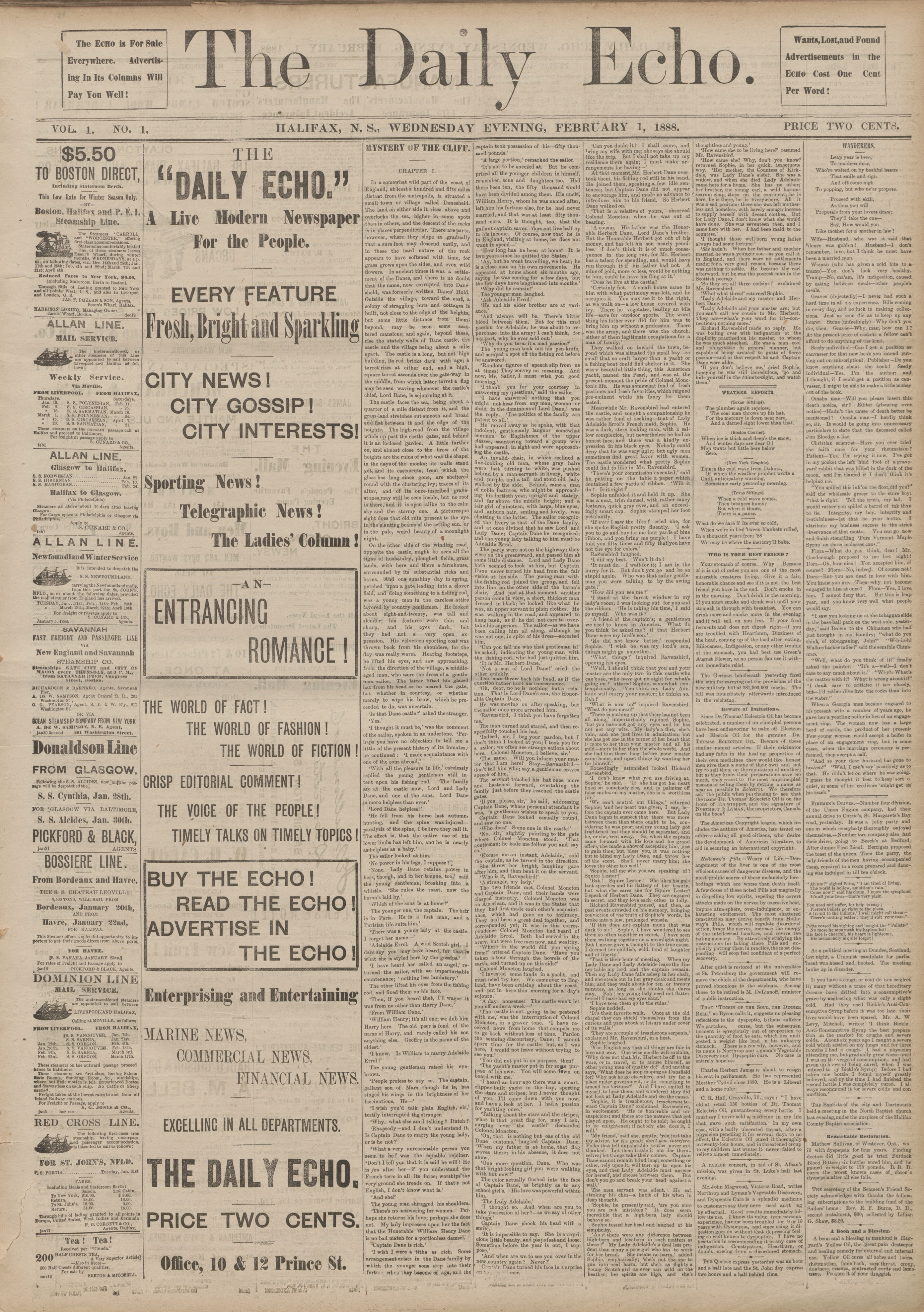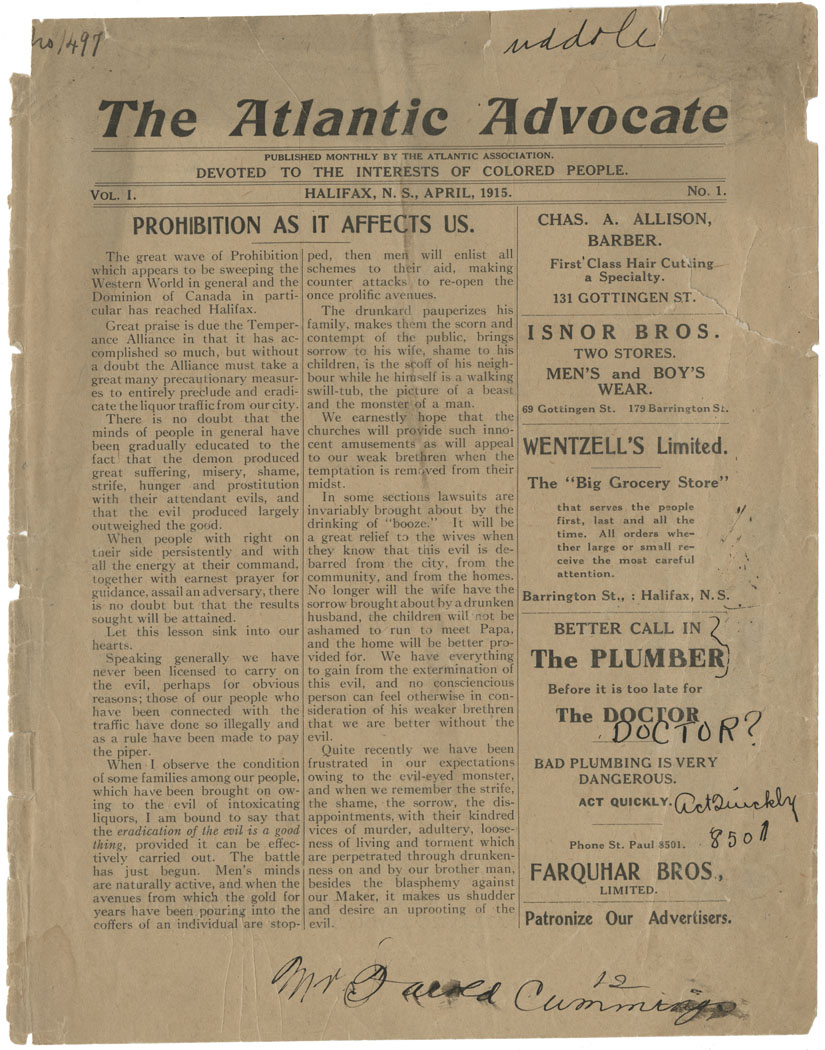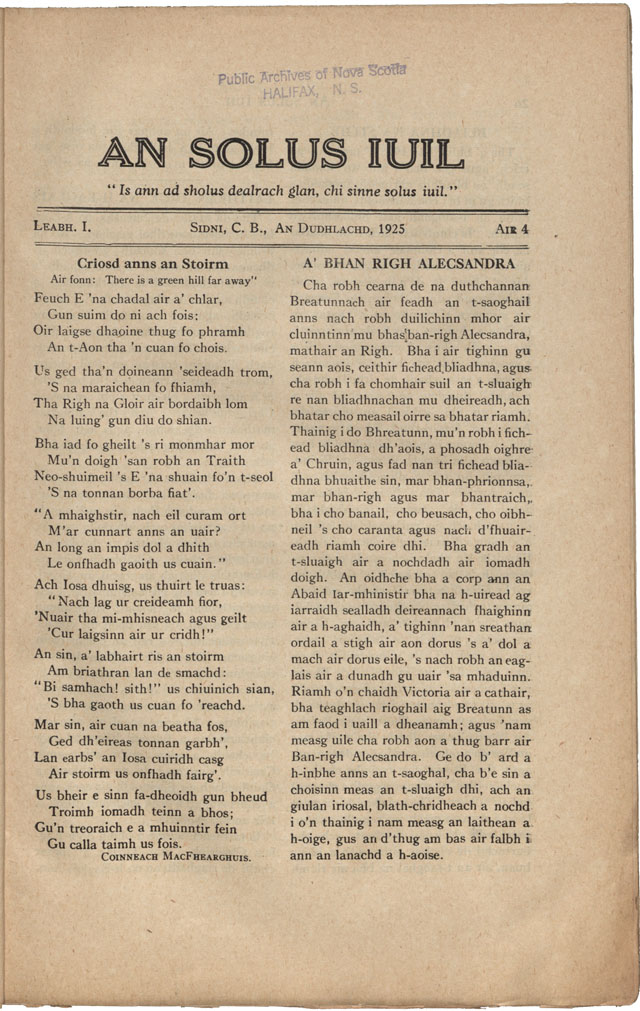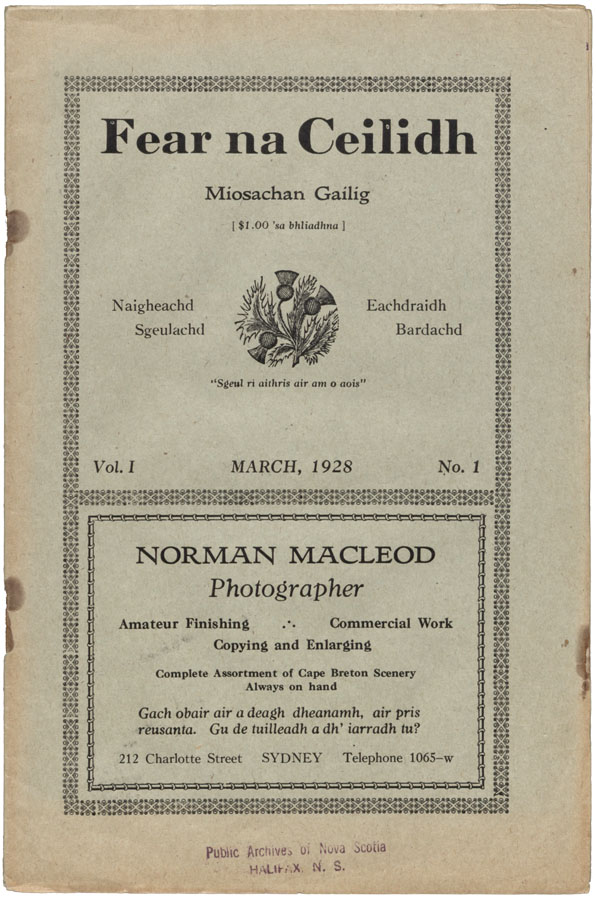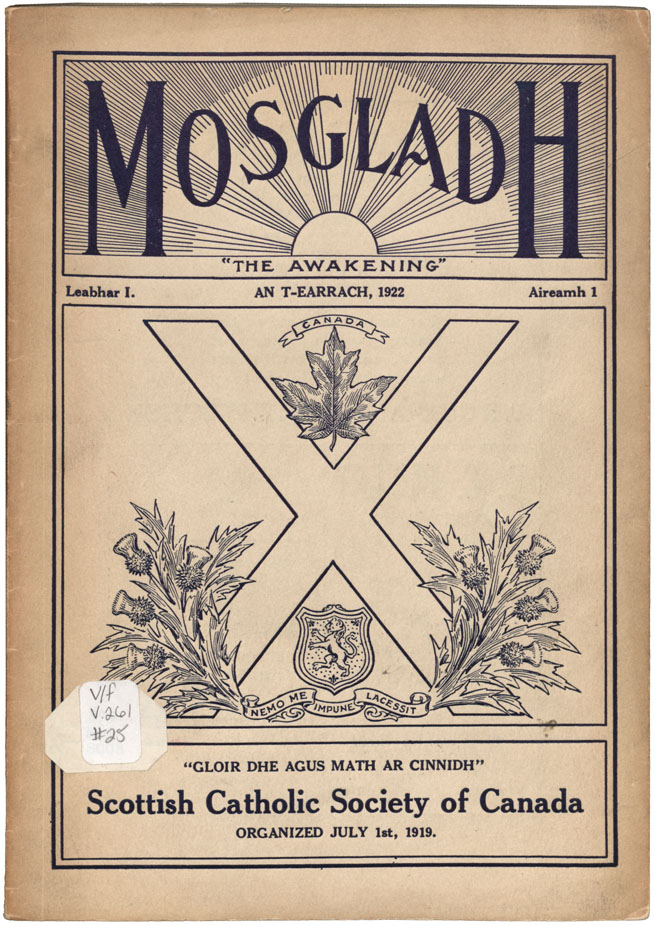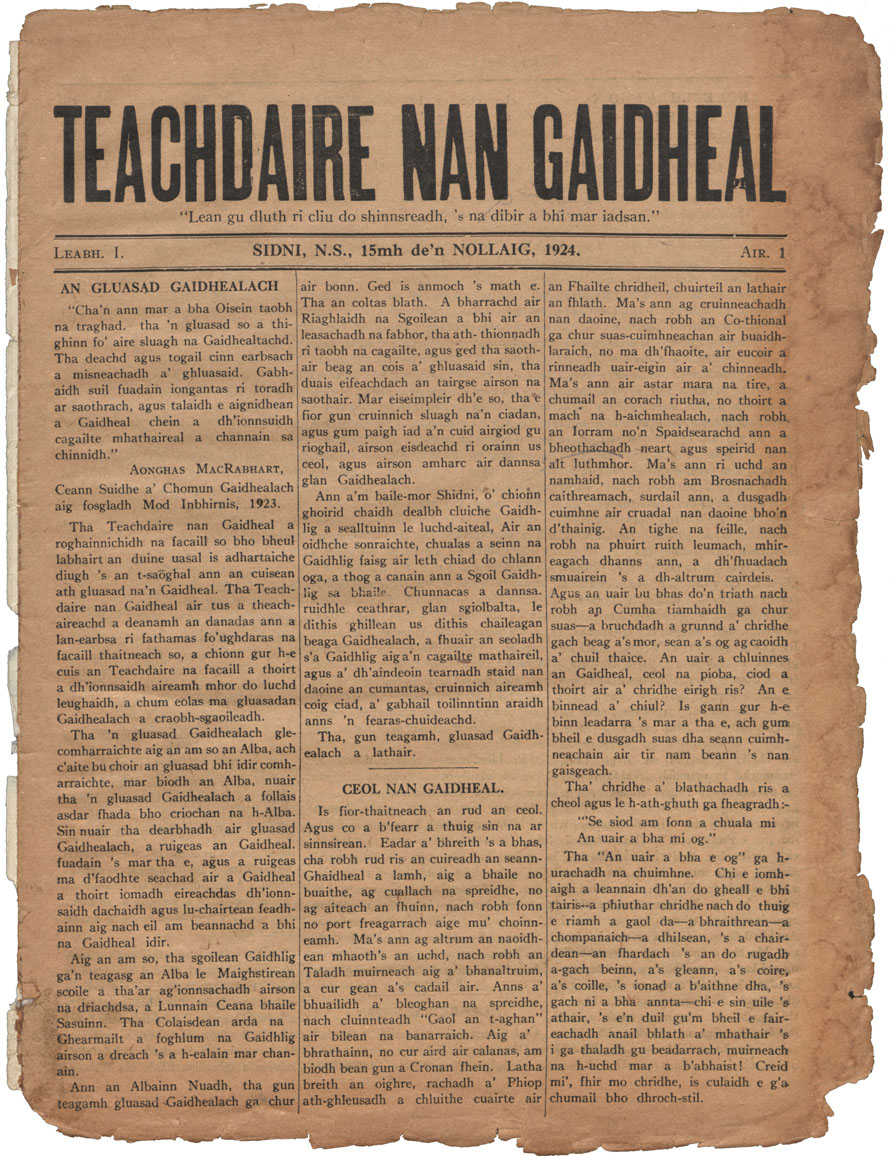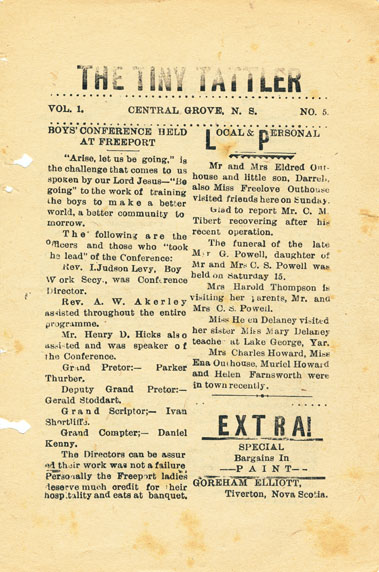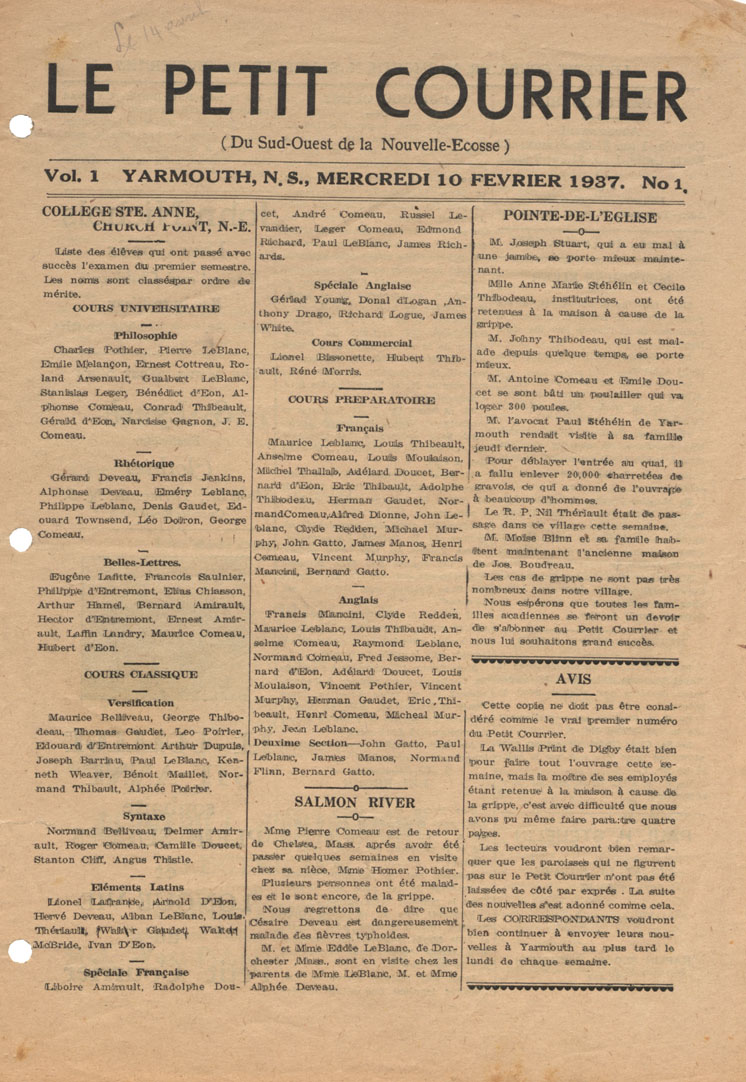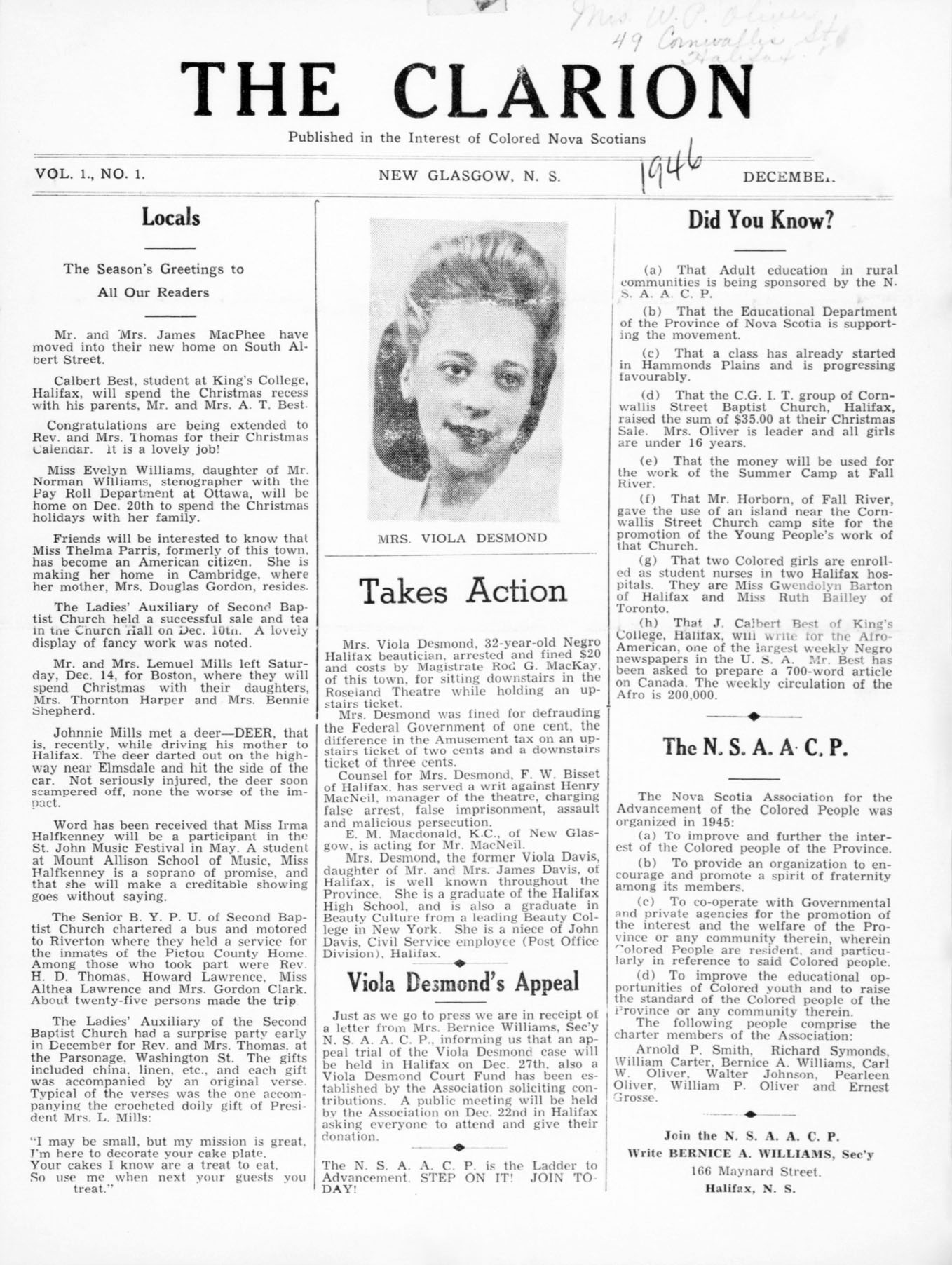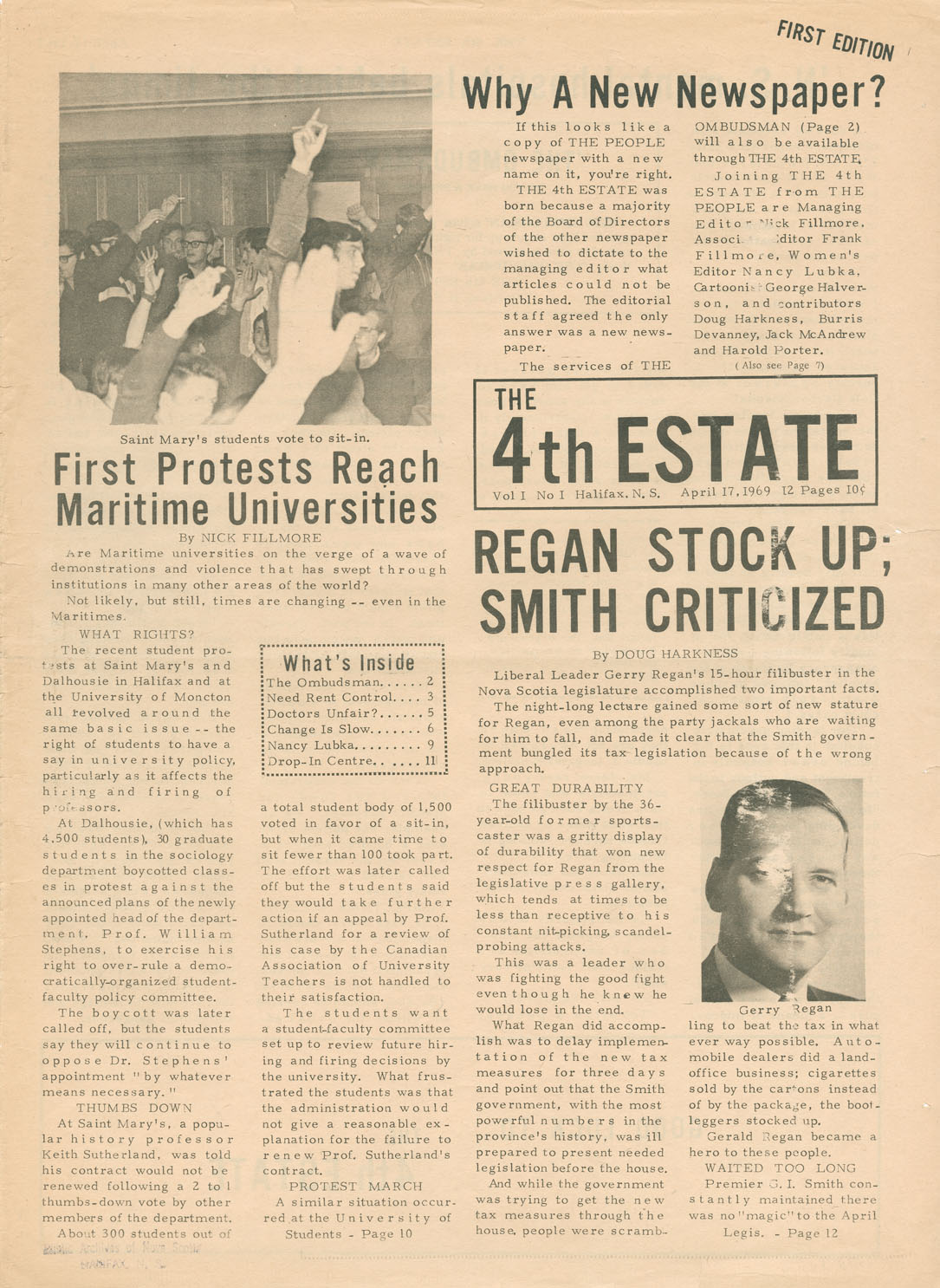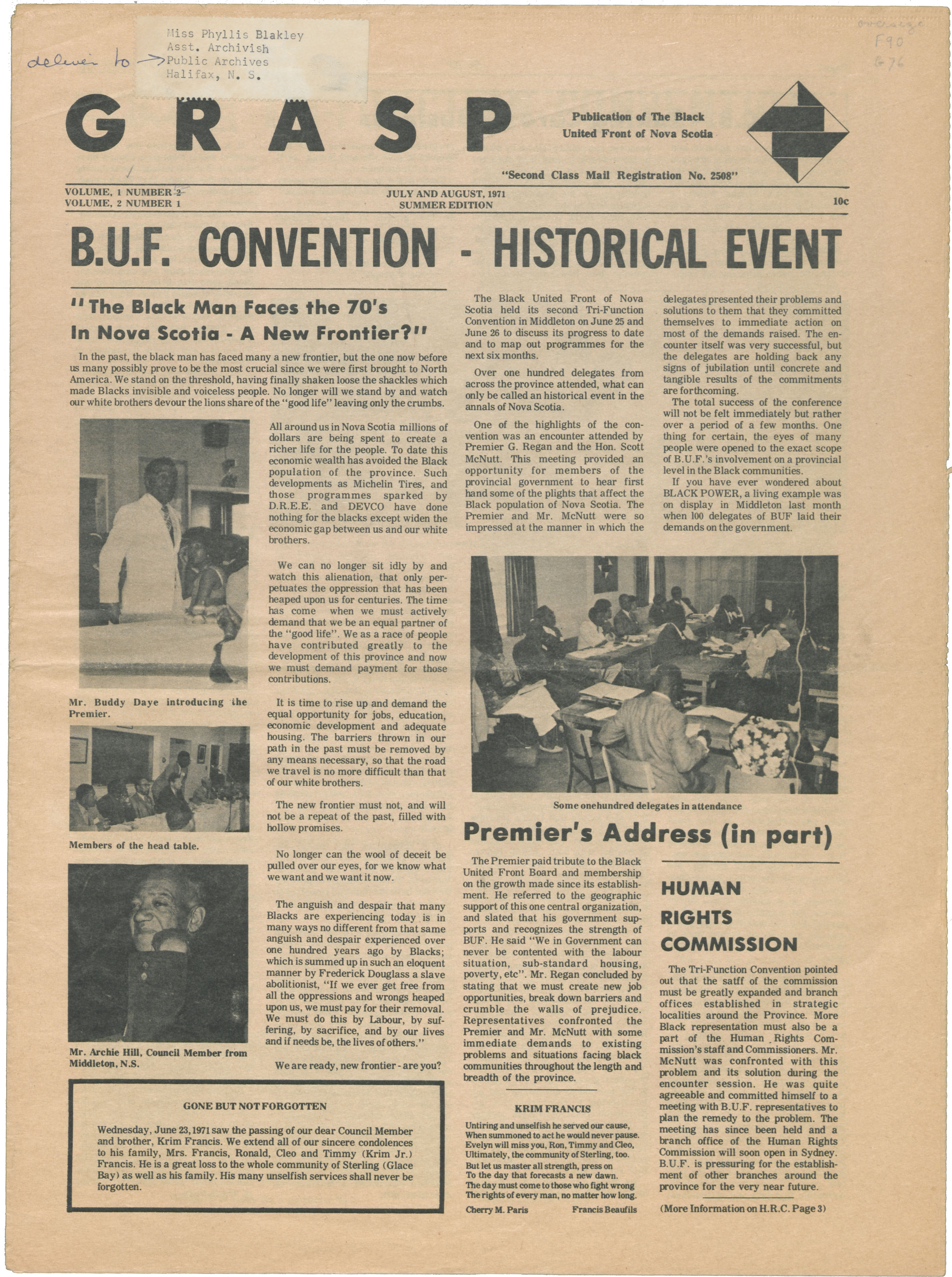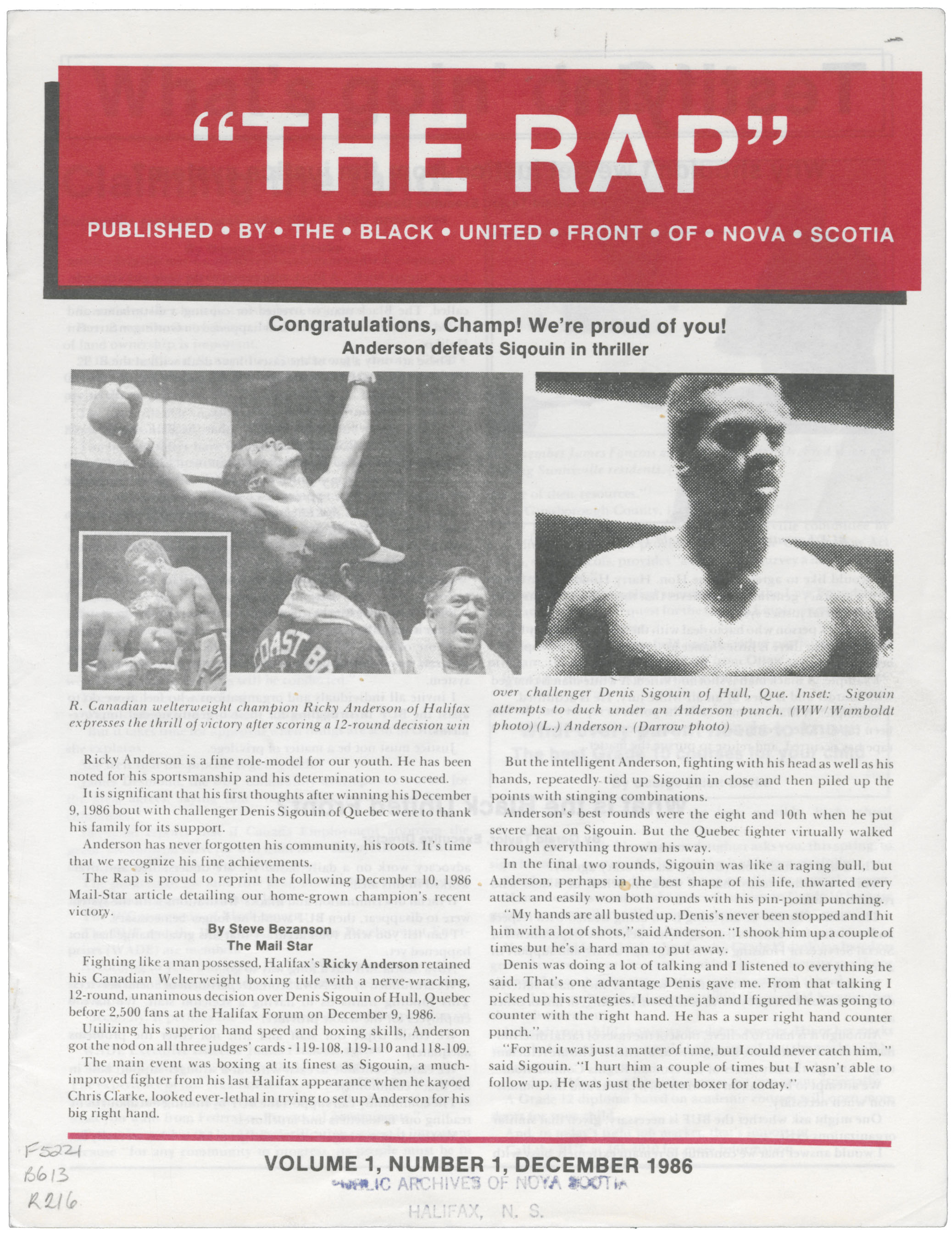Nova Scotia Archives
Virtual Archives and Databases
Some of Our Topics: Acadians | African Nova Scotians | Births, Marriages, and Deaths | Bluenose | Built Heritage | Cemeteries | Census | Churches | Communities | Cooking and Foodways | Directories | Gaelic | Genealogy Guide | Government Administrative Histories Online | Halifax Explosion | Land | Maps of Nova Scotia | Mi'kmaq | Mining | Newspapers | Nova Scotia and the Sea | Photographic Collection | Ships and Vessels | Titanic | Tourism | Transcribe | Trouver des ressources en ligne | War of 1812 | First World War | Second World War | Women of Nova Scotia | search for lots more | Nova Scotia Archives Shop
William Hall, VC
William Hall, VC (1827-1904) was the first Black person, the first Nova Scotian, and the third Canadian to receive the British Empire’s highest award for bravery, the Victoria Cross. Records included document commemorations of Hall and the search for his missing medals by Rear Admiral Hugh F. Pullen and others.
Looking Back, Moving Forward: Documenting the Heritage of African Nova Scotians
On August 1st 2021 Nova Scotia formally recognized Emancipation Day, the day named to commemorate the anniversary of British parliament abolishing slavery across its empire in 1834, freeing about 800,000 enslaved people of African descent throughout its British colonies. Recognizing the existence of slavery in Nova Scotia’s past, how it shaped centuries of our history, and its continued resonance today is vital.
No. 2 Construction Battalion: Nominal Roll
The Canadian Expeditionary Force (CEF), No. 2 Construction Battalion, was the only Canadian battalion composed of Black soldiers to serve in the First World War, and the only predominantly Black battalion ever in Canadian military history. The Nominal Roll of Officers, Non-Commissioned Officers and Men, No. 2 Construction Battalion (March 1917), provides fully-searchable access to significant biographical and family information about these enlisted men and officers.
Gone but Never Forgotten: Bob Brooks' Photographic Portrait of Africville in the 1960s
Photojournalist Bob Brooks visited Africville on several occasions, capturing the look and spirit of the community on the eve of its demolition. This exhibit features Brooks' compelling photos of everyday life in the Halifax community, as well as the public meeting at Seaview African United Baptist Church in August 1962, where residents expressed their opposition to the City's plans for relocating them.
Viola Desmond
Viola Desmond was an African Nova Scotian businesswoman, who in 1946 challenged the province's systemic racial discrimination in a way that marked a watershed moment for civil rights in Canada. These records include surviving legal documents from the Magistrate’s Court and the Supreme Court, representative provincial newspaper coverage from the time, and background information.
African Nova Scotian Diaspora
Government documents relating to early African Nova Scotian settlement patterns have been digitized and are fully searchable in this resource. Many of these documents contain the names and reflect the experiences of Black Refugees who came to Nova Scotia at the close of the War of 1812.
African Nova Scotians in the Age of Slavery and Abolition
This thematic virtual exhibit explores the lives of the early black settlers in Nova Scotia through a digitized selection of government documents, letters, newspaper articles, maps and works of art. Fully searchable, this resource contains the names of around 5000 African American immigrants who came to Nova Scotia in 1783 and 1815-16. Also featured are photographs of early black settlements in Nova Scotia and descendants of the original settlers, 1880-1955.
The Gazette, Glace Bay
The Gazette, Glace Bay, "Nova Scotia's Independent Newspaper" began as a daily in 1904. Published by the Gazette Publishing Company, its manager in 1909 was John Byrenton, who was replaced in 1923 by A.D. MacNeil. The Nova Scotia Archives is the only known repository with issues from 1937 to 1947 (NOTE 1937-1938 online now). In August 1942 The Gazette was purchased by the coal miner's union and rebranded as the first newspaper in Canada to be "owned by the people for the people". Its editorial pages committed to telling the people's side of the story supporting the labour movements and Co-operative Commonwealth Federation (CCF).
Helen Creighton: Folklife
500 audio reels and 3000 photographs taken by pioneer folklorist Helen Creighton have now been digitized and added to the existing online resource exploring her life and career. Taken between 1914 and 1951, these images cut a wide geographic path from small communities throughout Nova Scotia to Toronto, Trinidad and Mexico, and reveal a life filled with family, friends and meaningful work.
J.A. Irvine
John Irvine was an enthusiastic amateur photographer, active in the period ca. 1895 to ca. 1905. His views of Halifax and several nearby communities (Fall River, Purcell Cove, Waverley), plus the area around Annapolis Royal (Bear River, Clementsport, Granville Ferry, Smiths Cove) include buildings, street-scapes, picnics, camping and outdoor activities, railways, farm scenes and informal portraits.
Her late Majesty Queen Elizabeth II, 1926-2022
In honour of Her late Majesty Queen Elizabeth II, 1926-2022, we present here a virtual exhibit recalling five Royal Visits to Nova Scotia.
Margaret Perry: A Life in Film
Film maker Margaret Perry (1905-1998) spent her prolific career working in both national and provincial film agencies, creating a remarkable and award-winning body of work. This resource is a launching point to explore Perry’s films, to learn more about her life and career, and to visit a Nova Scotia that feels both familiar and long past.
Nova Scotia Archives Photographic Collection
The Nova Scotia Archives Photo Collection brings together thousands of photographs collected over decades – now all available and searchable online.
Historical Maps of Nova Scotia
Nova Scotia Archives’ map collection is extensive and frequently referenced. To facilitate easier access to these essential resources we regularly digitize the materials and make them available online.
The Way We Were: Nova Scotia in Film, 1917-1950
Calling all early film and home-movie fans! From the extensive collection of archival footage held at the Nova Scotia Archives, we've selected 87 films that highlight the first forty years of amateur and professional filmmaking in Nova Scotia. Watch the Virtual Cinema here on our Website or on our new YouTube channel…. You'll be amazed and amused at what you find!
Royal Commission on the Donald Marshall Jr. Prosecution
Exhibits, witness testimony, and other records offer a window into a justice system unprepared and unwilling to accommodate the legal needs of First Nations and other cultural groups. This collection is vitally important, both for its vindication of wrongfully-convicted Marshall Jr., and for its role in shaping the Canadian and Nova Scotian justice systems we know today.
Treaties of Peace and Friendship
In honour of Treaty Day and Mi’kmaq History Month 2016, the Nova Scotia Archives is pleased to present online, the Peace and Friendship Treaties Collection held at the Archives Building in Halifax. These twelve original documents, 1725-1779, have been freshly digitized with new background information, and are offered in high-resolution format for exploration, download and re-use.
Mi'kmaq Holdings Resource Guide
In honour of Heritage Day 2017 – Mi'kmaq documents and other materials including the Peace and Friendship Treaties as well as 470 newly digitized documents (many available to transcribe). An exhibit with 34 photos are highlighted in Community Gatherings. Genealogical resources for tracing Mi'kmaq ancestry and determining band status. An important resource for anyone interested in Mi'kmaq culture, heritage and traditions throughout Atlantic Canada.
King vs. Sylliboy, 1928
In 1927 Gabriel Sylliboy was arrested near Port Hastings for hunting muskrat and possessing pelts out of season – offences under the Lands and Forests Act. He was subsequently convicted in a Magistrate's Court. He appealed his conviction to the County Court, arguing that as a Mi'kmaq the Treaty of 1752 recognized the right of his people to freely hunt and fish. The appeal was heard in July of 1928 and the documents presented here constitute the case file for the appeal.
Nova Scotia Digitized Historical Newspapers
Newspapers are, and always have been, a mirror held up to reflect who we are, how our communities came to be, how we live our daily lives, and how we view the world around us. 'Old' newspapers have special value, because they enable us to look back and see what the world was like 20, 50, 100 or even 200 years ago.
Presented in this resource are fifteen different newspapers published in seven very different Nova Scotia communities over a span of 230 years — from The Nova Scotia Chronicle and Weekly Advertiser in 1769, to Le Courrier de la Nouvelle-Écosse in 2002. Begin exploring the surviving issues for each newspaper, for the years indicated — 163,000 digitized pages in all!
Nova Scotia Newspapers on Microfilm
Explore this searchable database to plan onsite newspaper research at the Nova Scotia Archives – information about 8,951 reels of microfilm, for 536 different Nova Scotia newspaper titles.
John Collier Jr. - Photographer, Digby County
John Collier Jr. was one of the outstanding photographers of the 20th Century. He came to Nova Scotia at the invitation of the Dr. Alexander Leighton, whose love for South West Nova Scotia led him to want to provide future generations with a pictorial history of Digby County in 1950 and 1951.
Fishing Fundy Waters
A selection of 44 black-and-white photographs from the early 1950s, honouring and celebrating the people of southwestern Nova Scotia and the work of John Collier Jr., one of America's leading twentieth-century photographers.
Women of Digby County, 1950
Take a step back in time and explore over 40 photographs of women in Digby County, taken by the renowned American photographer John Collier. These remarkable images honour the daily lives of women, working in their homes, caring for their children, and sharing special occasions with family and friends. The images reveal both change and continuity in the patterns of community life in rural Nova Scotia during the years immediately after the Second World War.
Nova Scotia on Display: Honeyman, International Exhibitions, and the Roots of the Nova Scotia Museum
The Nova Scotia Museum was established 150 years ago. View a series of exhibits highlighting the role of Rev. Dr. David Honeyman, International Exhibitions, and the Roots of the Nova Scotia Museum.
Still Standing
Listen and watch videos based on the stories of five survivors. Hear their accounts of the disaster voiced and see what they saw, as life began again, through the images by W. G. MacLaughlan in January and February of 1918 as he photographed what was still standing in these neighborhoods.
Archibald MacMechan: Halifax Disaster Record Office Materials
Correspondence, notes, reports, press clippings, and personal narratives detailing events of the disaster, including damages, injuries, and medical and relief activities. Much of the material was used in Archibald MacMechan's history of the Halifax Explosion, 6 December 1917.
Halifax Explosion: A List of those that Died
The database now contains 1,782 names — an enduring record of the men, women and children known to have died either in the Halifax Explosion, in the days immediately after, or in the following months as a direct result of the events of 6 December. Revisions incorporates details from new sources of information, and adds many corrections provided by visitors to this Website.
Halifax Mechanics' Institute
The Halifax Mechanics’ Institute was formed in 1831. A Journal, that recorded the meetings of the Institute, and an Inventory, that recorded the objects and specimens presented to the Institute have survived and are digitized here.
Honeyman Album
Honeyman’s album is a collection of memorabilia from the International Exhibitions consisting of stereoscopic images, carte de visites, and invitations to dinners, as well as documents pertaining to his achievements, involvements and awards.
Nova Scotia Museum Artifacts from International Exhibitions
View items from the Nova Scotia Museum selected by Dr. Rev. David Honeyman to display at the International Exhibitions as representation of Nova Scotia’s rich Cultural and Natural diversity.
Acadian Cemeteries - Sally Ross Research Collection
The Acadian Cemeteries Research Collection consists of black and white photographic negatives and contact sheets of 60 post-Deportation (after 1764) Acadian cemeteries. Created during eight field trips, this is not a comprehensive collection of all Acadian grave markers. Rather, the photographs represent a sampling of grave stones and monuments dating from 1817 (earliest found) to 2002, selected by Dr. Sally Ross for their physical characteristics, French language inscriptions and historical significance.
Louis de Mezangeau
Louis de Mezangeau was born in 1766 in Brittany in France. He served in the French navy. He became a British subject and was commissioned as a lieutenant in the Nova Scotia militia in 1797. He served as an officer in the 2nd Battalion of Halifax militia and he took a regiment to Chezzetcook and Lawrencetown to defend the coast from an attack by Napoleon's navy in 1804. In 1802, owing to his education, he received a license to teach in Nova Scotia.
Photographs by A.E. Cornwall, Hantsport and Area collected by B.R. Alexander
Photographer A. E. Cornwall gives us a vibrant view into life in Hantsport and its surrounds at the turn of the century, capturing the people and industry of these thriving communities both in formal portraiture and in more casual shots.
Dr. George Edward Buckley
Dr. George Buckley practiced as a physician in Guysborough County, Nova Scotia for 69 years. Consists of business records in daybooks and ledgers and photographs of family members, including himself.
Suffrage in Nova Scotia: Making our Mark
April 2018 marks one hundred years of women being extended the vote in Nova Scotia — allowing many women to vote for the first time. In honour of this ‘extension of the franchise to women’, Nova Scotia Archives has digitized 18 petitions from 1918 to create a valuable resource. The names captured here represent a cross-section of Nova Scotia society, men and women from all over and with a variety of occupations (all these areas are searchable in the resource) demonstrating the issue’s importance to ‘regular folk’ – homemakers, tailors, music teachers. We invite you to explore this important piece of our history.
Halifax Explosion Film
View thirteen minutes of black-and-white moving images attributed to professional cameraman W.G. MacLaughlan. The film is an early news documentary from the silent-screen era, capturing in eerie silence the waste and devastation of a city destroyed, and the efforts that went into rebuilding it. Newly re-mastered in digital format and running in close to 'real time', these film clips provide the clearest views and the closest details ever seen of the terrible days immediately following 6 December 1917.
Halifax Explosion: 'A Vision of Regeneration'
The dynamic story of how Halifax was rebuilt in the years immediately following the disaster is re-created through 150 heritage photographs, maps, architectural plans and documents, plus useful background information. An ideal source for school projects – and a powerful visual memory of a city destroyed and rebuilt.
Personal Narratives and other material from the Halifax Explosion
Explore one of the defining events in Halifax’s long history, through on-the-scene documentation generated in the days immediately following the disaster.
Halifax Relief Commission
The most important archival resource for studying the Halifax Explosion is the nearly 60 meters of records accumulated by the Halifax Relief Commission, 1917-1978. View a brief description of this material to plan for in-depth research.
Still Standing: W.G. MacLaughlan Albums of Buildings Damaged by the Halifax Explosion
Presented here for the first time in 100 years are 123 MacLaughlan photographs of damaged buildings in and around the devastated area. Some locations have been identified based on notations on the images and/or the research work by Archives staff and contributing researchers.
What's Cooking? Food, Drink and the Pleasures of Eating in Old-Time Nova Scotia
We’ve opened our pantry to share 1000 old recipes, 17 Nova Scotian cookbooks, and a variety of pictures showing food, food preparation, and the pleasures of eating. Enjoy!
George Creed - Mi'kmaq Petroglyphs
In 1887-88, George Creed, the postmaster in South Rawdon – but also a keen amateur ethnologist – spent time in Queens County, where he carefully made some 350 tracings from the Mi'kmaq petroglyphs cut into the rocks at Fairy Lake, Kejimkujik. These petroglyphs record and illustrate the period in history, just after European contact, when the Mi'kmaq were turning from traditional beliefs and old ways to a new faith and new ways.
New Ross: From Family to Community
Correspondence, newspaper clippings, deeds, etc. accumulated by Captain William Ross, the diaries of Edward Ross, the second son of William and Mary, and land papers relating to the military settlement and the property in New Ross.
Nova Scotia Community Albums: Coward Album, Bridgetown
Nova Scotia Archives is pleased to be part of the Nova Scotia Community Albums project. The Coward Album of Bridgetown includes photographs and postcards of houses, businesses, churches, County Home, streetscapes, school and students, individuals, vessels, bridges, cartoons, buggies, horse racing (1890s) and snow drifts following the great snowstorm in 1905.
Nova Scotia Community Albums: Letson Album, Port Medway
Nova Scotia Archives is pleased to be part of the Nova Scotia Community Albums project. The Letson photograph album of prints held at the Nova Scotia Archives depicts buildings, houses, and properties in the village of Port Medway, Queens County, Nova Scotia.
Isaac Deschamps
Isaac Deschamps was born circa 1722, presumably of Swiss descent, and arrived in Halifax, N.S. in 1749. He was employed by Joshua Mauger and in 1754 he ran Maugher's truckhouse at Pisiquid (Windsor) where he traded with local Acadians and First Nations.
Letters Home: Correspondence from the First World War - Angus L. Macdonald
Letters, photographs and maps telling the story of Angus L. Macdonald, Nova Scotia’s legendary premier, 'at the front' in war-time France.
Footprints in the Sand: Pre-1867 Government Records for Sable Island
Fascinated by Sable Island? Explore 2600 digitized records describing settlement of the Island, 1801-1867.
Gaelic Resources: Goireasan Gàidhlig
Visit our expanded Gaelic Resources site to explore the newest section - the Maclean, Sinclair family papers, one of the finest collections of original Gaelic material in Canada.
Sydenham Howe's Scrapbook: Joseph Howe and His World
Step back in time, to explore Joseph Howe and the world that he lived in, captured on the pages of his son's very Victorian scrapbook.
Census, Assessment and Poll Tax Records, 1767-1838
Census, assessment and poll tax lists compiled across a seventy-year period in colonial Nova Scotia, yielding a total of 70,000 named individuals. Maybe your ancestors are among them!
Don Messer
Remember 'Don Messer's Jubilee'? Back in the 1960s, it was one of the most popular programs on CBC Television. Come now for a stroll down Memory Lane! Read about Don Messer, view lists for his personal papers and his rich library of recordings and sheet music and tour a virtual exhibit presenting 'Don Messer and His Islanders' as Canadians remember them best. ''Goin' to the Barn Dance tonight' ....
A Nova Scotian Observer at the Burning of Washington, August 1814
Dr. John Fox, a native of Cornwallis Township, was present when the British burnt Washington on the night of August 24th 1814, during the War of 1812. Read his letter written home just afterwards, describing how the city went up in flames and how British soldiers ransacked the White House, stealing President Madison's clothing before they torched the building.
An Act of Remembrance: First World War Publicity Posters at the Nova Scotia Archives
In a world predating radio, television and the Internet, large, brightly-coloured propaganda posters began appearing across Canada immediately after the declaration of war on 4 August 1914 – the highly visible manifestation of a government strategy designed to influence public thought and action. The posters were produced initially to encourage military enlistment, but their themes quickly expanded to include building public support for war industries, food production and the sale of war or 'Victory' savings bonds.
Nova Scotia’s ‘Paving Programme’: Highway Reconstruction in the 1930s
Take a road trip back in time and explore Nova Scotia's highways in the 1930s. One of the province's earliest paving ventures, undertaken in the bottom years of The Great Depression. Over 350 black-and-white images taken as work rolled out across the province – is your community here?
Colonel John Gorham's Account Book
Step back in time to explore Col. John Gorham's financial activities in Nova Scotia, 1747-1750 – everything from providing his soldiers with rum and molasses, to attempting a settlement on Sable Island. The account book is a recent and significant acquisition by the NS Archives.
Harry Piers: Museum Maker
The Nova Scotia Archives and the Nova Scotia Museum are pleased to present 'Harry Piers: Museum Maker' – our first jointly-produced virtual exhibit. Come and explore a selection of the earliest items collected by Mr. Piers in his dual capacity as Keeper of the Public Records and Museum Curator. View Harry Piers: Museum Maker on YouTube.
Nova Scotia from the Air: The Richard McCully Aerial Photograph Collection, 1931
You've never seen Nova Scotia like this before….! Join Harold Reid and Marty Fraser as they fly over Nova Scotia during the summer of 1931, taking aerial photographs along the way – 221 black-and-white images showing 39 different communities from Amherst to Yarmouth, and across from Truro to Halifax and down the South Shore. Maybe your own home property is included!
Nova Scotia Land Papers, 1765-1800
If you're searching for online information about early land settlement in Nova Scotia, you've come to the right place! A searchable index of land petitions with 11,464 names, linked to 1890 land grant files, digitized in their entirety and just a click away. Includes background information on the land-granting process and a Short Guide to Land Records.
RMS Titanic Resource Guide
To commemorate the 100th anniversary of the loss of RMS Titanic, we've added newly-digitized content to our existing Resource Guide. Read the diary of Clifford Crease, a crew member on the Mackay-Bennett, and explore 328 Fatality Reports compiled for bodies retrieved at the disaster site. We are proud to make this contribution towards honouring the memory of those who died in Titanic's catastrophic end.
Township Records at the Nova Scotia Archives
Detailed information about the contents of 34 township books or record collections documenting the early history and founding families of Nova Scotia's oldest English-speaking communities. Use this database to plan in-depth family or community history research, and visit the Selected Items section to explore original documents digitized for online viewing.
'Seeing Yarmouth': Celebrating 250 Years of Community Life
Hop aboard the 'Seeing Yarmouth' touring car from the early 1900s and take a drive around town! Over 60 historical photographs, presented here in a partnership with the Yarmouth County Museum and Archives to celebrate the community's 250th Anniversary.
Government Administrative Histories
Government Administrative Histories
An Acadian Parish Reborn
Calling all those with family links to Yarmouth County! Explore this wonderfully rich research product created by the Argyle Township Court House and Archives, and hosted on this website — a searchable database providing the names of all Roman Catholics baptized, married or buried, 1799-1849, in the predominantly Acadian French township of Argyle.
Charitable Irish Society
In celebration of the 225th anniversary of the Charitable Irish Society, we are pleased to launch a virtual exhibit celebrating the Halifax institution. It draws from minute-books, petitions and letters, photographs, print material and memorabilia to showcase the Society's activities and interests across its history. Nearly 100 items are featured and include photographs of parades and a gallery of presidents from over the years. Two background articles provide additional information on the long life of the institution.
Lunenburg by the Sea
Take a second look at this virtual exhibit from 2003 – we've added an 88-page souvenir booklet, Lunenburg by the Sea: Views of Lunenburg Nova Scotia, published back in 1896 when the Academy on the hill was new!
'An East Coast Port': Halifax in Wartime, 1939-1945
Step back in time to explore a city at war with 'An East Coast Port': Halifax in Wartime, 1939-1945. East Coast Port is a collection of seven virtual exhibits that contain over 5,800 photos, film clips, and print material that documents the lives of Nova Scotians living with war. Highlighted topics include Halifax on the eve of war, wartime censorship, women and families responding to war, and entertaining the troops. A separate film clips section includes footage of a German U-Boat being captured off Shelburne, clips of the V.E. Day Riots, and more.
The Royal Canadian Navy: First Half Century, 1910-1967
The year 2010 marks the 100th anniversary of the Royal Canadian Navy, formally established in 1910 at Halifax on the East Coast, and at Esquimalt on Vancouver Island, on the West Coast. We are pleased to celebrate this year's landmark occasion by presenting 100 images that collectively tell the story of the navy's first half-century — from its earliest and formative years to Canada's Centennial Celebrations in 1967.
Cemetery Records at NS Archives: A Searchable Database
Background information for over 2000 cemeteries in Nova Scotia for which tombstone data has been transcribed and copies filed at the NS Archives — plus a separate virtual tour of Lunenburg's Hillcrest and Old French cemeteries, two of the oldest in Nova Scotia.
Chipman Family Papers: Planters of Cornwallis
The year 2010 marks the 250th anniversary of the arrival of the New England Planters in Nova Scotia. To celebrate this milestone, we are pleased to present an online resource built around the Chipman family papers, one of the largest and most significant document collections surviving from the Planter period.
Aileen Meagher: Olympic Medallist and 'Canada's Flying Schoolmarm'
Celebrate the Olympic spirit by exploring the career of this outstanding Canadian athlete, artist, schoolteacher and world traveller. Over eighty digitized photographs, documents, newspaper clippings, event programs, and works of art showcase her accomplishments, including a bronze medal in the 1936 Berlin Olympics.
Ernest Buckler: A Remarkable Nova Scotia Novelist
Ernest Buckler's The Mountain and the Valley has been described as possibly 'the best novel written anywhere in the last 50 years.' Now, on the 25th anniversary of his death, explore the life and work of this remarkable author through our newest virtual exhibit.
J.A.D. McCurdy and the Silver Dart: Canada's 'First Aerial Navigator'
Experience again the thrill of the first successful airplane flight in Canada, 23 February 1909 in Baddeck, NS! Explore photographs, contemporary documents, and the pilot's first-hand accounts of the event.
'Voices of the People' ~ Nova Scotia House of Assembly: Petitions and Correspondence 1758-1850
Explore descriptions for nearly 1500 of the earliest records tabled in the House of Assembly, each entry linked to the digitized original document. View citizens' and community petitions asking for everything from economic assistance to new roads, then explore reports, resolutions, financial estimates and more. This is the first installment of our contribution to Democracy 250 Celebrations in Nova Scotia — more to come later this year!
Gideon White Family Papers: Loyalists of Shelburne
Welcome to the Loyalist world of Gideon White and his circle of family, friends and colleagues — political refugees to Nova Scotia in the years after the American Revolution. Come and explore information about 1650 items of personal correspondence, bills, receipts, licences, powers of attorney, election papers and local government documents, covering 150 years of family and provincial history. Over 80 original records have been digitized in full, including extensive tax and assessment rolls for Shelburne, 1786 and 1787.
'Canada's Ocean Playground': The Tourism Industry in Nova Scotia, 1870-1970
Take an armchair vacation back in time! Nine virtual exhibits present 6700 digitized images for you to explore — historical photographs, film clips, graphic art and dozens of early travel brochures, timetables and guidebooks, all telling the story of tourism's first century in Nova Scotia. View the Cabot Trail under construction, canoe the backwoods with Mi'kmaq guides, take a tour of Keltic Lodge, and much more. 'Ciad Mile Failte' ... Enjoy!
Clara Dennis
A virtual exhibit showcasing the work of Clara Dennis, Nova Scotia's first woman travel writer. Dennis travelled extensively through mainland Nova Scotia and Cape Breton Island during the 1920s and 30s. She had an observant eye, a keen sense of popular history, and captured in her work a Nova Scotia that no longer exists. Nearly eighty black-and-white photographs, along with selected pages from her published works, re-create that world again.
Nova Scotia Information Service
We're pleased to present this significant searchable image database for you to explore — 2200 photographs, 1945 to 1970, capturing Nova Scotia and its people at mid-century, plus a selection of eye-catching colour film clips produced in the 1950s and 60s.
Mary E. Black
If you're a handweaver, you know who Mary Black is! Tour a virtual exhibit celebrating her life and career, then explore over 150 original textile samples based on her book, The Key to Weaving — still a classic, and the standard text for loom-controlled weaving. Each digitized textile sample can be magnified to enable close inspection. This online resource was developed by Atlantic Spinners and Handweavers, in cooperation with Nova Scotia Archives and Records Management.
Built Heritage Resource Guide
This Resource Guide will help you get started on researching the Built Heritage of Nova Scotia, and then help you to find that next step. You’ll find digitized records along with information about the primary and secondary resources used to trace the history of houses and buildings in Nova Scotia, and the land on which they sit.
Tom Connors: 'The Old Sport'
Step back in time with Tom Connors, one of Nova Scotia's biggest sports-fans, and explore a collection highlighting amateur athletics in the province, 1830s to the 1940s — photographs, advertisements, engravings and artwork, showcasing star athletes of the day, sports events, a glimpse of the growing city of Halifax, and the natural beauty of Nova Scotia.
Church Records at NS Archives: A Searchable Database
At last! An online resource to help researchers identify what church records are held at the Nova Scotia Archives — which communities are represented, what kinds of records are held for individual churches, and date coverage for each. Come and explore a fully searchable database, containing information about the archival records for 510 distinct parishes, congregations and faith communities in Nova Scotia.
The Eassons and the Hoyts: Two Hundred Years of Family and Community Life in Nova Scotia
Explore two of Nova Scotia's founding families, 1734-1933, through correspondence, financial accounts, land records and maps. Investigate family and business connections linking Nova Scotia, New England and Jamaica; read about clandestine trade with Louisbourg and early interactions with the Mi'kmaq; compare annual costs for shoes, schooling and other household expenses; examine grocery lists, dressmaking invoices and records of house construction and equipment purchases; and then follow later generations involved with the arrival of telegraphy in Atlantic Canada.
Halifax and Its People / 1749-1999
This is our first virtual exhibit, developed to commemorate Halifax's 250th anniversary. It presents some 150 images from our holdings, with accompanying captions and text, and is designed as an educational, reference and general-interest tool.
Rogers' Photographic Advertising Album (1871)
Step back in time and view downtown Halifax through the camera lens of Joseph Rogers, one of the city's early commercial photographers. Fifty-six local businesses paid for inclusion in his Advertising Album — a marketing strategy from the days when photo advertising was in its infancy. Many of the buildings are still standing, and twenty of them are included in the Nova Scotia Register of Historic Places.
S. Edgar March: Nova Scotia Bird Watercolours
Ninety years ago, long before the term 'Atlantic Flyway' was coined or Nova Scotia became known as a 'birding destination,' an amateur artist and bird watcher in Bridgewater began a series of watercolour paintings depicting birds that were native to the province. This virtual exhibit celebrates the accomplishments of S. Edgar March (1870-1967) and introduces Internet visitors to nearly sixty images of Nova Scotia's rich bird population.
The Royal Engineers in Halifax: Photographing the Garrison City, 1870-1885
Take a unique time-trip back to when Halifax was an outpost of the British Empire. Explore over 250 photographs taken by the Royal Engineers, capturing in minute detail buildings and fortifications at the Halifax Citadel and Dockyard, plus the perimeter installations at Bedford, Dartmouth, McNab's Island, Point Pleasant, York Redoubt and Sambro. You've never seen Halifax like this before!
The Prat Sisters: Free Spirits of the 1890s
Annie, Minnie and May Prat, adventurous sisters from Wolfville, N.S., began unusual artistic careers in the United States in the 1890s. Annie studied at the Art Institute of Chicago. Minnie and May apprenticed with North America's first fully-qualified woman bookbinder; by 1900 they had opened the Primrose Bindery in New York City. The sisters had a lively circle of friends, including poets Bliss Carman and Charles G.D. Roberts and Minnie's fiancé, Goodridge Roberts. This virtual exhibit features the sisters' careers; their watercolours, bookbinding, and leatherwork; and letters from Bliss Carman to Annie and Minnie, several never before published. Through an interesting mix of correspondence, photographs, and memorabilia, it illuminates the sisters' creative spirits, warm personal and family relationships, and passion for life.
Men in the Mines
Explore Nova Scotia's mining heritage via three exhibits featuring over 1100 photographs, personal records and published items. Visit coal, gold, iron and salt mines, gypsum and slate quarries; learn about life above ground; re-live frightening disasters. Search the Fatalities Database containing over 2500 names and use the Resource Guide to plan further research.
The Port Royal Habitation: Four Hundred Years of European Settlement in North America
A virtual exhibit that introduces the concept of the 1605 Habitation, with extensive use of historical photographs to tell the story of its reconstruction and continuing significance as a provincial tourist attraction.
Acadian Heartland: Records of the Deportation and Le Grand Dérangement, 1714-1768
The largest and most complete online presentation of primary-source documents relating to the Deportation of the Acadians from Nova Scotia, digitized and fully searchable.
McAlpine's Nova Scotia Directory, 1907-08
An invaluable tool for researching family or community history through alphabetical listings of residents living in the principal cities, towns and rural areas of Nova Scotia at the turn of the last century. We've scanned and made searchable every page in the 1907-08 Directory - all 1556 of them!
W.R. MacAskill
Wallace R. MacAskill is one of Nova Scotia's best-known photographers, famous for his seascapes and images of sailing vessels. Search a database containing over 4600 digitized black-and-white photographs with accompanying item descriptions, and experience MacAskill's saltwater world of the early twentieth century.
Lighthouses of Nova Scotia
This virtual exhibit within 'Nova Scotia and the Sea' contains 775 period photographs and related documents, all telling the story of Nova Scotia's lighthouses and the people who lived and worked in them. Over 400 unique, rarely-seen photographs taken by the Department of Transport in the early 1900s provide the highlight of the exhibit, enabling visitors to experience a world which no longer exists.
William E. deGarthe
In 1977 William E. deGarthe (1907-1983), one of Nova Scotia's best-known marine artists, gifted a collection of his representative paintings to the Province of Nova Scotia. These works are on permanent display at the Public Archives Building in Halifax, but making them accessible on this Web site fulfills the larger intent of deGarthe's gift — to ensure that his legacy is available for all Nova Scotians to experience and enjoy.
Brigs and Barques: Images and Artworks from the Age of Sail
A virtual exhibit focusing on the largest of the legendary 'Tall Ships' built in Nova Scotia and sailed around the world. Featuring over 200 period photographs and marine paintings in a searchable database, and complemented by an extensive selection of original letters, diaries and shipping records that tell the story of 'Life at Sea' in the twilight days of the Age of Sail.
Spoils of War: Privateering in Nova Scotia
Enter the world of privateering and explore a long-forgotten chapter in Nova Scotia history! Original log-books and documentation from the privateers Charles Mary Wentworth, Nelson and Dart are presented online here for the first time, along with complementary digitized content from Halifax newspapers, 1793-1815. An introductory essay, extensive background information and study guides for further research provide rich context for experiencing Nova Scotia's war-at-sea in the Napoleonic Era.
Ports and Harbours
Take a time-tour of Nova Scotia's ports and harbours, via photographs, artworks, postcards, sea charts and early government records. Explore at least three centuries of the interface between land and sea, from Mi'kmaq petroglyphs to colour photographs, featuring wharves, shipping piers, shipyards and slipways, customs houses and merchants' stores, fishing fleets, fish plants, ferry services and all manner of related activities carried out at the water's edge.
The Royal Navy in Nova Scotia Waters
A virtual exhibit containing 140 period photographs and documentary artworks, capturing the flavour and essence of naval life in Nova Scotia, 1751 to 1939. The parade of seapower ranges from men-of-war to the steel vessels of the twentieth century; other image selections bring vividly to life the men of the Royal Navy and the everyday world they lived in — from ratings to admirals, to seamen with their pet monkeys.
Schooners: Workhorses of the Sea
A virtual exhibit with over 375 images of Nova Scotian schooners — from photographs taken in the 1880s to snapshots of a few remaining originals still afloat in the 1950s. Because the schooners' working world was not a romantic one, this exhibit also includes a variety of textual records documenting their everyday activities and upkeep.
Where the Land Meets the Sea: Shipwrecks of Nova Scotia
The number of vessels which have foundered on the rocky Nova Scotia coastline over the past four centuries defies calculation. The 'On the Rocks' searchable database presented here provides extensive information for 5000 known wrecks. An accompanying virtual exhibit using historical photographs, documentary artworks, newspaper articles and original records, begins to tell the story of loss and destruction so common in Nova Scotia waters. A special section examines the almost-forgotten wreck of the SS Atlantic in 1873–the world's worst merchant shipwreck known at that time and for many years after.
Acadian Heartland: The Records of British Government at Annapolis Royal, 1713-1749
A digitized, fully searchable online version of the earliest surviving records of British government in Nova Scotia, 1713-1749. A snapshot of everyday life in the colony under a civil administration, the records provide significant information about families and individuals, community history, economic history, land tenure, the administration of justice, trade and commerce, natural resources, relations with the Mikmaq—and above all, interaction between Acadians and the British authorities.
This is Our Home: Acadians of Nova Scotia
A virtual exhibit celebrating the Acadian Experience in Nova Scotia over the past 150 years. Three dozen heritage photographs tell the story of reliance upon the land and sea, document the record of built heritage, provide insight into social activities, and showcase traditional dress and handcrafts—especially the world-famous Cheticamp hooked rug. The exhibit, in slightly expanded form, is also available onsite in the lobby of the Public Archives Building.
Bluenose: A Canadian Icon
A tribute to the greatest Nova Scotia schooner of them all. A virtual exhibit featuring over 350 heritage photographs, original documents, charts and miscellaneous items that tell the stories of Bluenose and Bluenose II, the people who sailed them and the times in which they lived.
Place-Names and Places of Nova Scotia
Published in 1967, and still the best source available for basic, reliable and easily accessed information about Nova Scotia's cities, towns and villages. Over 2300 entries, searchable by community name or by county. Each entry provides community highlights, including first settlement, first churches, first schools, primary industries, significant events and notable citizens.
Cape Breton Island Petitions 1787-1843
Search this database to access the personal names and information contained in 3,340 petitions from Cape Breton Island (1787-1843).
Directories - City, Provincial, Telephone and Business
Ever think of using old telephone or city directories in your research? Long after their immediate shelf-life has ended, these published sources live on as significant research tools for family and community history, environmental studies, and for tracking home and property ownership.
Court of Appeal casebooks, 1885-1900
Forms part of the Nova Scotia Court of Appeal fonds; search for the appellant and/or respondent in appeal cases heard between 1890 and 1947.
Court for Divorce and Matrimonial Causes case files, 1759-1960
Forms part of the Supreme Court of Nova Scotia in Halifax County fonds; search for names and dates of divorce cases heard between 1759 and 1963. In the two centuries following Nova Scotia's first recorded divorce in 1759 nearly 7000 divorce cases were heard by this court.
Medical Examiner for the City of Halifax and Town of Dartmouth
Search for individuals whose deaths were reported on by the Medical Examiner between 1895 and 1967.
Buckley Family
The Buckley family photographs depict Guysborough and vicinity, the Buckley family and their friends, and document the growth and development of Guysborough over a fifty-year period, beginning in 1889.
Notman Studio
The Notman Studio photographs cover the period ca.1869 to ca.1920, and include photo portraits, Halifax streets, buildings and general views, and similar landscapes from several other Nova Scotia communities.
An Acadian Parish Remembered
A fully searchable database containing information for over 3500 baptisms, marriages and burials recorded in the parish registers of St.-Jean-Baptiste, Annapolis Royal, 1702-1755. These two volumes are Nova Scotia's earliest surviving church registers, and a tangible link to the last generations of Acadian French living at Annapolis before the Deportation.
Eastern Eye: A Nova Scotia Filmography, 1899-1973
A new research and reference tool for film researchers, cultural historians and anyone interested in 'the movies'! Eastern Eye is a bibliography of film, video and selected television productions, created by, for or about Nova Scotians, 1899-1973. The file includes 'A Brief History of Film in Nova Scotia' and a database of over 2500 film descriptions, plus indexes.
The Halifax Gazette
On 23 March 1752, the history of printing began in Canada. On that Monday, from a small print shop on Grafton Street in Halifax, Nova Scotia, John Bushell sold copies of the Halifax Gazette — Canada's first newspaper.
The Nova Scotia Chronicle and Weekly Advertiser digitized newspaper issues from 1769 and 1770
This title is one in an unbroken chain of official and semi-official government newspapers published in Nova Scotia, from the Halifax Gazette on 23 March 1752 to the present-day Royal Gazette. The Nova Scotia Chronicle and Weekly Advertiser has been called 'the liveliest journal of opinion produced in Canada' for its time; regular features included tide tables, shipping news, weather reports and advertisements. It had less than 80 subscribers when it began in 1769, and lasted only a year before taking a new title, the Nova Scotia Gazette and Weekly Chronicle.
The Royal American Gazette digitized newspaper issues from 1785
Shelburne was founded in 1783 by some 15,000 political refugees displaced in the aftermath of the American Revolution. For a fleeting moment it was the fourth-largest community in North America, and with a population that large could sustain several newspapers in the early years. The Royal American Gazette was the first; begun in New York City in 1777, it migrated north with its publisher, James Robertson, in 1783. It featured local advertisements, reprints of news items from foreign newspapers, and some local content. Its Shelburne life ended when Robertson moved to Charlottetown PEI about 1785-86.
The Port-Roseway Gazetteer and The Shelburne Advertiser digitized newspaper issues from 1785
This newspaper began in 1784, as a sort of literary magazine featuring essays, poetry, stories and letters reprinted from English and American periodicals, with occasional local content. The publisher was the nephew of James Robertson Sr., who published The Royal American Gazette. When Robertson Sr. moved to Charlottetown about 1785, taking his printing press with him, the Gazetteer and Advertiser ceased publication.
Acadian Recorder digitized newspaper issues from 1813 to 1853
The Acadian Recorder was a weekly Halifax newspaper first published in January 1813 by Anthony H. Holland. He was joined in 1821 by his brother, Philip, who took full control of the publication in 1824. The paper eventually came under the auspices of Mssrs. John English and Hugh W. Blackadar in 1837. The Recorder was what we now call a 'newspaper of record' because of its lengthy publication history (nearly a century) and the quality of its news coverage. In the early days, it printed local, national and international news stories. Other features included a weekly almanac, shipping news, obituaries and wedding announcements, a poetry or story section, and a wide range of advertisements.
Liverpool Transcript digitized newspaper issues from 1854 to 1867
This newspaper was published weekly, provided there was sufficient ink and paper, out of S.J.M. Allen's offices in Liverpool, Nova Scotia. Taking as its motto, "The Friend of All, the Slave of None," it began in January 1854 and continued under Allen until 1867 when publication passed to Silas M. Bryden, who changed the journal's name to the Liverpool Advertiser. The Transcript was a "weekly miscellany of literature, art, science, and popular information" and is a representative example of a small town newspaper in the mid-nineteenth century. It included local news (though much was omitted, based on the assumption that everyone already knew what was happening in town) as well as national and international items. Other key features included shipping news, poetry and story sections, wide-ranging advertisements, and even, on occasion, word and logic puzzles.
The Bee digitized newspaper issues from 1835, 1836, 1837 and 1838
Published in Pictou from 1835 to 1838, this was one of the earliest newspapers in Nova Scotia to appear outside Halifax. It was printed on the press of — and may have been the successor to — the Colonial Patriot, Pictou's first newspaper (1827). Like its predecessor, The Bee supported progress and reform, promoted agricultural interests, and was considered so radical that it was banned from the Halifax Exchange Reading Room in 1837.
The Eastern Chronicle digitized newspaper issues from 1867 to 1888
Formed in Pictou from the joining of the Mechanic & Farmer and Presbyterian Banner in 1843 — The Eastern Chronicle was devoted to religion, agriculture, literature, politics, and general intelligence. Purchased by Robert McConnell and W.B. Alley and moved to New Glasgow in 1866 and known briefly — 1866-1867 — as The Eastern Chronicle and Pictou County Advocate. With the move to New Glasgow the paper commenced publishing twice a week but reverted to weekly in April of 1870. It was sold to Daniel Logan in 1877, then succeeded by S.M. MacKenzie and later James A. Fraser of the Chronicle Publishing Company 1881-1946. The final issue appeared on 24 September 1953 (Hector Publishing Company).
The Daily Echo digitized newspaper issues from 1888
The Citizen and Evening Chronicle of 31 January 1888 contained a brief notice of its demise and rebirth as The Daily Echo. The new title set out to be entirely separate and distinct from the Morning Chronicle carrying “light literature and the current events of the day… avoiding the many unpleasant topics that prove to be so objectionable to the family circle." While "City News, city gossip, city interests" was its motto, it also carried "the world of fact, the world of fiction, and the world of fashion." Lucy Maud Montgomery would later work there and confided to her diary that life at the Echo was not “all beer and skittles”. The paper modified its title to the Evening Echo at the start of 1920 and continued until 21 January 1927 when it was rebranded as the Daily Star.
The Atlantic Advocate digitized newspaper issues from 1915 and 1917
The Atlantic Advocate was Nova Scotia's first African Canadian newsmagazine. Its publishers, Wilfred A. DeCosta, Miriam A. DeCosta and Dr. Clement Courtenay Ligoure, incorporated as The Atlantic Advocate Association Ltd. on 8 June 1916. Only four issues have survived — the first, for April 1915 (held by Nova Scotia Archives) and three others, namely January, April and May 1917 (held by Vaughan Memorial Library, Acadia University, Wolfville, NS). The magazine covered a range of topics — historical, religious, economic, political, military, literary, social and local. Community notes appeared from across Nova Scotia, including Amherst, Digby, Halifax, Hammonds Plains, Liverpool, Shelburne, Westville, Weymouth and Wolfville, as well as from New Brunswick, Quebec and Ontario.
An Solus Iùil - (Guiding Light) digitized newspaper issues from 1925 to 1927
A monthly publication out of Sydney, Cape Breton, An Solus Iùil was a Gaelic newspaper with English sections relating church news. The focus of the paper was Presbyterian news, including but not limited to, mission efforts, ministerial appointments and church meetings; the occasional wedding was announced as well.
Fear na Céilidh - (The Visitor) digitized newspaper issues from 1928 to 1930
Published monthly out of Sydney, Cape Breton, Fear na Céilidh was bound rather than taking the traditional form of a newspaper, and included advertisements, largely in English with images, on the front and back covers. The newspaper itself was published entirely in Gaelic, in an effort to preserve and cultivate that beautiful language. The newspaper promised a "well-edited selection of interesting reading, carefully written and correctly printed." The annual subscription was $1.00 for 12 issues — a small price to pay for maintaining and promoting the language.
Mosgladh - (Awakening) digitized newspaper issues from 1922, 1923 and 1928 to 1933
This Gaelic newspaper was published by the Scottish Catholic Society in Sydney, Cape Breton. It appeared monthly, although the first several issues are followed by a gap of five years (1923 to 1928) before monthly publication resumed. In contrast to the other Gaelic papers, Mosgladh was published mostly in English, with a few Gaelic translations of prayers, Gaelic songs, and some Gaelic stories. Most of the news items featured relate to the Roman Catholic Church.
Teachdaire nan Gàidheal - (The Messenger of the Gaels) digitized newspaper issues from 1924 to 1929 and 1932 to 1934
This predominantly Gaelic newspaper was published monthly in Sydney, Cape Breton. It featured Gaelic poetry and stories, with each issue also including a unique feature that demonstrated the publishers' commitment to preserving the Gaelic language — namely a Gaelic lesson, usually consisting of basic vocabulary and some points of grammar. The first such lesson began with a note that there are only eighteen letters in the Gaelic alphabet, and then explained how to pronounce them.
The Tiny Tattler digitized newspaper issues from 1933-1936 and 1938
Billed as 'Canada's Smallest Newspaper,' this unique title was published intermittently in Central Grove, Digby Neck (Digby County) from 1933 to 1943. Printed on a small press with hand-set type, the Tattler began with 18 subscribers and built to over 5,000 at its peak, across Nova Scotia and beyond. A variant title, The Tiny Telegram, was also published by Shortliffe Print in Caledonia, Queens County, beginning in 1938. The issues digitized here were donated by the family and arrived bound in yearly increments, each with a hand-decorated cover. The Tattler continues to generate interest in the local news, advertisements and perspective it provided 75 years ago.
Le Courrier de la Nouvelle-Écosse digitized newspaper issues from 1937-2002
Le Courrier is Nova Scotia's leading French-language newspaper, and the only one with province-wide coverage and distribution. First published by Désiré d'Éon as Le Petit Courrier (Du Sud-Ouest de la Nouvelle-Écosse) on 10 February 1937, it has appeared weekly ever since, informing its readers, defending the interests of Acadians and francophones, and providing a bridge linking all Acadian regions in the province. It offers community news and events, extended articles, advertisements, announcements, photographs and special supplements, all directed towards supporting Nova Scotia's large, dispersed and diversified Acadian population, its businesses, industries, economy, daily activities, schools and higher education, politics, cultural life and heritage. Le Courrier offers an outstanding and unparalleled perspective on 66 years' accumulated history of Nova Scotia's Acadian population, thus enabling exploration of interests, activities, accomplishments, concerns and community issues across a broad swath of the 20th century.
The Clarion digitized newspaper issues from 1946 to 1949
Started as a single undated sheet by Carrie Best in 1946 with an intent to publish every two weeks The Clarion was centered on life around Second Baptist Church in New Glasgow with sections on "Our church", "Our homes" and "Our community". The Clarion was relaunched in December, 1946 as a multi-paged tabloid sized publication featuring the story of Viola Desmond's arrest in New Glasgow's Roseland Theatre. With this issue the paper, edited by Carrie Best, moved from covering the local community to being an advocate for racial equality across the province and covering, in her words, "the progress and achievement of the Coloured people." Later formatted as a broadsheet the paper went national in August 1949 when it was issued as The Negro Citizen. The few issues appearing here survived because one subscriber, Mrs. W.P. Oliver, kept these issues and later loaned them to the Nova Scotia Archives for microfilming. There appear to be no other surviving copies and the location of these originals is now unknown (the Nova Scotia Archives would like to find copies of any of these publications).
The 4th Estate digitized newspaper issues from 1969 to 1977
From its first issue on 17 April 1969, The 4th Estate established itself as the independent 'second viewpoint….[and] questioning voice in print in our city and province.' Near the end, in January 1977, publisher Brenda Large wrote, 'The 4th Estate really shouldn't exist at all. All the odds are against it and continue to be against it. But it has survived for eight years due to the work of Nick Fillmore and others who have contributed to the paper and have been loyal readers over the years.' Progressive, radical and provocative, The 4th Estate focused on the issues that mattered in late 20th century Nova Scotia — and which continue to matter to this day.
GRASP digitized newspaper issues from 1970 to 1976
Started in the summer of 1970 the GRASP — Growth, Readiness, Advancement, Self-determination, People — was the publication of the Black United Front of Nova Scotia, Halifax. The Black United Front advocated for obtaining economic and political power for Blacks, promoting black history and culture, assisting in the development of a positive black self-image, developing leadership and community organization skills and providing resources through which the black community could access self-help programmes.
THE RAP digitized newspaper issues from 1986 to 1988
THE RAP 1986-1988 was published by the Black United Front of Nova Scotia in the mid-1980s after a challenging time for the organization. The reconstituted organization continued to promote earlier BUF objectives and also paid greater attention to education and literacy, affirmative action, and provision of legal services.
